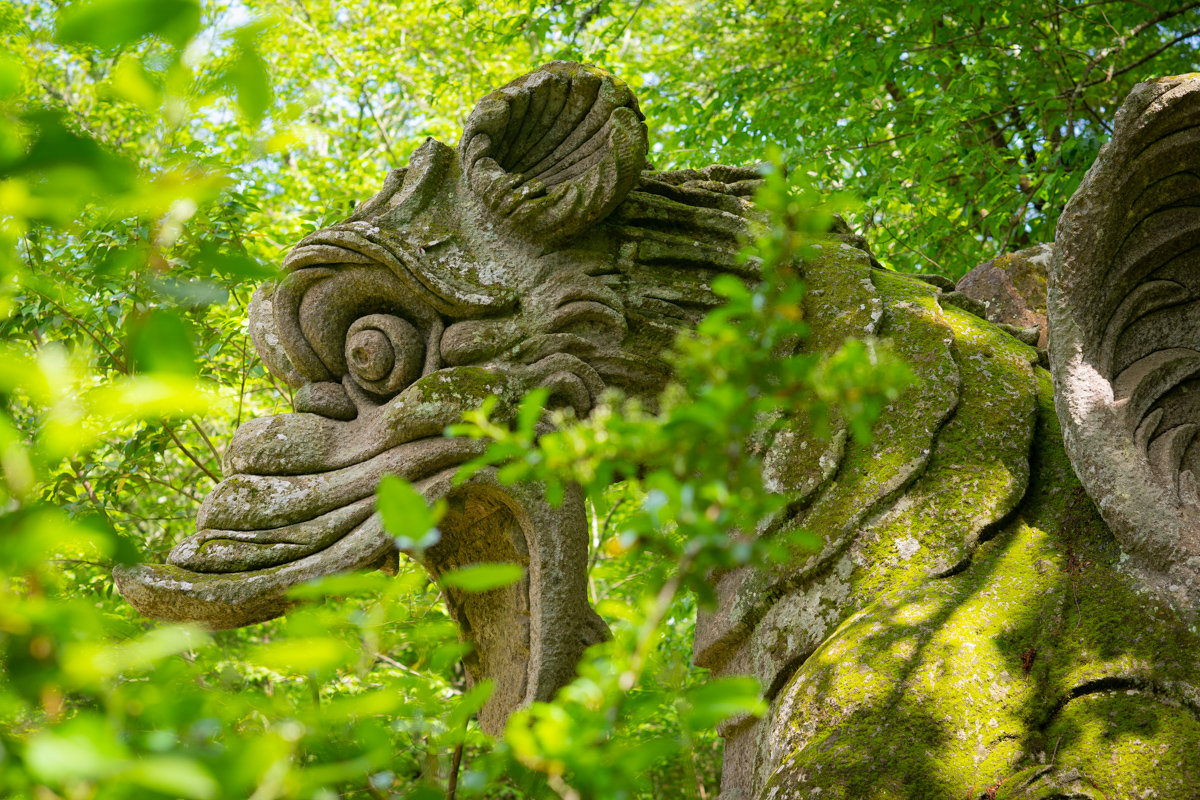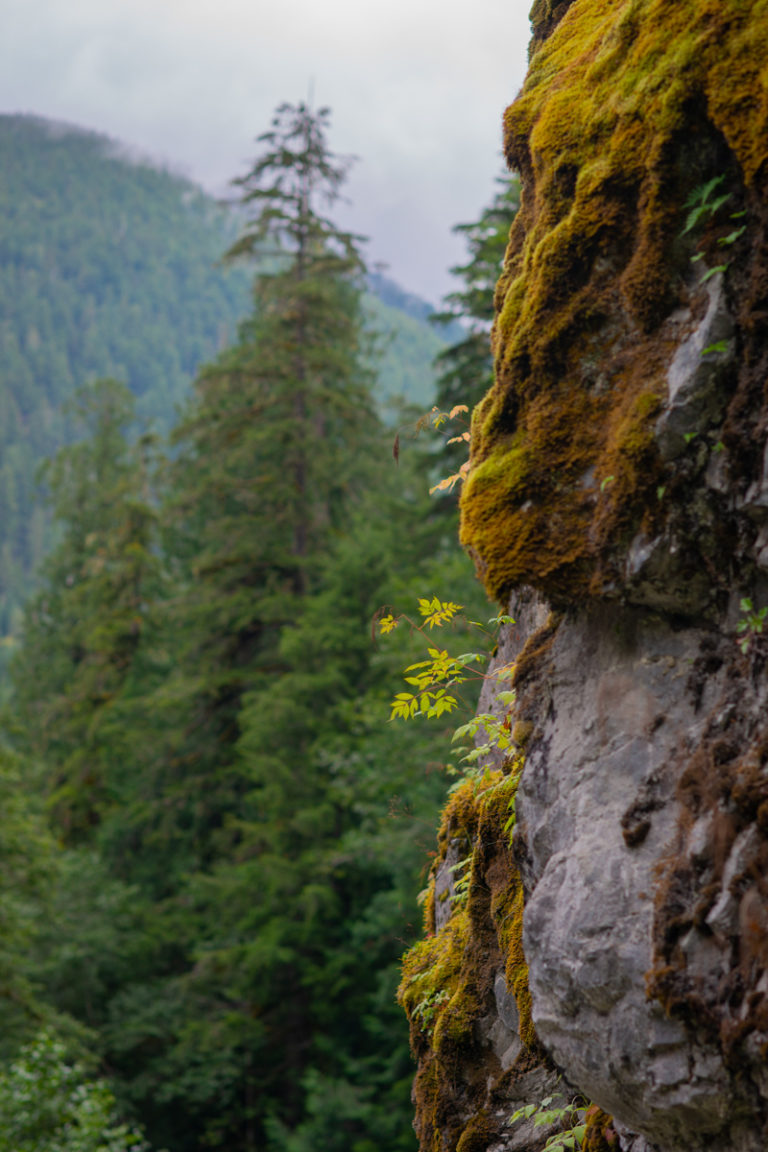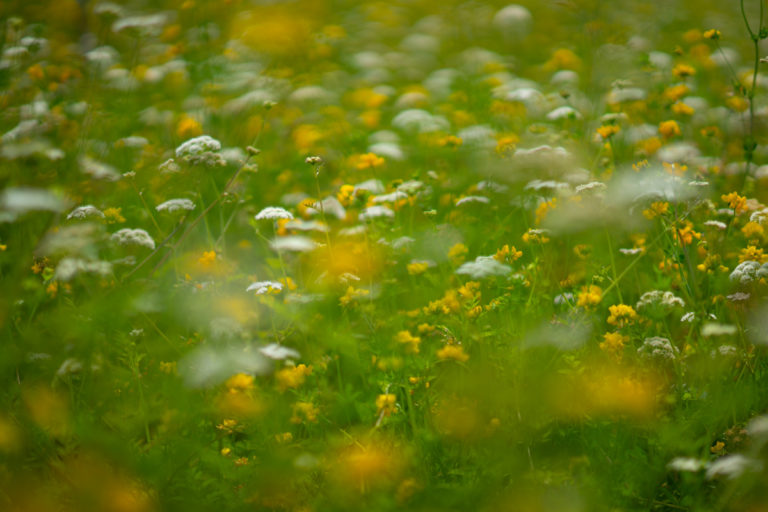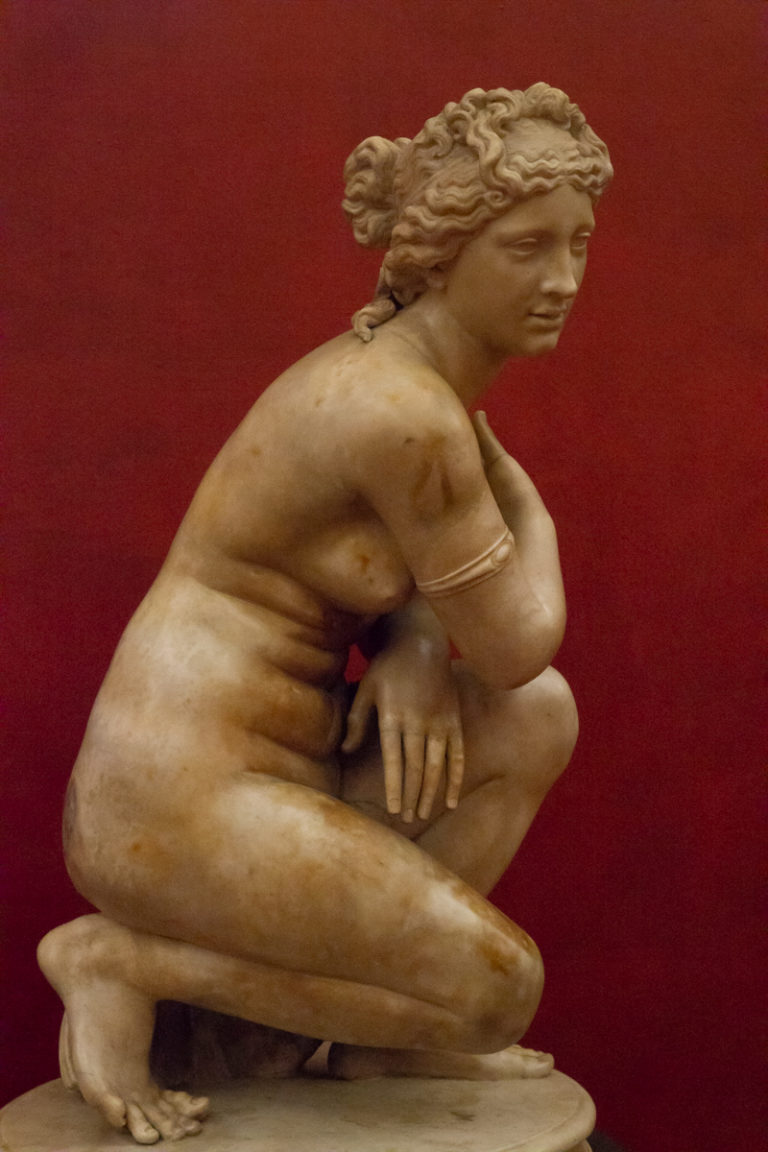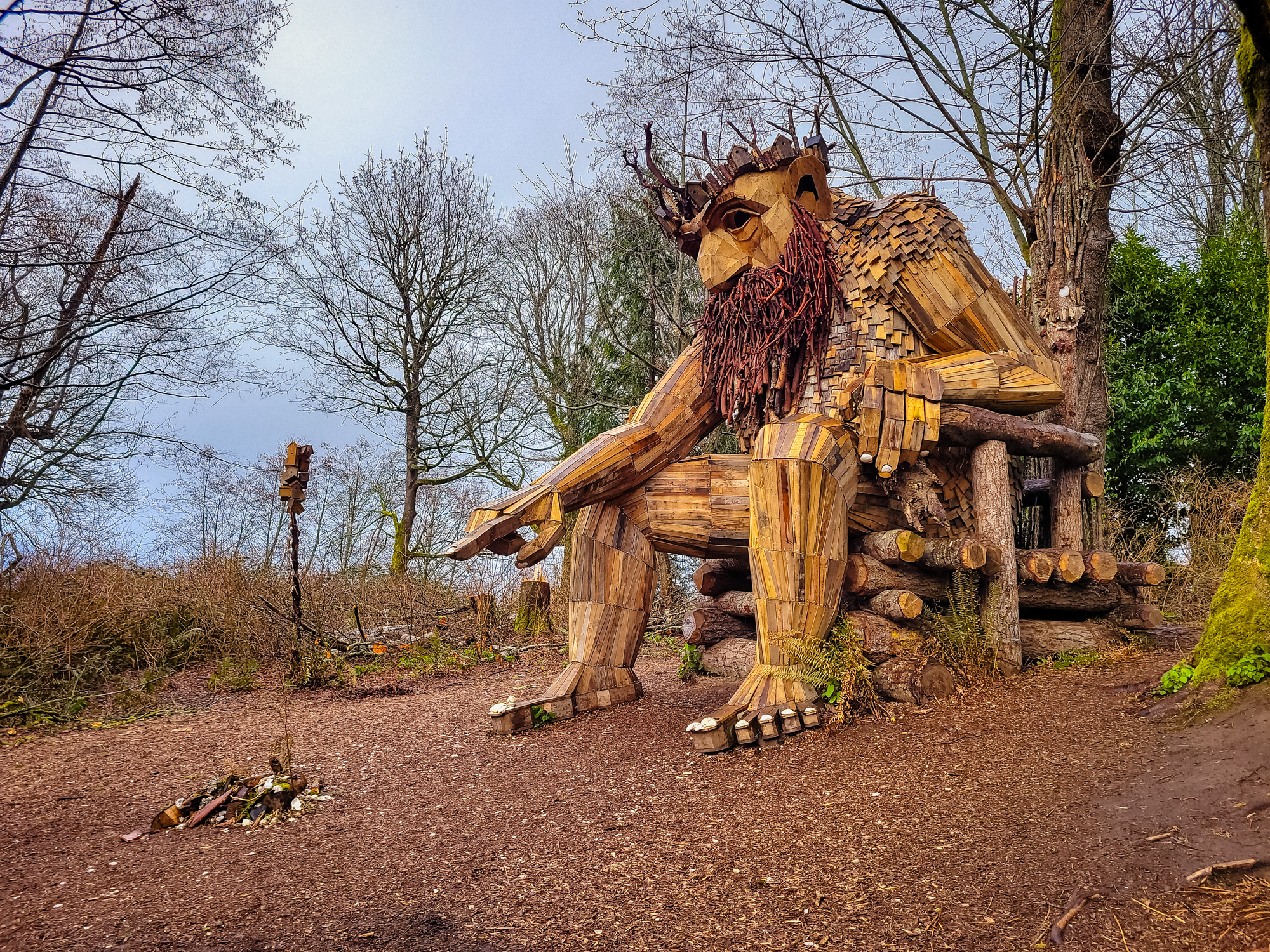{wandering} Orvieto & Tuscany, Italy, May 2018
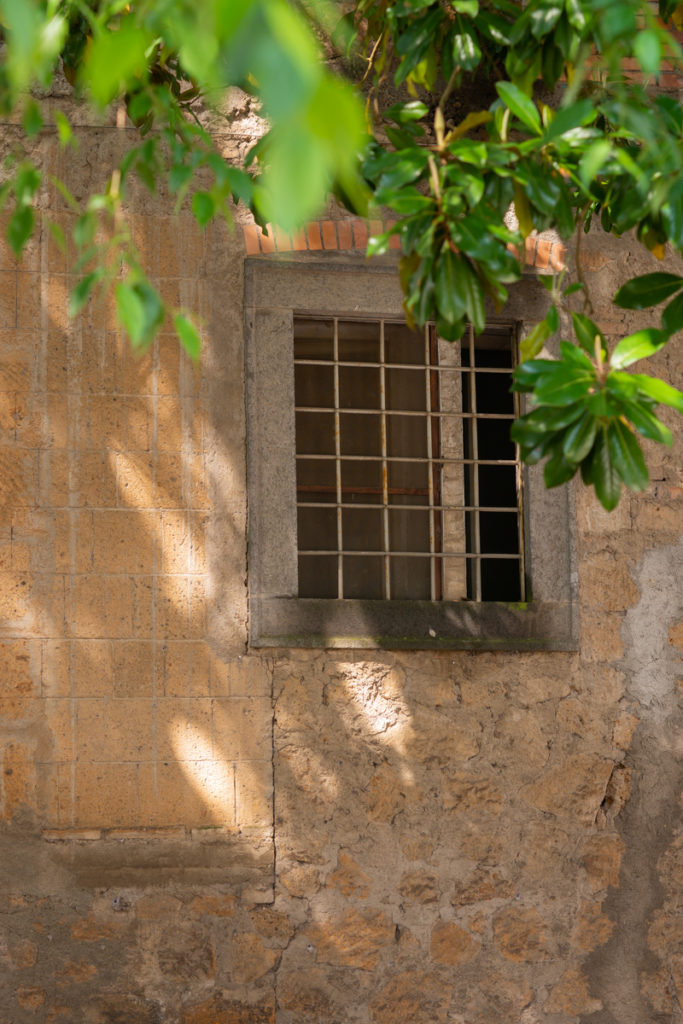
Scenes from Orvieto. 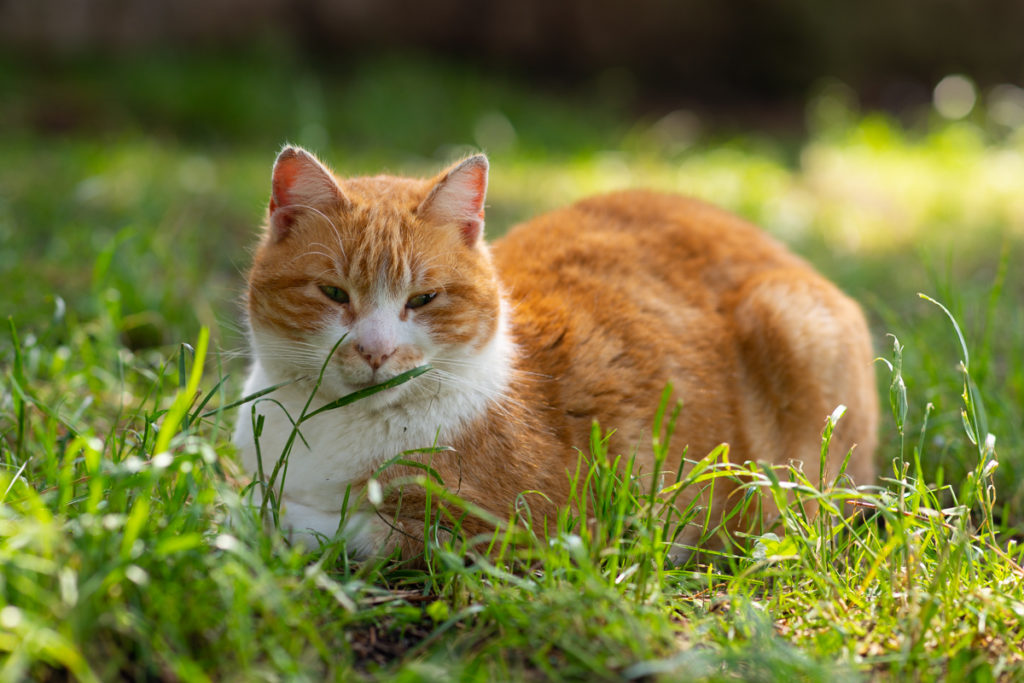
One of Orvieto’s laid-back village cats. 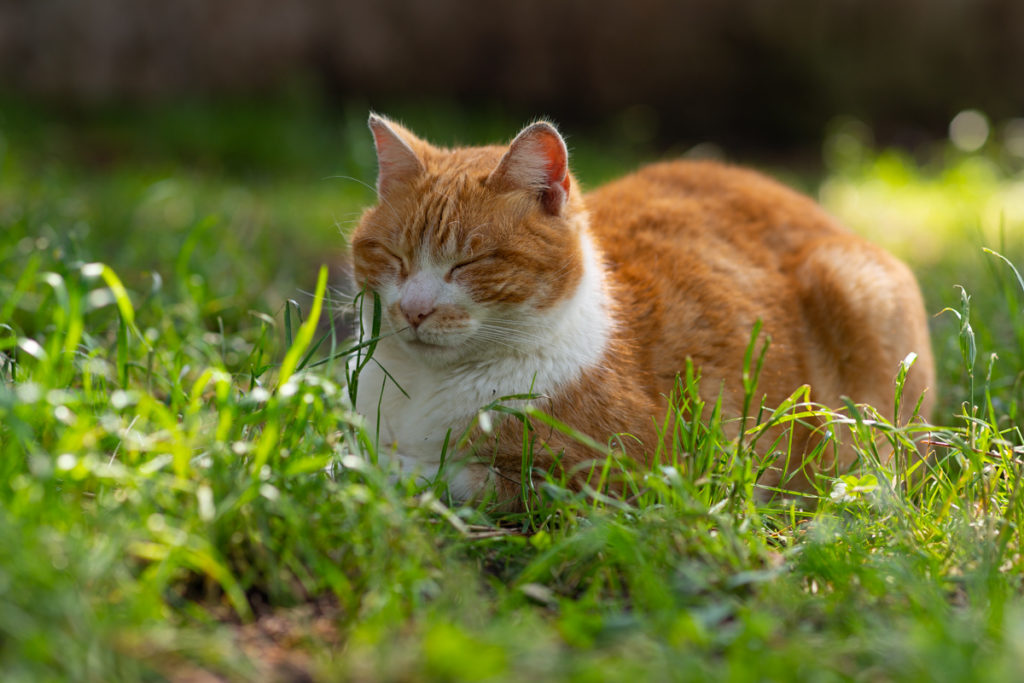
One of Orvieto’s laid-back village cats. 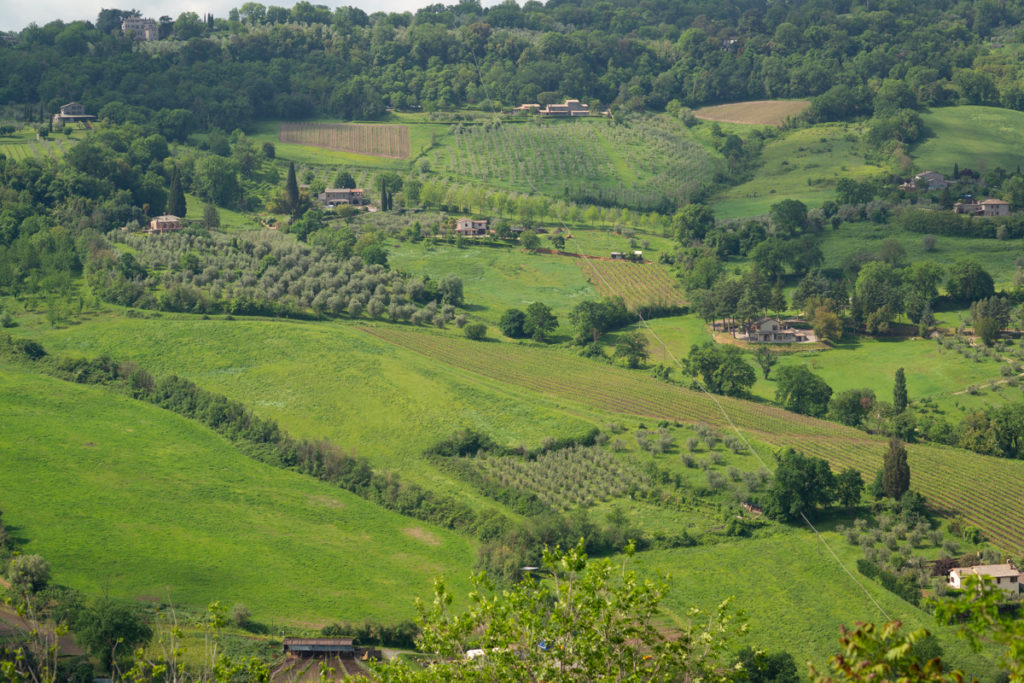
The view from Orvieto: a Tuscan hillside. 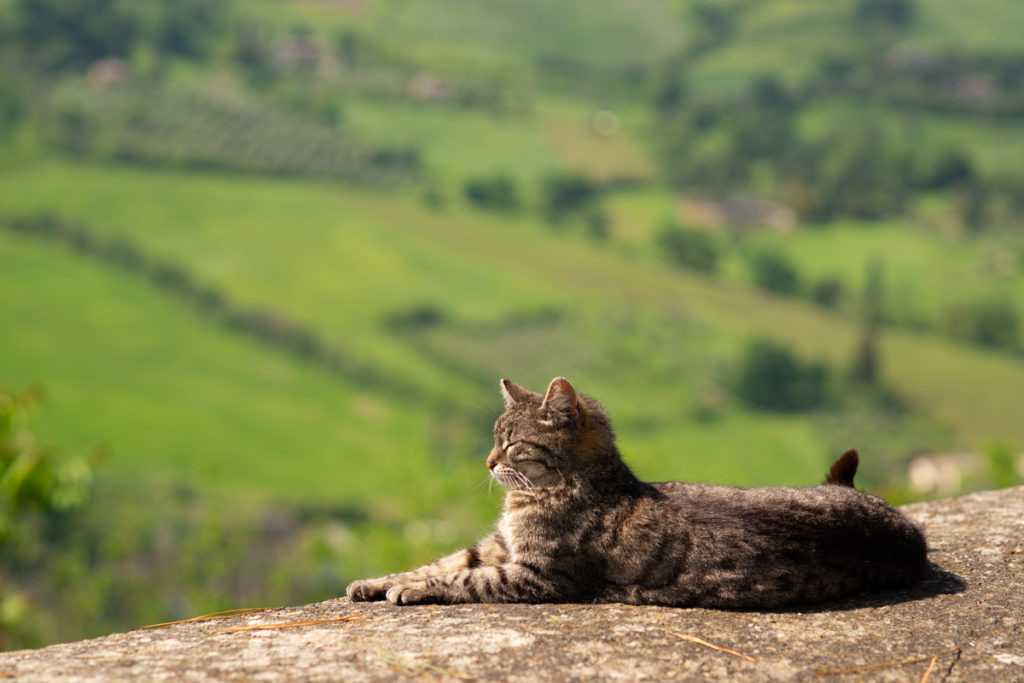
An Orvieto village cat sunning on a ledge in front of a spectacular view of a Tuscan hillside. 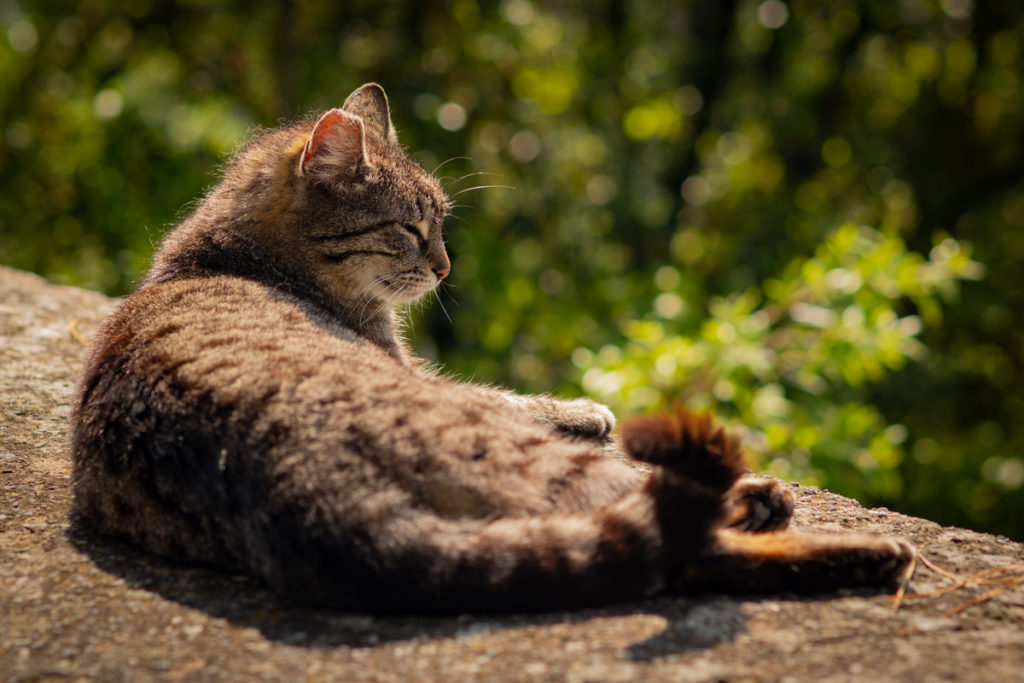
A laid-back Orvieto village cat sunning on a wall. 
Figs on a tree in Orvieto. 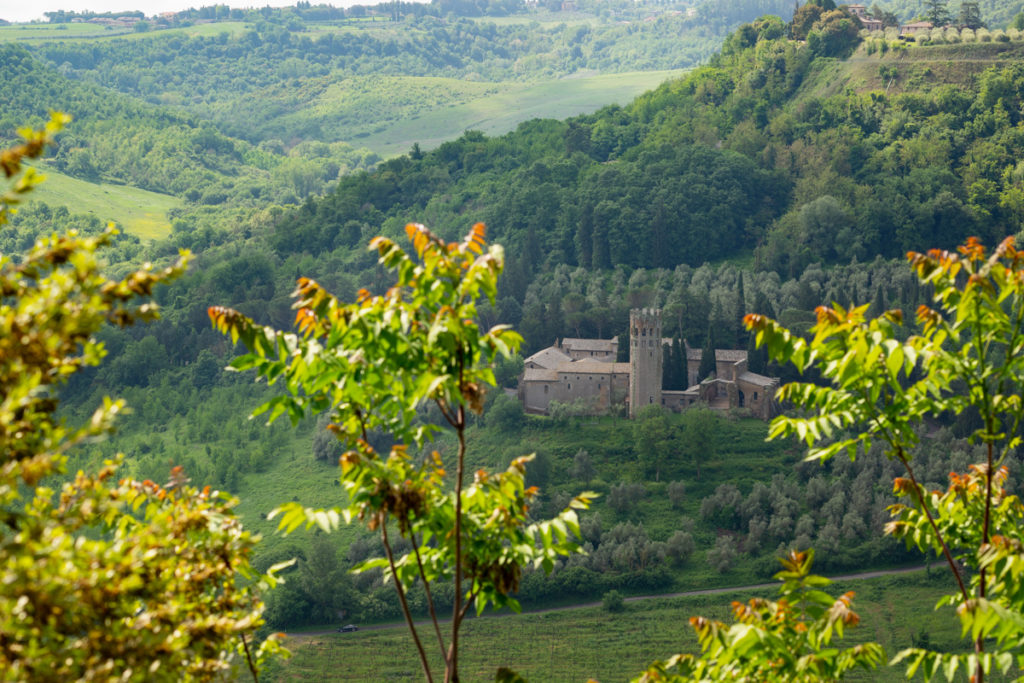
The view from Orvieto: a Tuscan hillside. 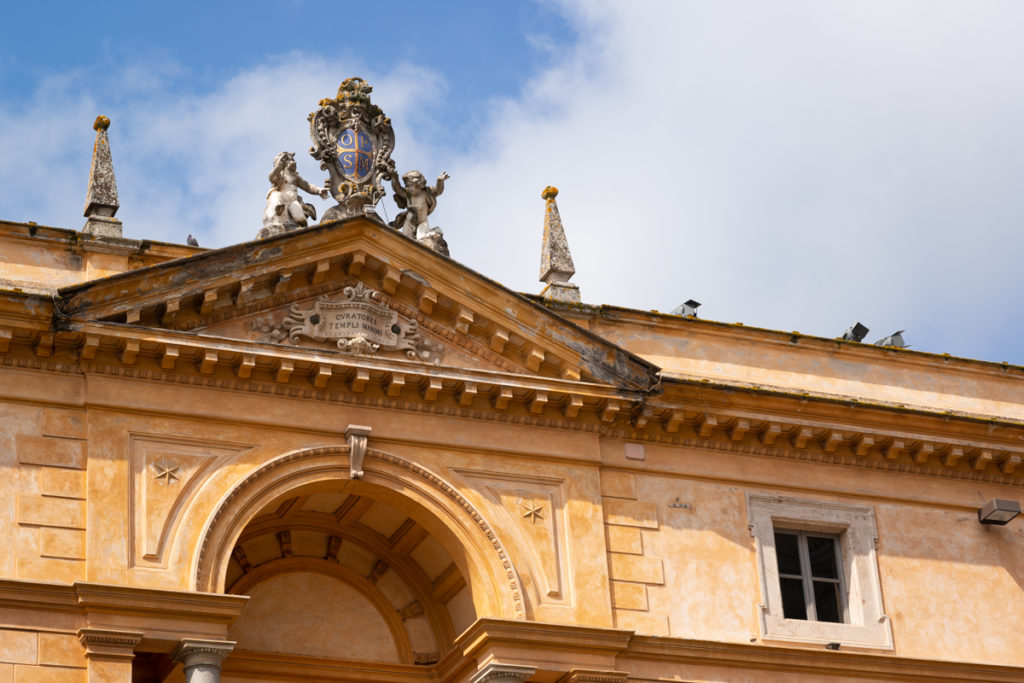
Scenes from Orvieto. 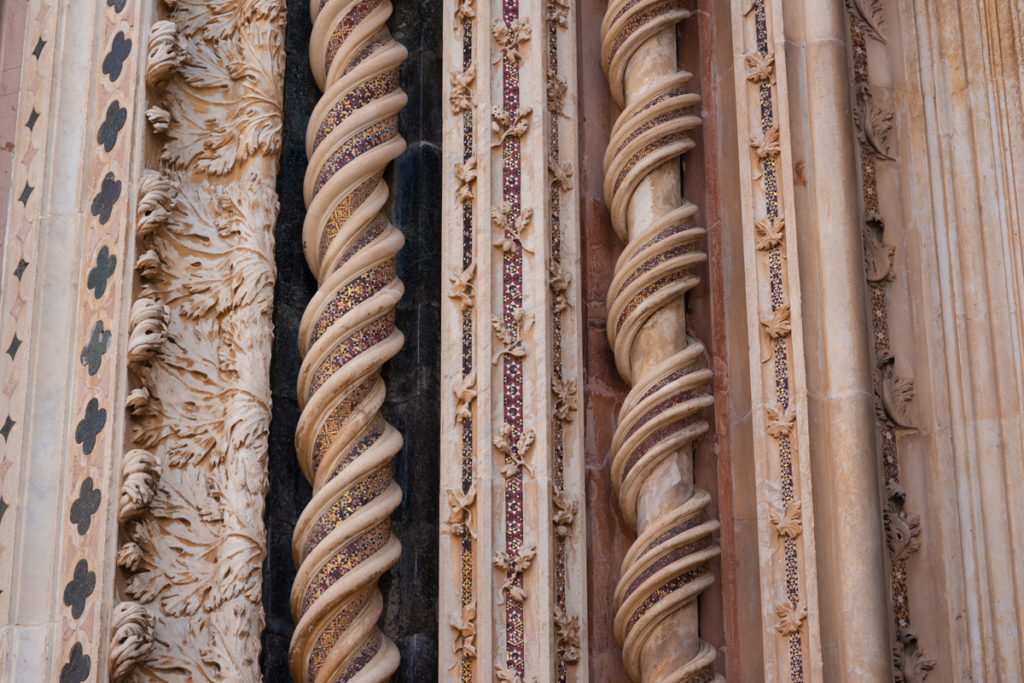
Lacy, intricate stone and mosaic work on the exterior of the Orvieto cathedral. 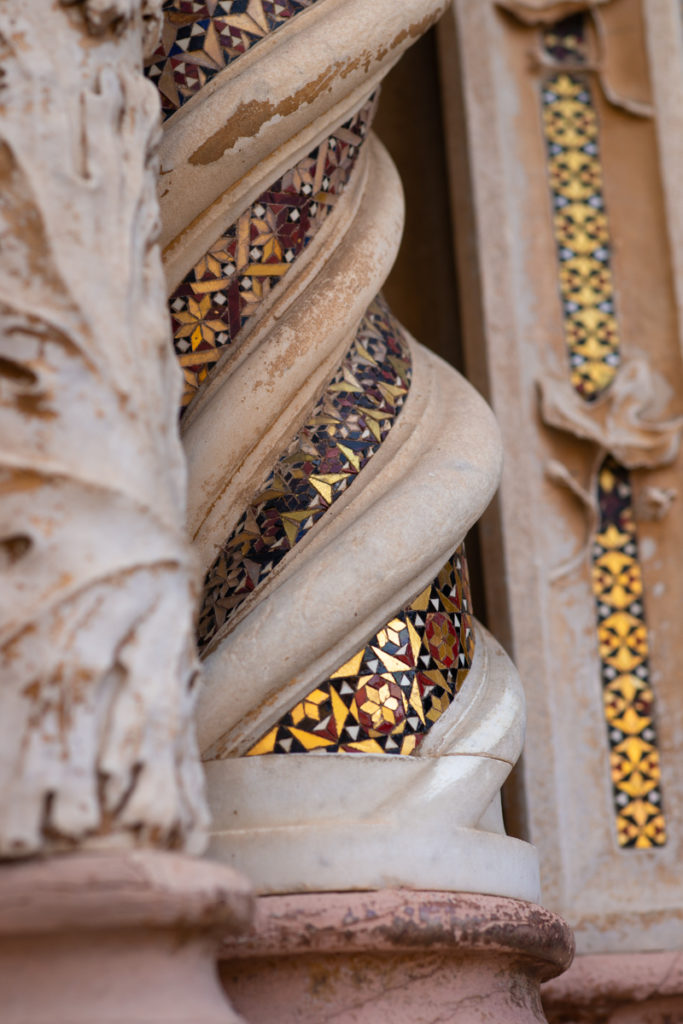
Lacy, intricate stone and mosaic work on the exterior of the Orvieto cathedral. 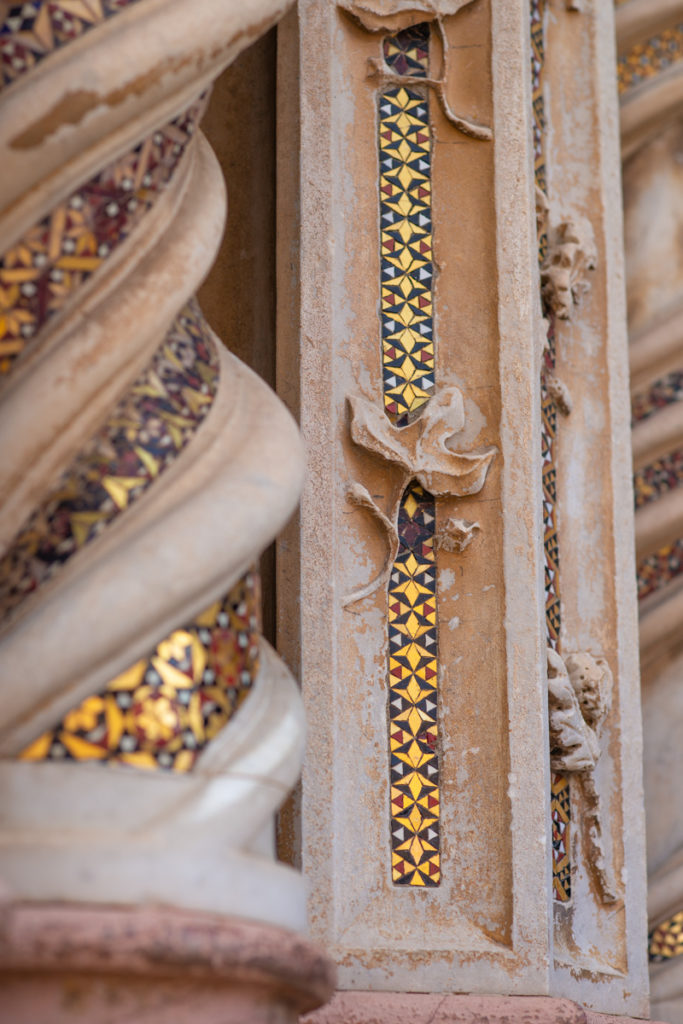
Lacy, intricate stone and mosaic work on the exterior of the Orvieto cathedral. 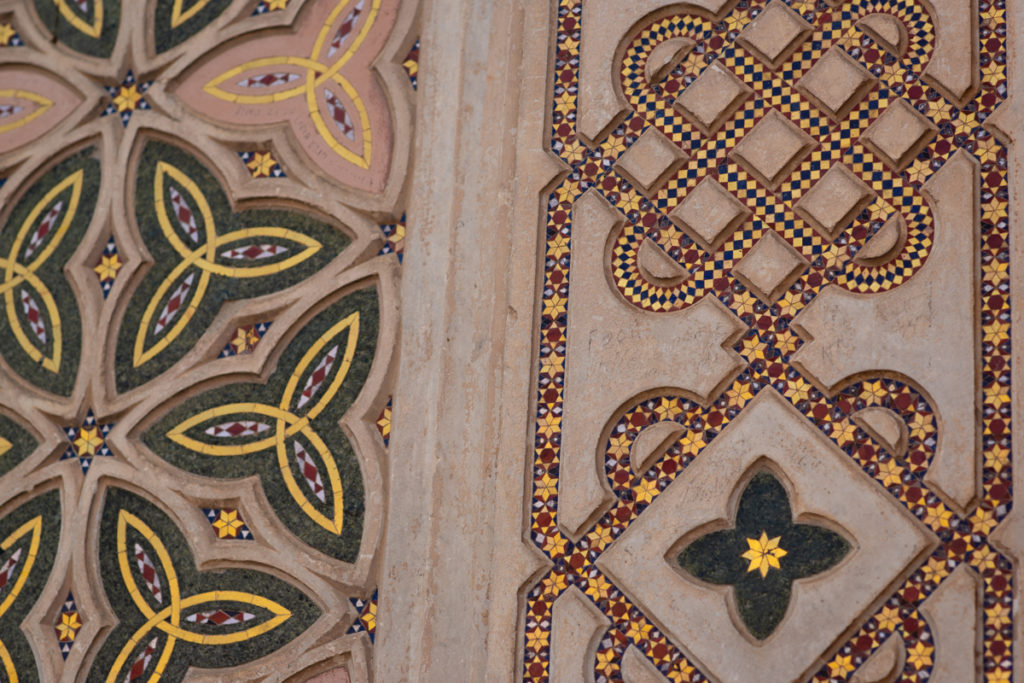
Lacy, intricate stone and mosaic work on the exterior of the Orvieto cathedral. 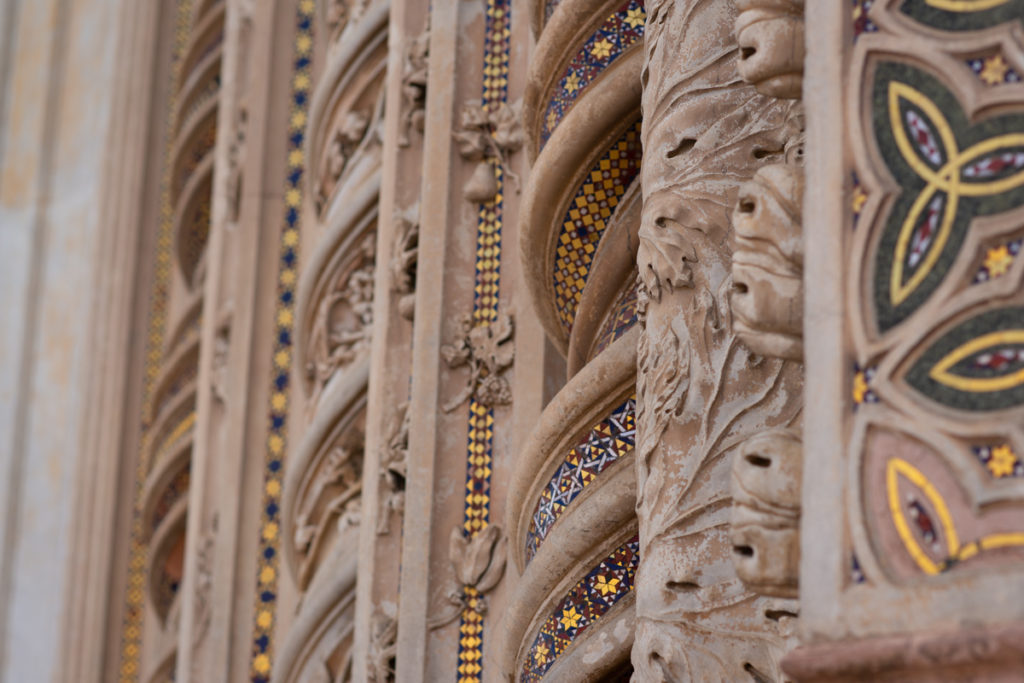
Lacy, intricate stone and mosaic work on the exterior of the Orvieto cathedral. 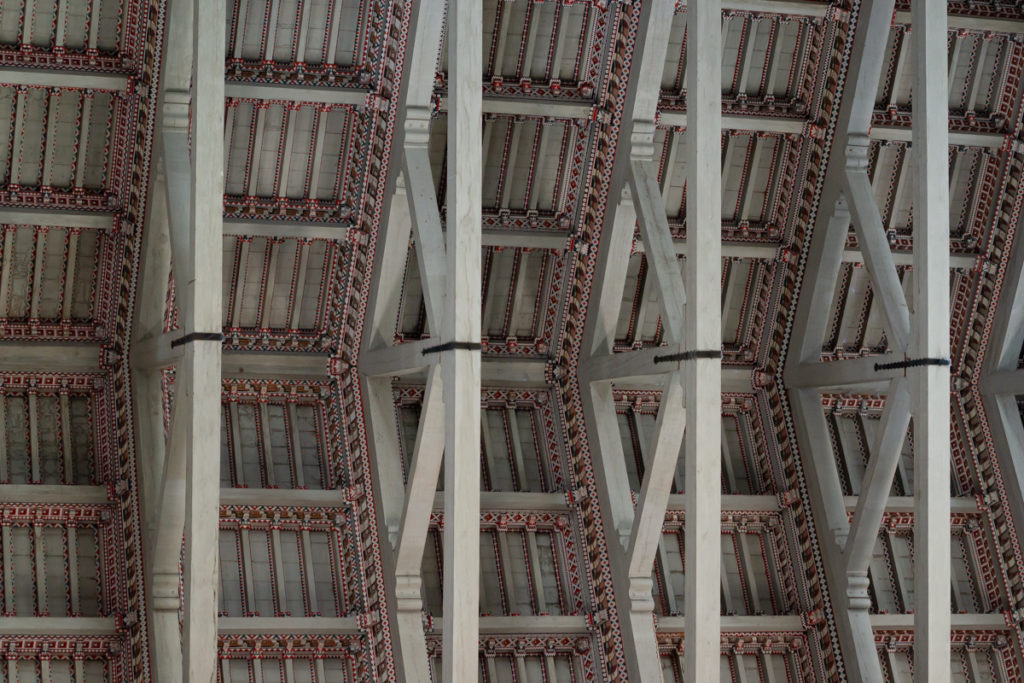
The rafters of the Orvieto cathedral. Way, way, WAY overhead. 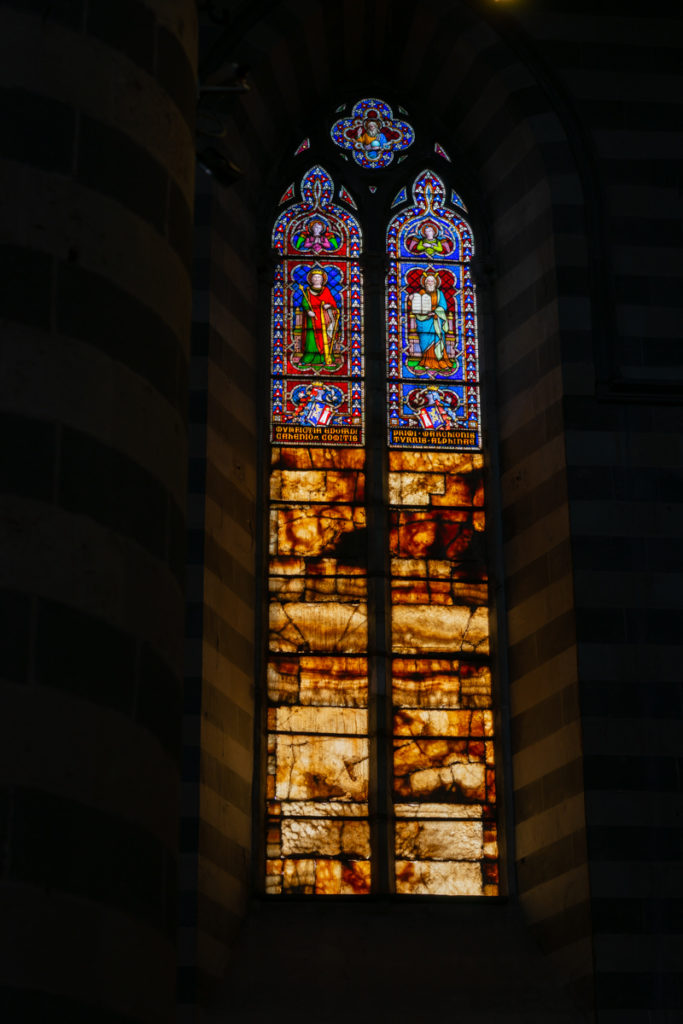
The first time I’ve ever seen natural stone — alabaster — used in cathedral windows. 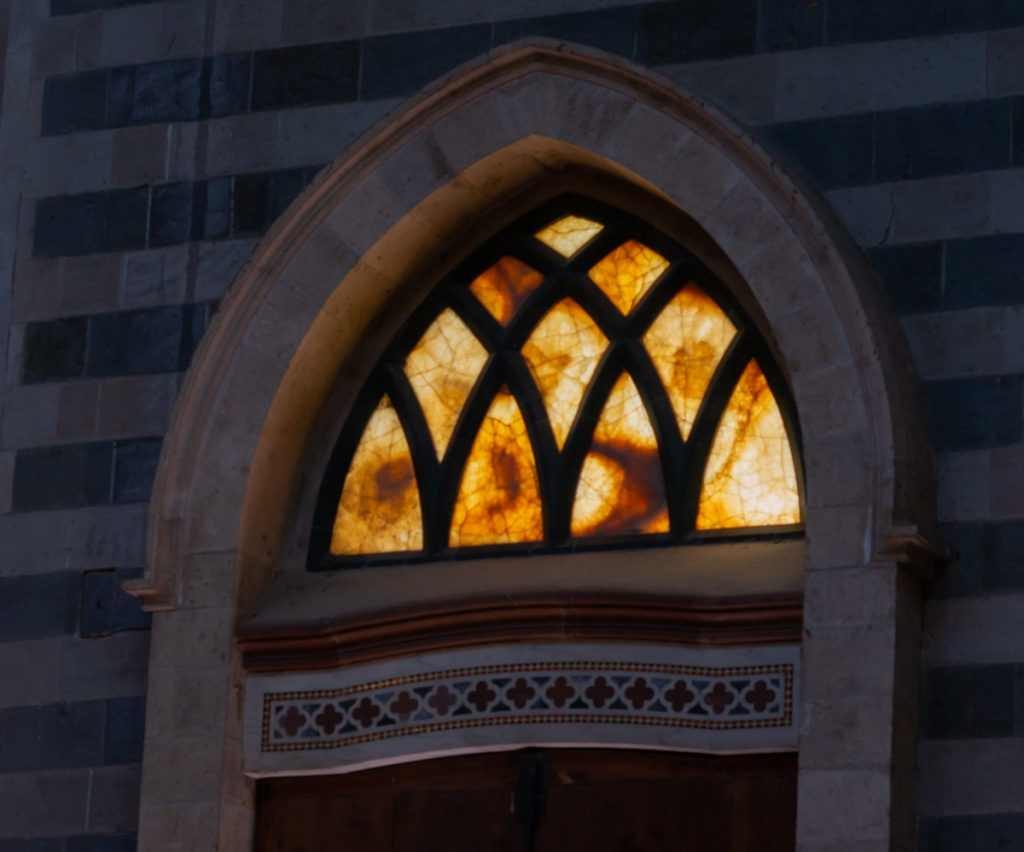
The first time I’ve ever seen natural stone — alabaster — used in cathedral windows. 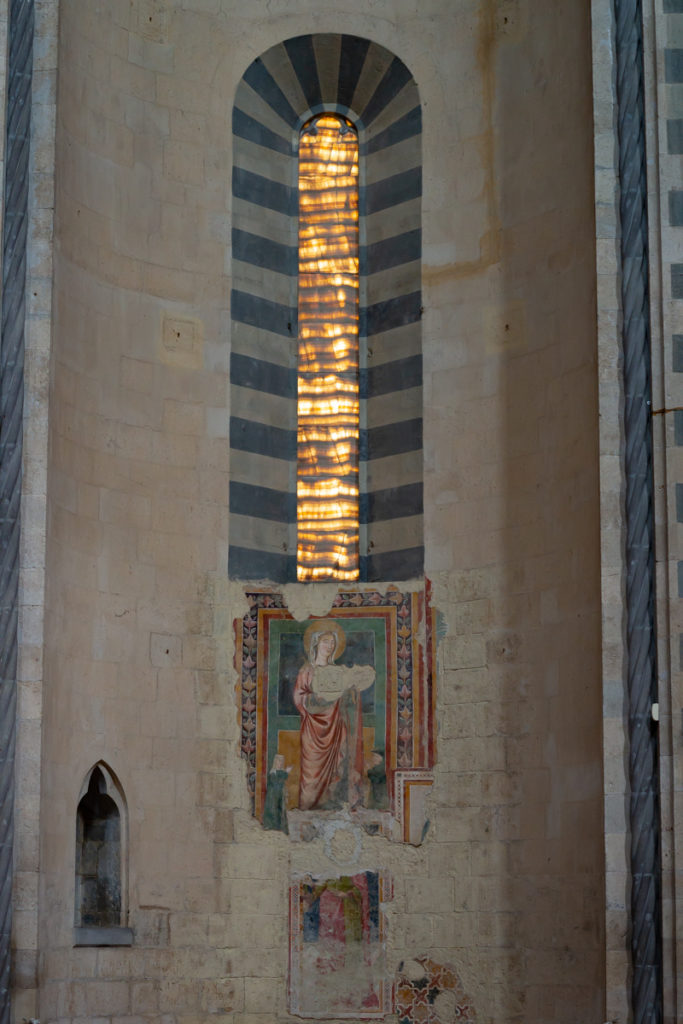
The first time I’ve ever seen natural stone — alabaster — used in cathedral windows. 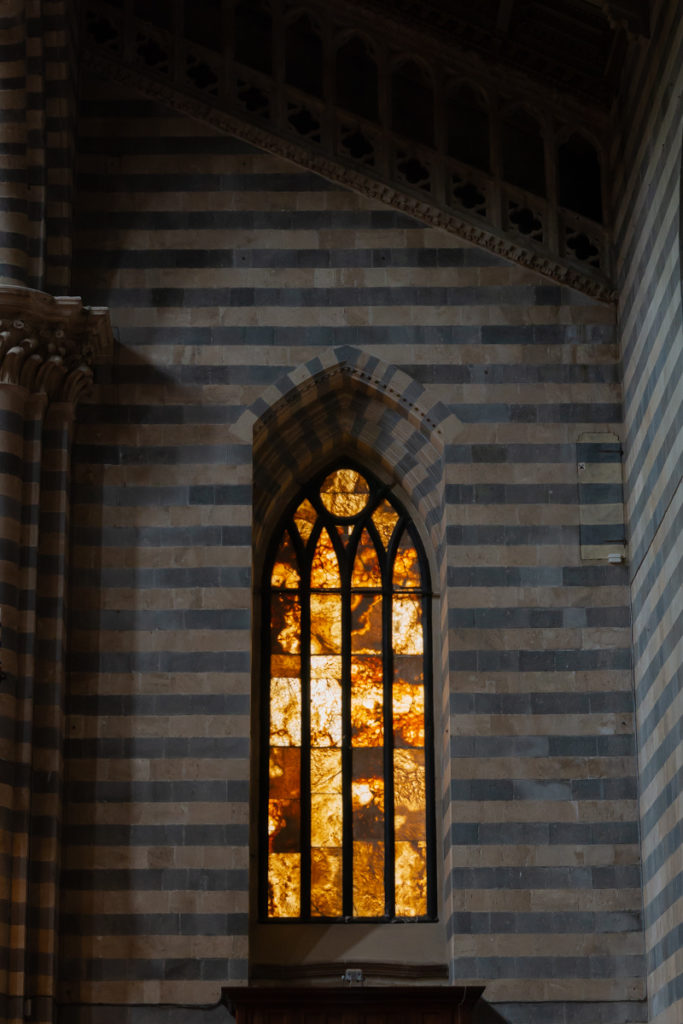
The first time I’ve ever seen natural stone — alabaster — used in cathedral windows. 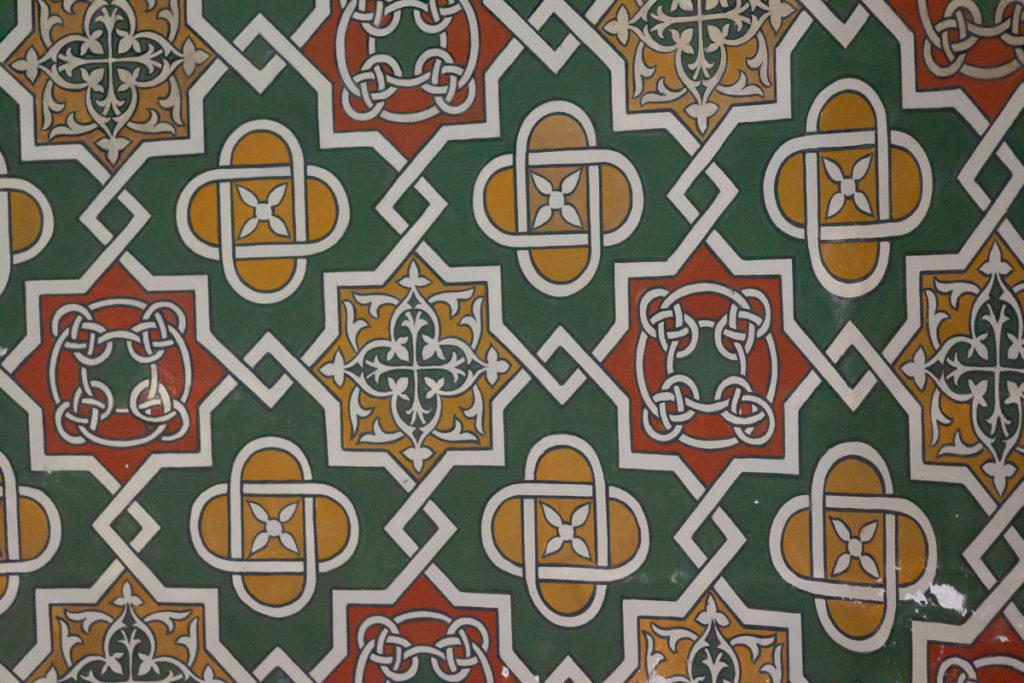
Beautiful mosaic work inside the Orvieto cathedral. 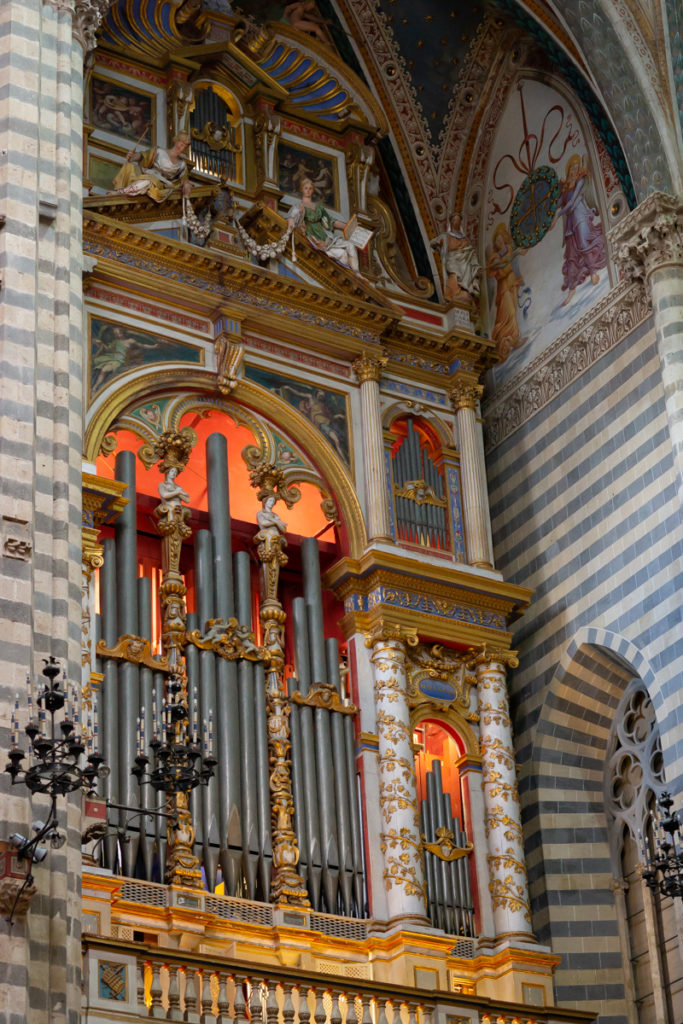
Scenes from the Orvieto cathedral. 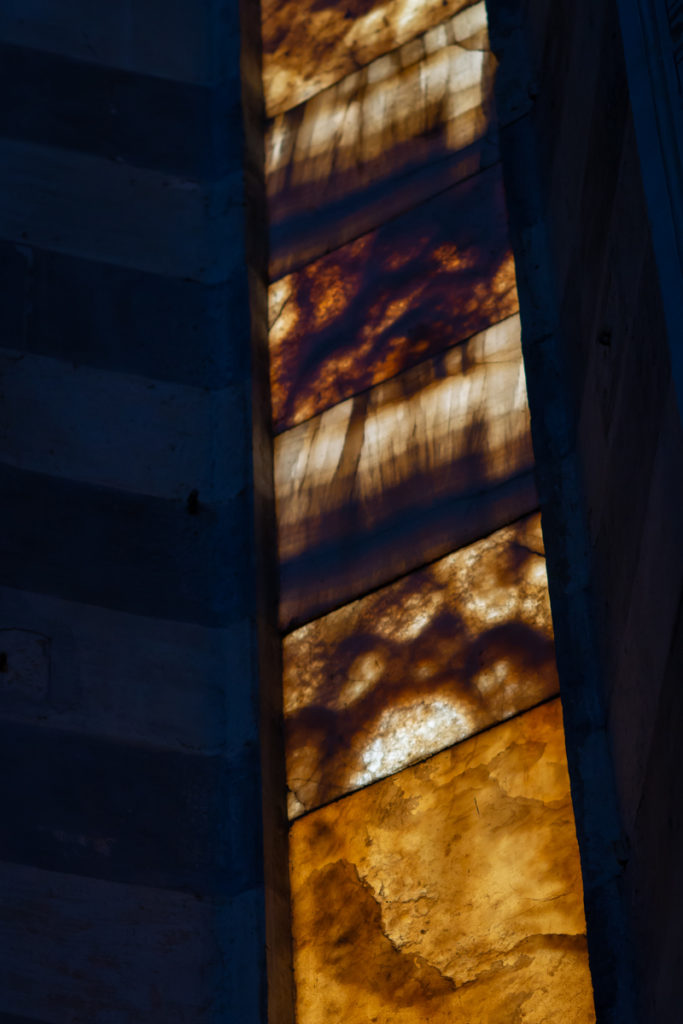
The first time I’ve ever seen natural stone — alabaster — used in cathedral windows. 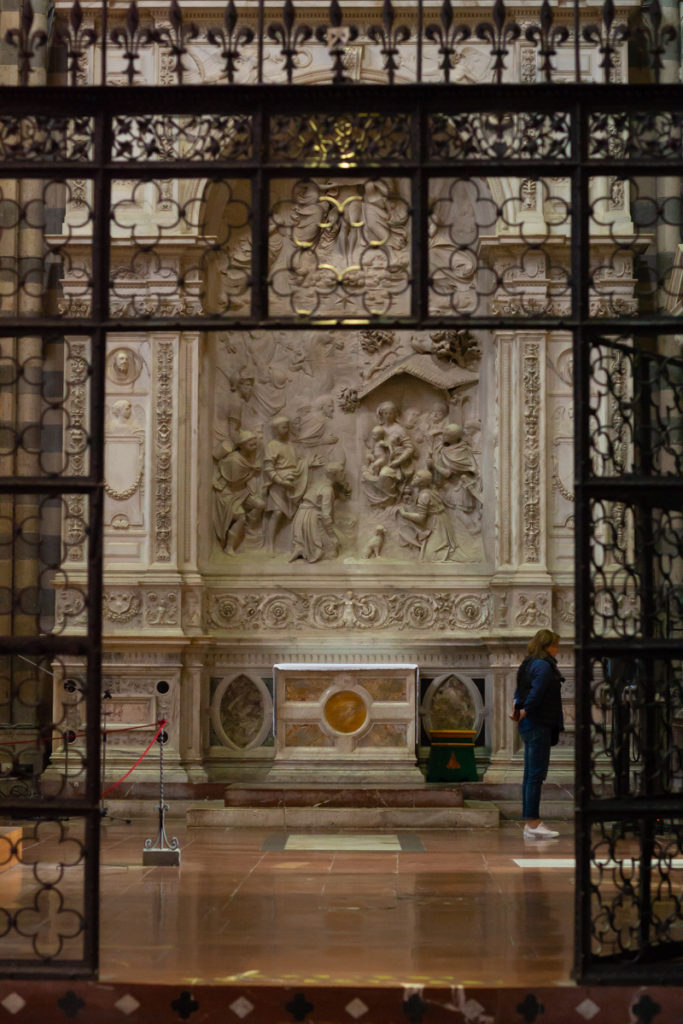
Scenes from the Orvieto cathedral. 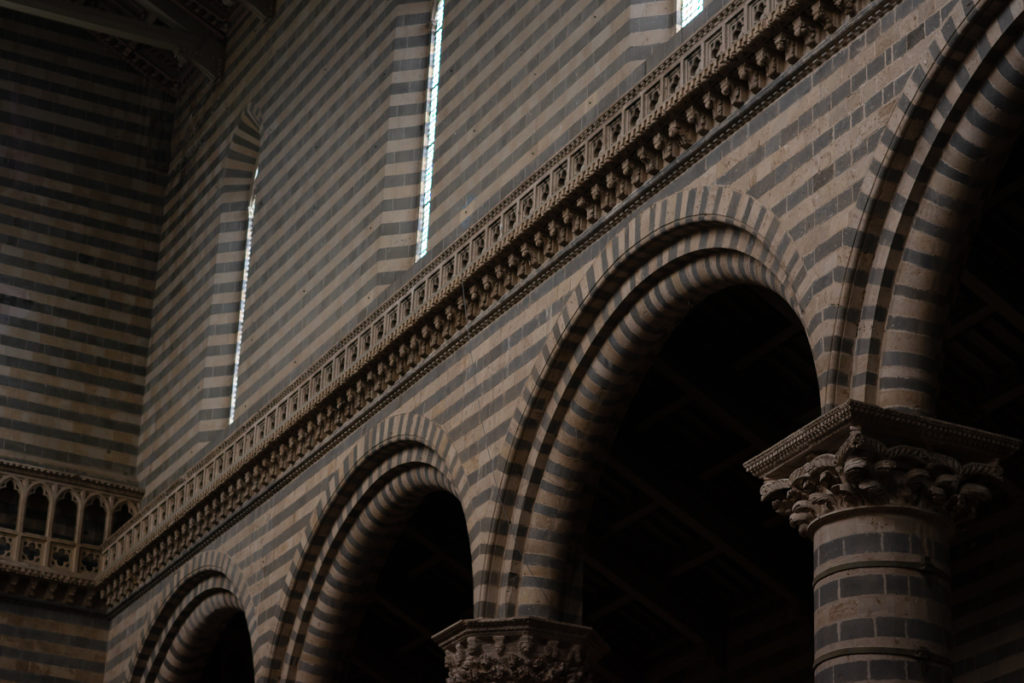
Scenes from the Orvieto cathedral. 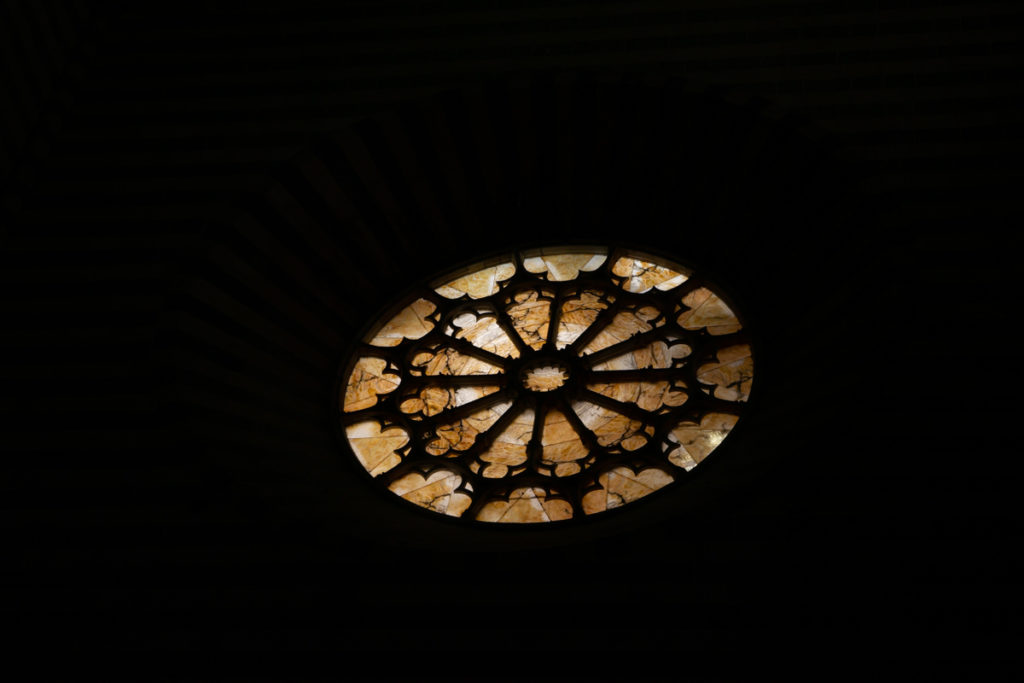
The first time I’ve ever seen natural stone — alabaster — used in cathedral windows. 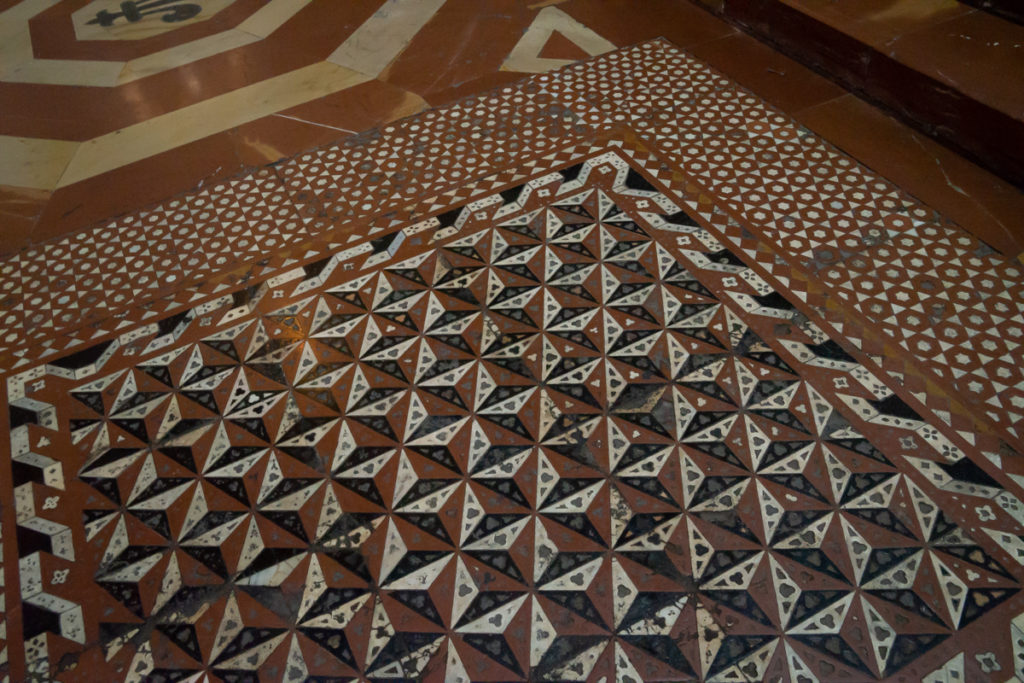
Scenes from the Orvieto cathedral. 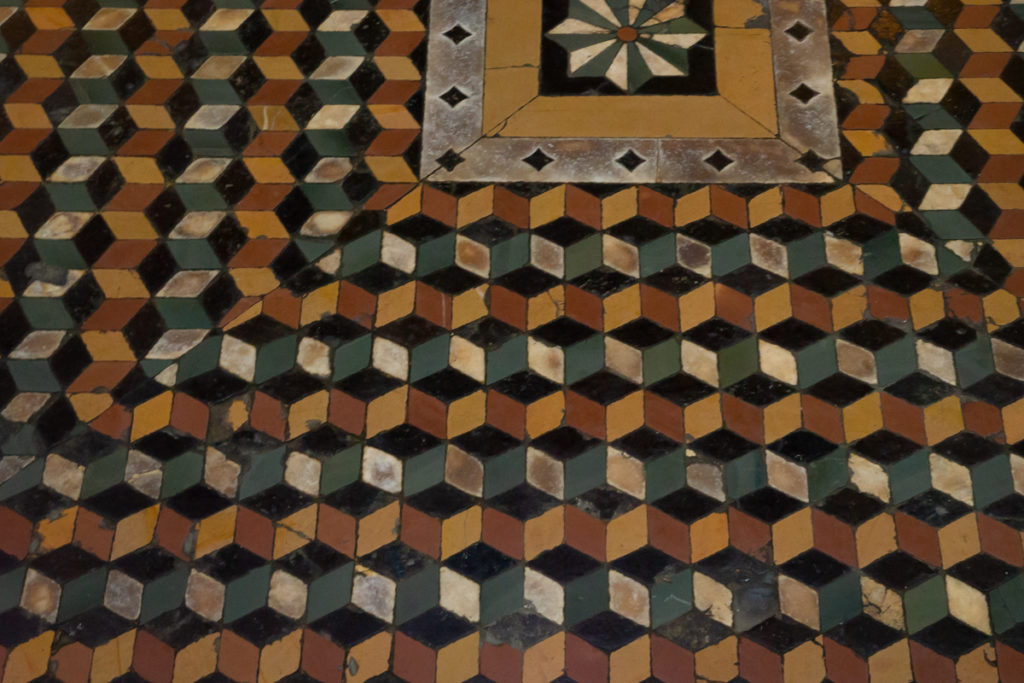
Scenes from the Orvieto cathedral. 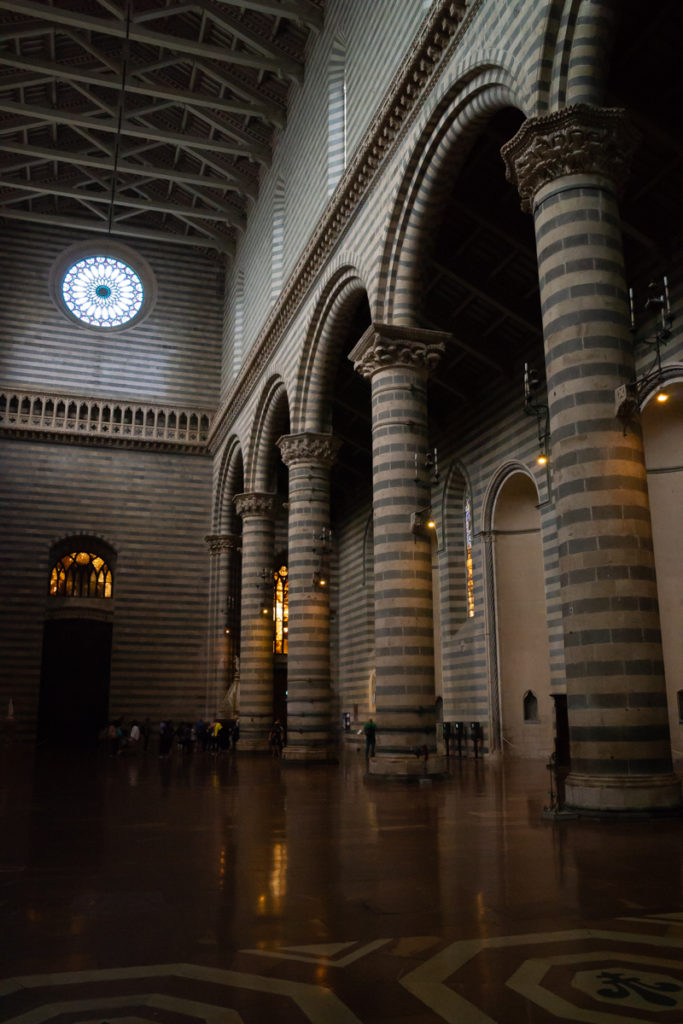
Scenes from the Orvieto cathedral. 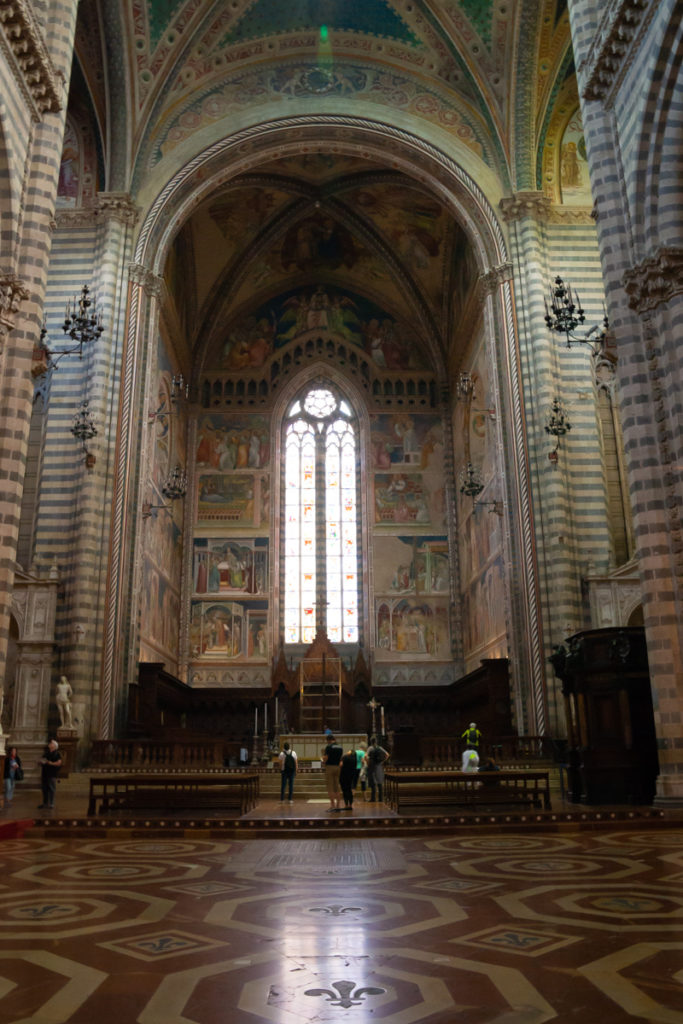
Scenes from the Orvieto cathedral. 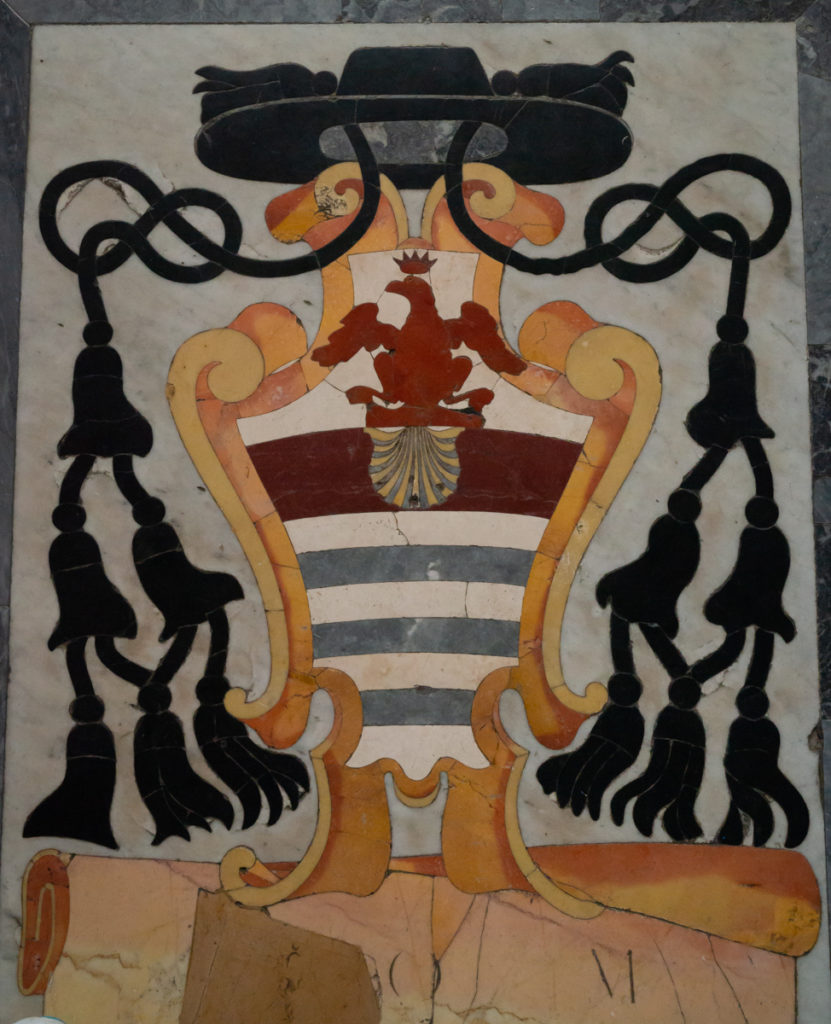
Scenes from the Orvieto cathedral. 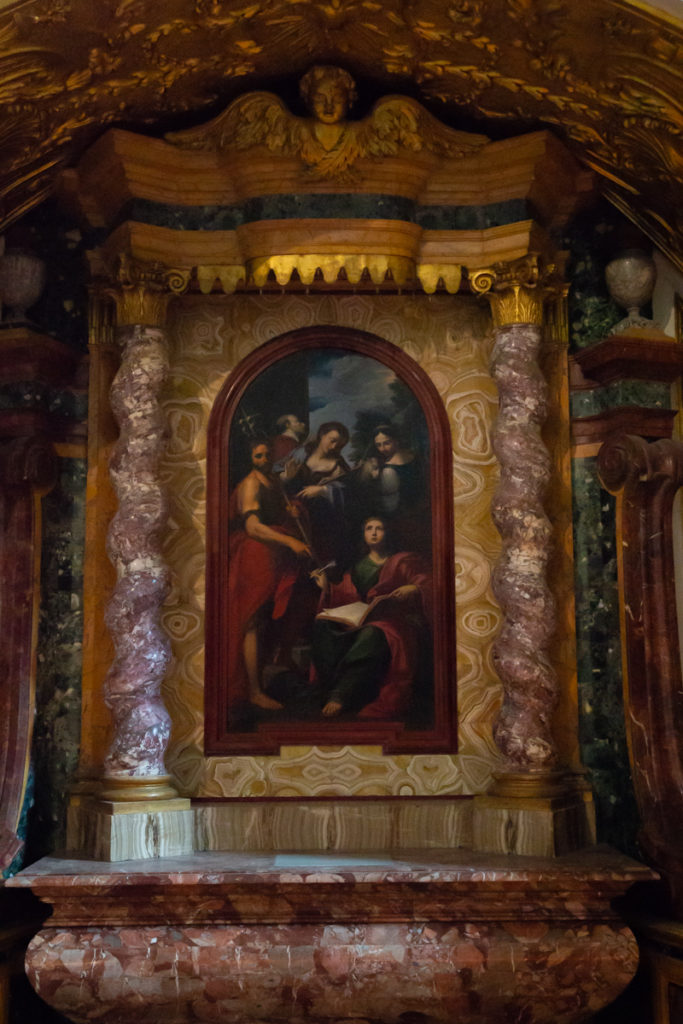
Scenes from the Orvieto cathedral. 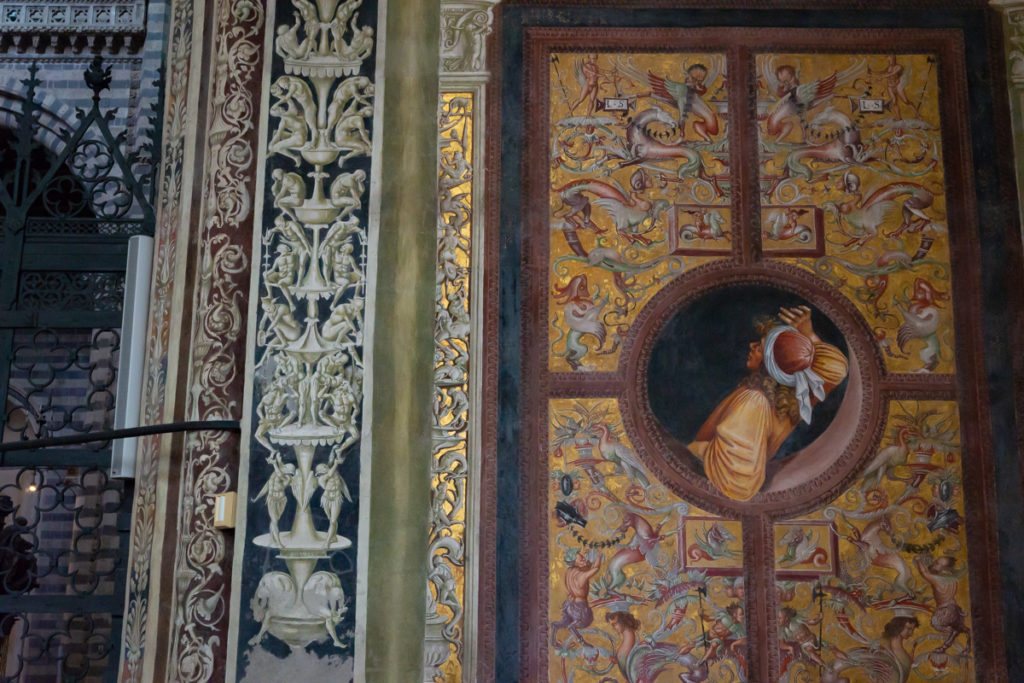
Scenes from the Orvieto cathedral. 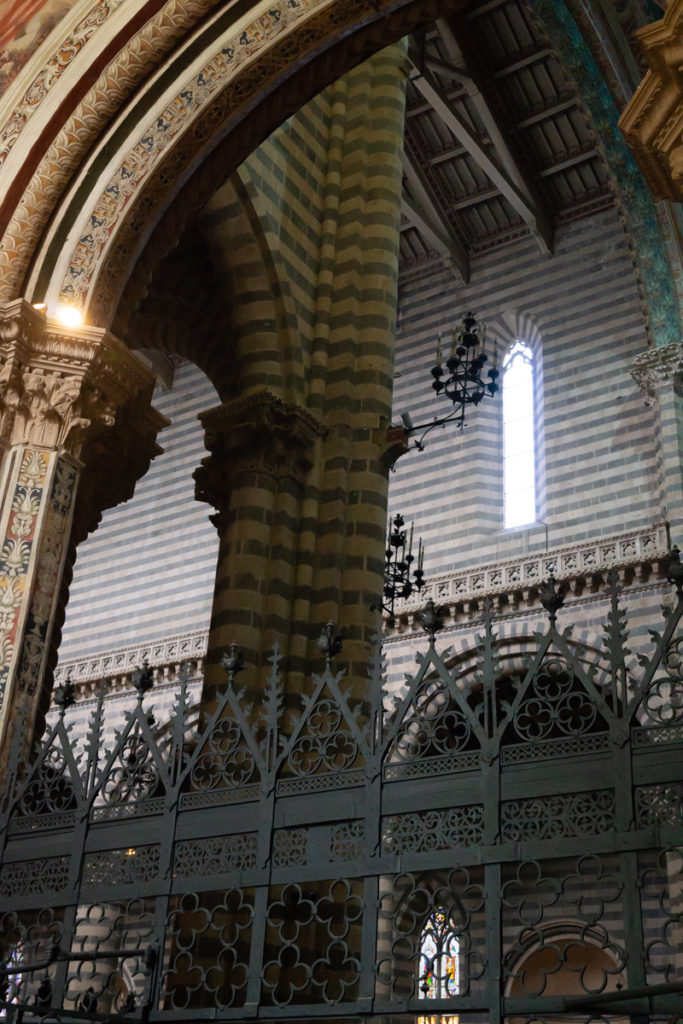
Scenes from the Orvieto cathedral. 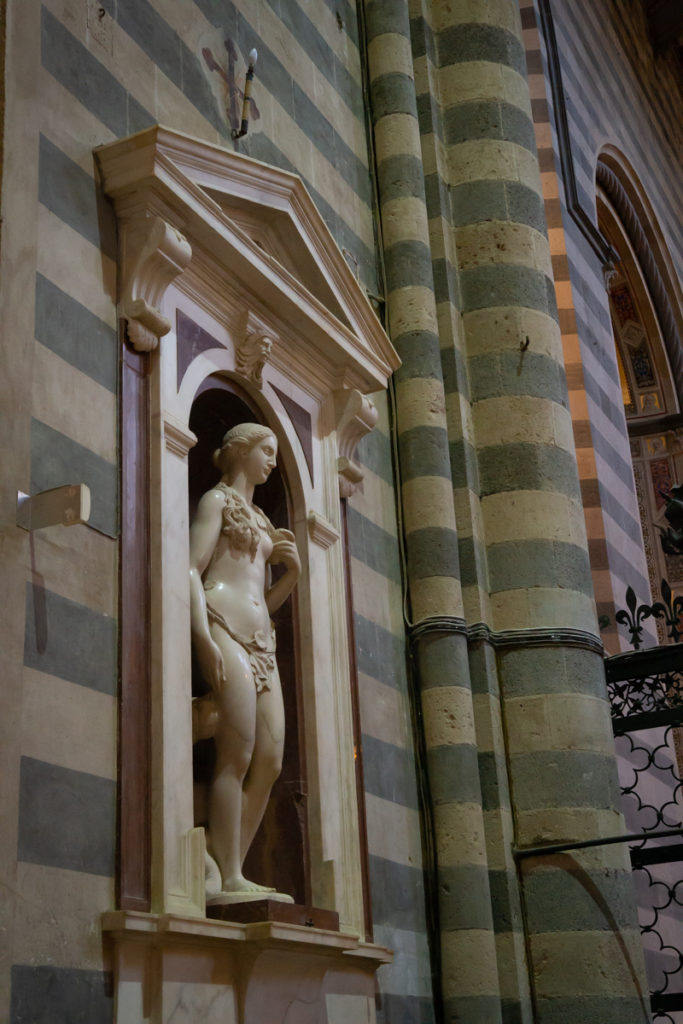
Scenes from the Orvieto cathedral. 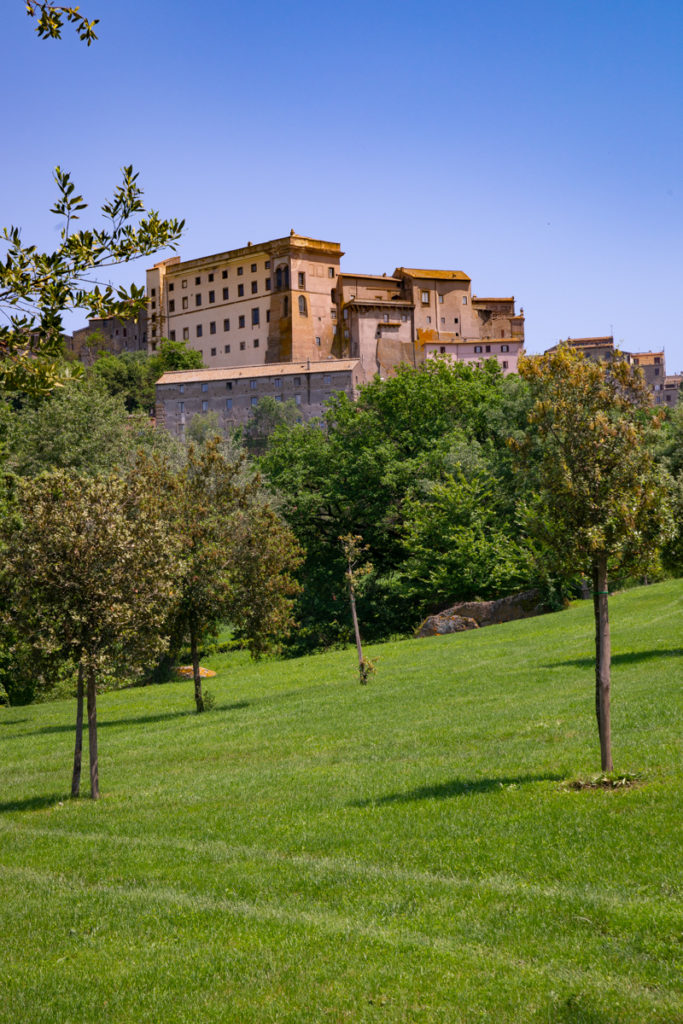
The medieval town of Bomarzo, set high on a hill for defense. 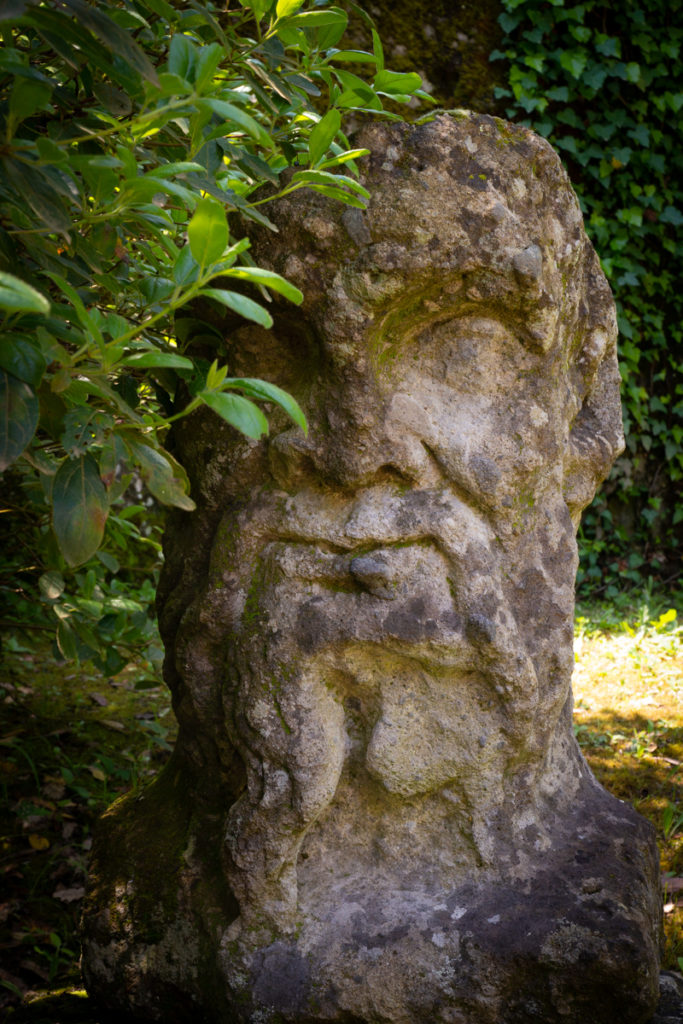
This place was out there in the best way. It’s a deliberate rejection of the formal, manicured noble gardens and estates of the time, and it’s survived long after many of those gardens disappeared. We suspected a lot of good wine was involved. More on the garden: The Park of the Monsters, or “Parco dei Mostri,” in the Garden of Bomarzo was not meant to be pretty. Commissioned in 1552 by Prince Pier Francesco Orsini, it was an expression of grief designed to shock. The Prince, also known as Vicino, had just been through a brutal war, had his friend killed, been held for ransom for years, and come home only to have his beloved wife die. Racked with grief, the Prince wanted to create a shocking “Villa of Wonders” and hired architect Pirro Ligorio to help him do so. Ligorio was a widely respected architect and artist and had previously completed the Cathedral of Saint Peter in Rome after the death of Michelangelo, as well as the Villa d’Este in Tivoli. This was to be an unusual, but interesting job for him. The park is filed with bizarre and fascinating sculptures for which only the accompanying inscriptions provide any explanation. (Thanks, Atlas Obscura!) During the 19th century, and deep into the 20th, the garden became overgrown and neglected, but after the Spanish painter Salvador Dalí made a short movie about the park, and completed a painting actually based on the park in the 1950s, the Bettini family implemented a restoration program which lasted throughout the 1970s, and today the garden, which remains private property, is a major tourist attraction. (Thanks, Wikipedia!) 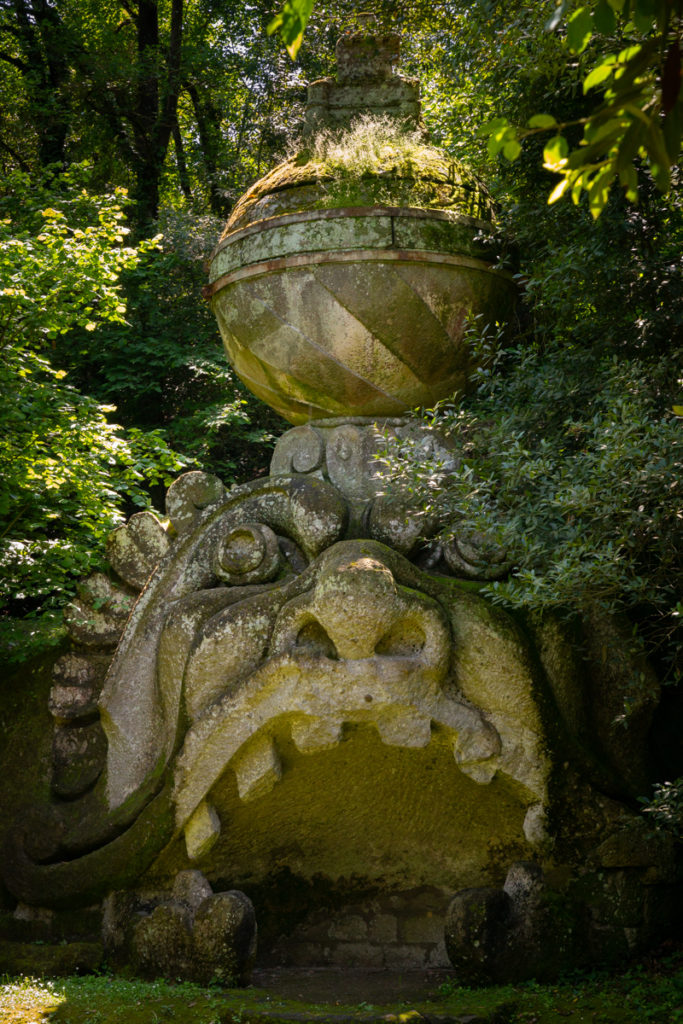
This place was out there in the best way. It’s a deliberate rejection of the formal, manicured noble gardens and estates of the time, and it’s survived long after many of those gardens disappeared. We suspected a lot of good wine was involved. More on the garden: The Park of the Monsters, or “Parco dei Mostri,” in the Garden of Bomarzo was not meant to be pretty. Commissioned in 1552 by Prince Pier Francesco Orsini, it was an expression of grief designed to shock. The Prince, also known as Vicino, had just been through a brutal war, had his friend killed, been held for ransom for years, and come home only to have his beloved wife die. Racked with grief, the Prince wanted to create a shocking “Villa of Wonders” and hired architect Pirro Ligorio to help him do so. Ligorio was a widely respected architect and artist and had previously completed the Cathedral of Saint Peter in Rome after the death of Michelangelo, as well as the Villa d’Este in Tivoli. This was to be an unusual, but interesting job for him. The park is filed with bizarre and fascinating sculptures for which only the accompanying inscriptions provide any explanation. (Thanks, Atlas Obscura!) During the 19th century, and deep into the 20th, the garden became overgrown and neglected, but after the Spanish painter Salvador Dalí made a short movie about the park, and completed a painting actually based on the park in the 1950s, the Bettini family implemented a restoration program which lasted throughout the 1970s, and today the garden, which remains private property, is a major tourist attraction. (Thanks, Wikipedia!) 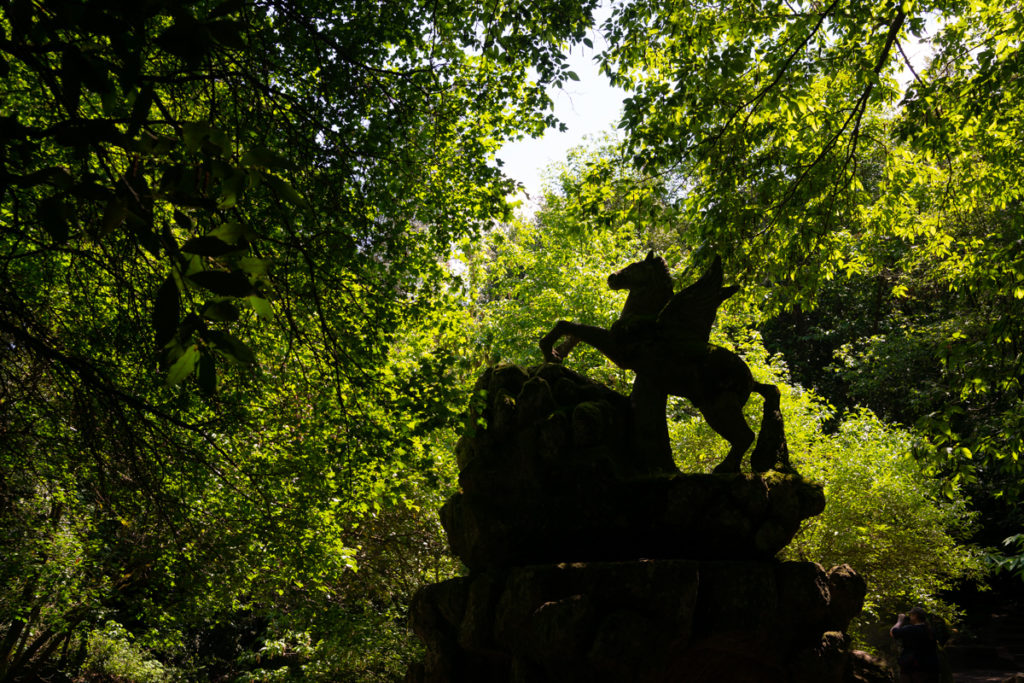
A fountain featuring a statue of Pegasus. More on the garden: The Park of the Monsters, or “Parco dei Mostri,” in the Garden of Bomarzo was not meant to be pretty. Commissioned in 1552 by Prince Pier Francesco Orsini, it was an expression of grief designed to shock. The Prince, also known as Vicino, had just been through a brutal war, had his friend killed, been held for ransom for years, and come home only to have his beloved wife die. Racked with grief, the Prince wanted to create a shocking “Villa of Wonders” and hired architect Pirro Ligorio to help him do so. Ligorio was a widely respected architect and artist and had previously completed the Cathedral of Saint Peter in Rome after the death of Michelangelo, as well as the Villa d’Este in Tivoli. This was to be an unusual, but interesting job for him. The park is filed with bizarre and fascinating sculptures for which only the accompanying inscriptions provide any explanation. (Thanks, Atlas Obscura!) During the 19th century, and deep into the 20th, the garden became overgrown and neglected, but after the Spanish painter Salvador Dalí made a short movie about the park, and completed a painting actually based on the park in the 1950s, the Bettini family implemented a restoration program which lasted throughout the 1970s, and today the garden, which remains private property, is a major tourist attraction. (Thanks, Wikipedia!) 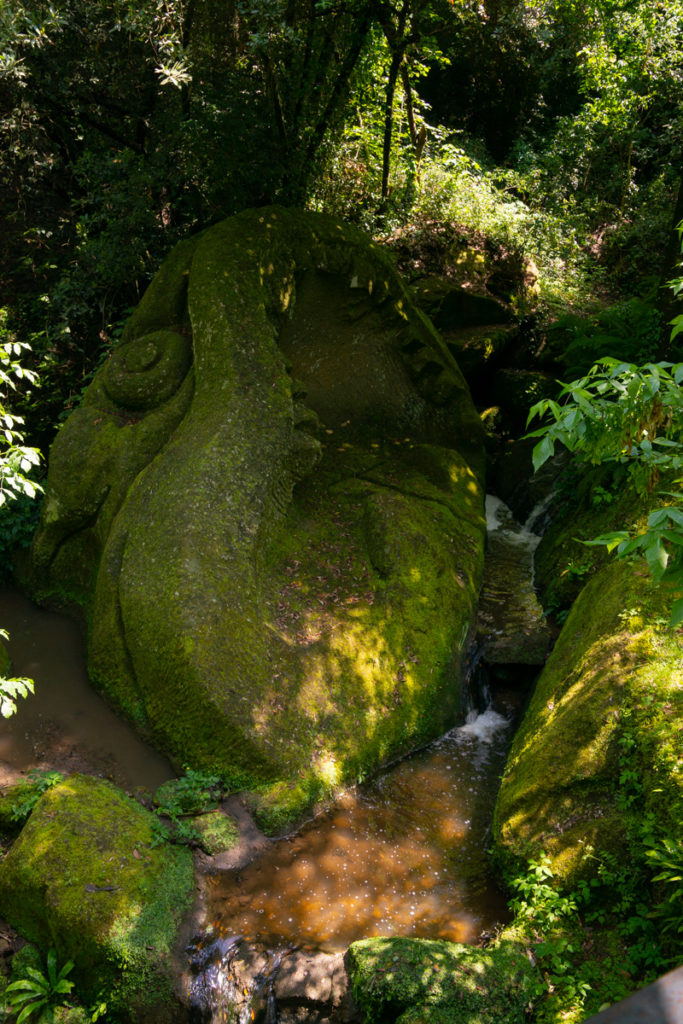
A giant fish carved into bedrock next to a stream. More on the garden: The Park of the Monsters, or “Parco dei Mostri,” in the Garden of Bomarzo was not meant to be pretty. Commissioned in 1552 by Prince Pier Francesco Orsini, it was an expression of grief designed to shock. The Prince, also known as Vicino, had just been through a brutal war, had his friend killed, been held for ransom for years, and come home only to have his beloved wife die. Racked with grief, the Prince wanted to create a shocking “Villa of Wonders” and hired architect Pirro Ligorio to help him do so. Ligorio was a widely respected architect and artist and had previously completed the Cathedral of Saint Peter in Rome after the death of Michelangelo, as well as the Villa d’Este in Tivoli. This was to be an unusual, but interesting job for him. The park is filed with bizarre and fascinating sculptures for which only the accompanying inscriptions provide any explanation. (Thanks, Atlas Obscura!) During the 19th century, and deep into the 20th, the garden became overgrown and neglected, but after the Spanish painter Salvador Dalí made a short movie about the park, and completed a painting actually based on the park in the 1950s, the Bettini family implemented a restoration program which lasted throughout the 1970s, and today the garden, which remains private property, is a major tourist attraction. (Thanks, Wikipedia!) 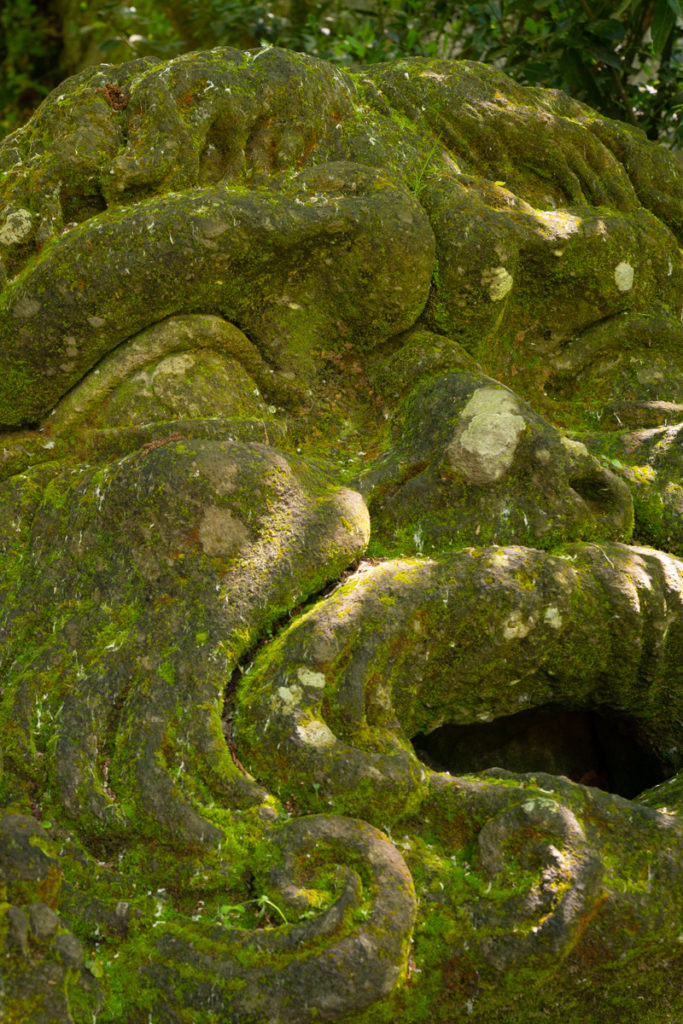
This place was out there in the best way. It’s a deliberate rejection of the formal, manicured noble gardens and estates of the time, and it’s survived long after many of those gardens disappeared. We suspected a lot of good wine was involved. More on the garden: The Park of the Monsters, or “Parco dei Mostri,” in the Garden of Bomarzo was not meant to be pretty. Commissioned in 1552 by Prince Pier Francesco Orsini, it was an expression of grief designed to shock. The Prince, also known as Vicino, had just been through a brutal war, had his friend killed, been held for ransom for years, and come home only to have his beloved wife die. Racked with grief, the Prince wanted to create a shocking “Villa of Wonders” and hired architect Pirro Ligorio to help him do so. Ligorio was a widely respected architect and artist and had previously completed the Cathedral of Saint Peter in Rome after the death of Michelangelo, as well as the Villa d’Este in Tivoli. This was to be an unusual, but interesting job for him. The park is filed with bizarre and fascinating sculptures for which only the accompanying inscriptions provide any explanation. (Thanks, Atlas Obscura!) During the 19th century, and deep into the 20th, the garden became overgrown and neglected, but after the Spanish painter Salvador Dalí made a short movie about the park, and completed a painting actually based on the park in the 1950s, the Bettini family implemented a restoration program which lasted throughout the 1970s, and today the garden, which remains private property, is a major tourist attraction. (Thanks, Wikipedia!) 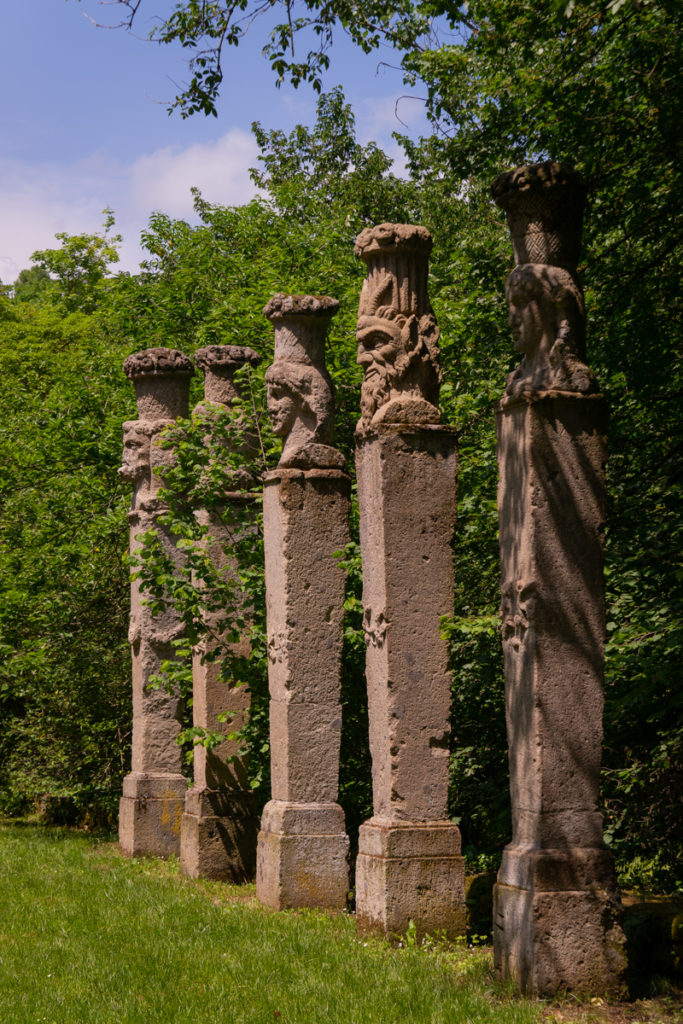
This place was out there in the best way. It’s a deliberate rejection of the formal, manicured noble gardens and estates of the time, and it’s survived long after many of those gardens disappeared. We suspected a lot of good wine was involved. More on the garden: The Park of the Monsters, or “Parco dei Mostri,” in the Garden of Bomarzo was not meant to be pretty. Commissioned in 1552 by Prince Pier Francesco Orsini, it was an expression of grief designed to shock. The Prince, also known as Vicino, had just been through a brutal war, had his friend killed, been held for ransom for years, and come home only to have his beloved wife die. Racked with grief, the Prince wanted to create a shocking “Villa of Wonders” and hired architect Pirro Ligorio to help him do so. Ligorio was a widely respected architect and artist and had previously completed the Cathedral of Saint Peter in Rome after the death of Michelangelo, as well as the Villa d’Este in Tivoli. This was to be an unusual, but interesting job for him. The park is filed with bizarre and fascinating sculptures for which only the accompanying inscriptions provide any explanation. (Thanks, Atlas Obscura!) During the 19th century, and deep into the 20th, the garden became overgrown and neglected, but after the Spanish painter Salvador Dalí made a short movie about the park, and completed a painting actually based on the park in the 1950s, the Bettini family implemented a restoration program which lasted throughout the 1970s, and today the garden, which remains private property, is a major tourist attraction. (Thanks, Wikipedia!) 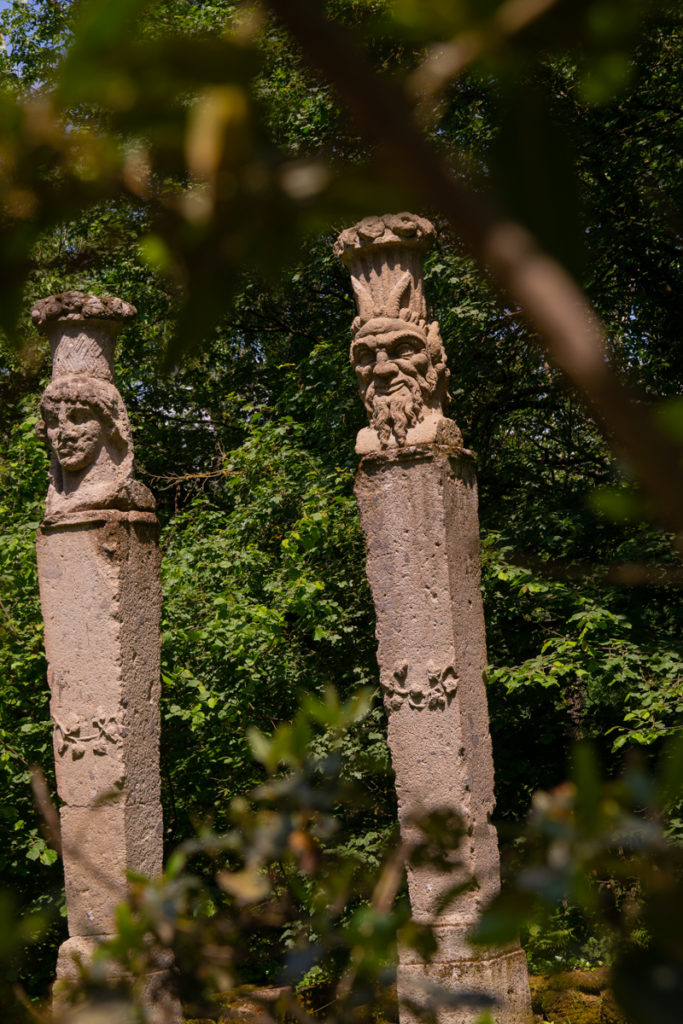
This place was out there in the best way. It’s a deliberate rejection of the formal, manicured noble gardens and estates of the time, and it’s survived long after many of those gardens disappeared. We suspected a lot of good wine was involved. More on the garden: The Park of the Monsters, or “Parco dei Mostri,” in the Garden of Bomarzo was not meant to be pretty. Commissioned in 1552 by Prince Pier Francesco Orsini, it was an expression of grief designed to shock. The Prince, also known as Vicino, had just been through a brutal war, had his friend killed, been held for ransom for years, and come home only to have his beloved wife die. Racked with grief, the Prince wanted to create a shocking “Villa of Wonders” and hired architect Pirro Ligorio to help him do so. Ligorio was a widely respected architect and artist and had previously completed the Cathedral of Saint Peter in Rome after the death of Michelangelo, as well as the Villa d’Este in Tivoli. This was to be an unusual, but interesting job for him. The park is filed with bizarre and fascinating sculptures for which only the accompanying inscriptions provide any explanation. (Thanks, Atlas Obscura!) During the 19th century, and deep into the 20th, the garden became overgrown and neglected, but after the Spanish painter Salvador Dalí made a short movie about the park, and completed a painting actually based on the park in the 1950s, the Bettini family implemented a restoration program which lasted throughout the 1970s, and today the garden, which remains private property, is a major tourist attraction. (Thanks, Wikipedia!) 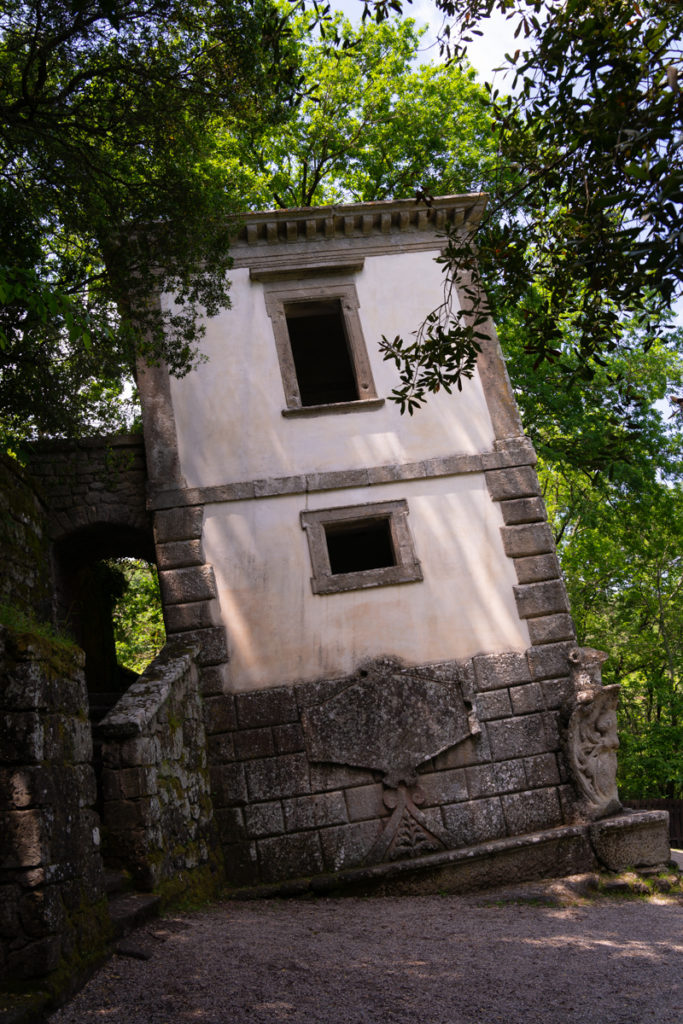
The Leaning House, created so that standing “upright” inside forces you to lean to one side. More on the garden: The Park of the Monsters, or “Parco dei Mostri,” in the Garden of Bomarzo was not meant to be pretty. Commissioned in 1552 by Prince Pier Francesco Orsini, it was an expression of grief designed to shock. The Prince, also known as Vicino, had just been through a brutal war, had his friend killed, been held for ransom for years, and come home only to have his beloved wife die. Racked with grief, the Prince wanted to create a shocking “Villa of Wonders” and hired architect Pirro Ligorio to help him do so. Ligorio was a widely respected architect and artist and had previously completed the Cathedral of Saint Peter in Rome after the death of Michelangelo, as well as the Villa d’Este in Tivoli. This was to be an unusual, but interesting job for him. The park is filed with bizarre and fascinating sculptures for which only the accompanying inscriptions provide any explanation. (Thanks, Atlas Obscura!) During the 19th century, and deep into the 20th, the garden became overgrown and neglected, but after the Spanish painter Salvador Dalí made a short movie about the park, and completed a painting actually based on the park in the 1950s, the Bettini family implemented a restoration program which lasted throughout the 1970s, and today the garden, which remains private property, is a major tourist attraction. (Thanks, Wikipedia!) 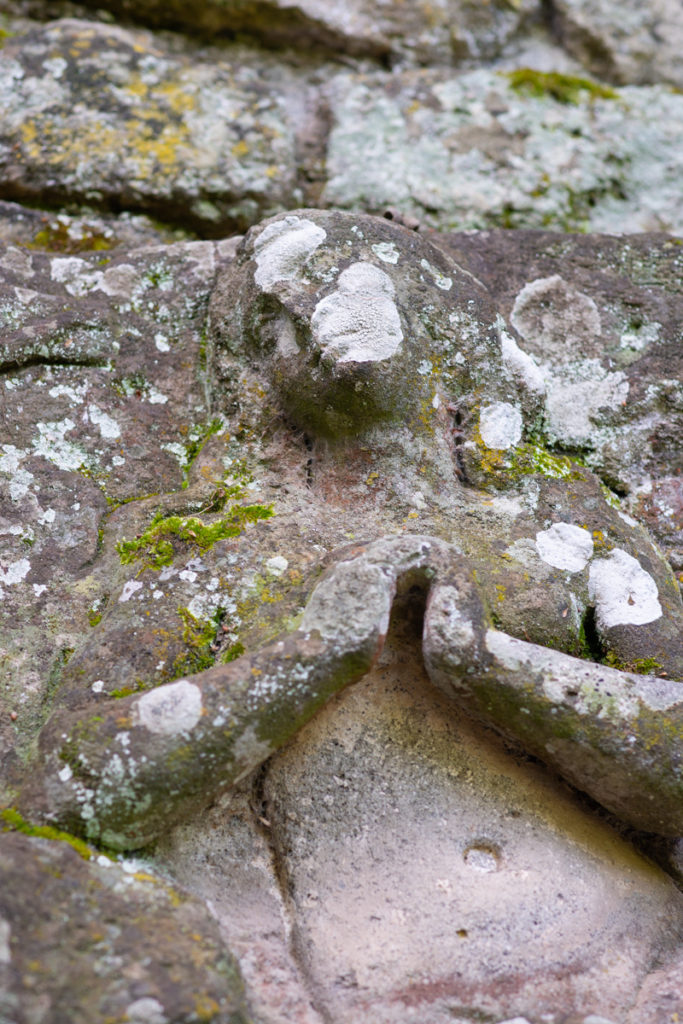
The one piece of religious art inside the Monster Park. Its significance is unknown. More on the garden: The Park of the Monsters, or “Parco dei Mostri,” in the Garden of Bomarzo was not meant to be pretty. Commissioned in 1552 by Prince Pier Francesco Orsini, it was an expression of grief designed to shock. The Prince, also known as Vicino, had just been through a brutal war, had his friend killed, been held for ransom for years, and come home only to have his beloved wife die. Racked with grief, the Prince wanted to create a shocking “Villa of Wonders” and hired architect Pirro Ligorio to help him do so. Ligorio was a widely respected architect and artist and had previously completed the Cathedral of Saint Peter in Rome after the death of Michelangelo, as well as the Villa d’Este in Tivoli. This was to be an unusual, but interesting job for him. The park is filed with bizarre and fascinating sculptures for which only the accompanying inscriptions provide any explanation. (Thanks, Atlas Obscura!) During the 19th century, and deep into the 20th, the garden became overgrown and neglected, but after the Spanish painter Salvador Dalí made a short movie about the park, and completed a painting actually based on the park in the 1950s, the Bettini family implemented a restoration program which lasted throughout the 1970s, and today the garden, which remains private property, is a major tourist attraction. (Thanks, Wikipedia!) 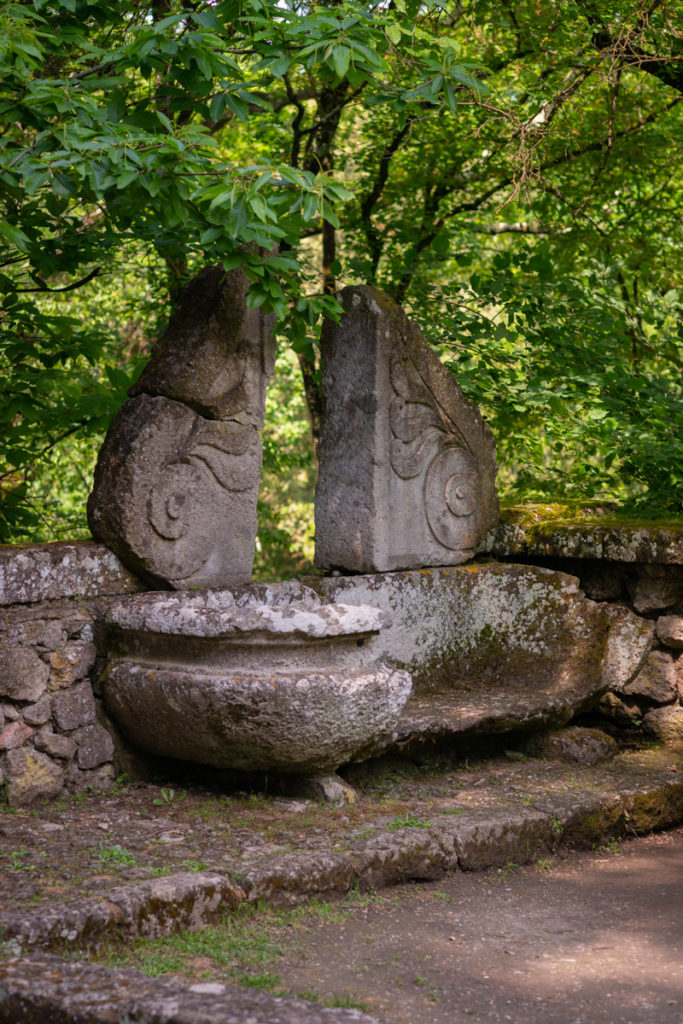
Another lovely outdoor bathtub. Can you imagine soaking here? More on the garden: The Park of the Monsters, or “Parco dei Mostri,” in the Garden of Bomarzo was not meant to be pretty. Commissioned in 1552 by Prince Pier Francesco Orsini, it was an expression of grief designed to shock. The Prince, also known as Vicino, had just been through a brutal war, had his friend killed, been held for ransom for years, and come home only to have his beloved wife die. Racked with grief, the Prince wanted to create a shocking “Villa of Wonders” and hired architect Pirro Ligorio to help him do so. Ligorio was a widely respected architect and artist and had previously completed the Cathedral of Saint Peter in Rome after the death of Michelangelo, as well as the Villa d’Este in Tivoli. This was to be an unusual, but interesting job for him. The park is filed with bizarre and fascinating sculptures for which only the accompanying inscriptions provide any explanation. (Thanks, Atlas Obscura!) During the 19th century, and deep into the 20th, the garden became overgrown and neglected, but after the Spanish painter Salvador Dalí made a short movie about the park, and completed a painting actually based on the park in the 1950s, the Bettini family implemented a restoration program which lasted throughout the 1970s, and today the garden, which remains private property, is a major tourist attraction. (Thanks, Wikipedia!) 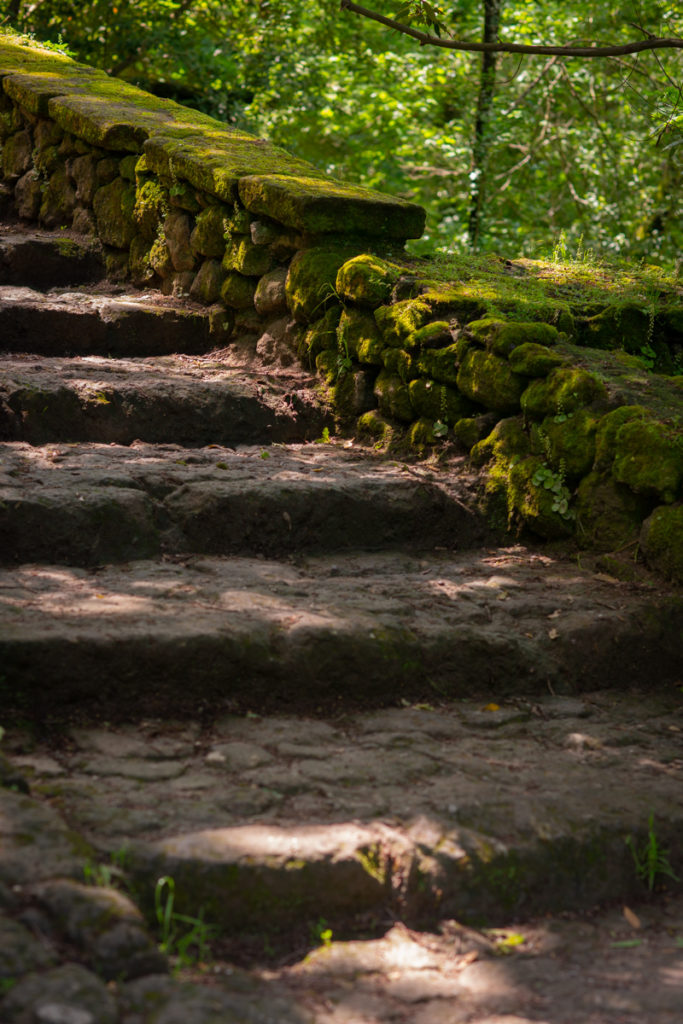
This place was out there in the best way. It’s a deliberate rejection of the formal, manicured noble gardens and estates of the time, and it’s survived long after many of those gardens disappeared. We suspected a lot of good wine was involved. More on the garden: The Park of the Monsters, or “Parco dei Mostri,” in the Garden of Bomarzo was not meant to be pretty. Commissioned in 1552 by Prince Pier Francesco Orsini, it was an expression of grief designed to shock. The Prince, also known as Vicino, had just been through a brutal war, had his friend killed, been held for ransom for years, and come home only to have his beloved wife die. Racked with grief, the Prince wanted to create a shocking “Villa of Wonders” and hired architect Pirro Ligorio to help him do so. Ligorio was a widely respected architect and artist and had previously completed the Cathedral of Saint Peter in Rome after the death of Michelangelo, as well as the Villa d’Este in Tivoli. This was to be an unusual, but interesting job for him. The park is filed with bizarre and fascinating sculptures for which only the accompanying inscriptions provide any explanation. (Thanks, Atlas Obscura!) During the 19th century, and deep into the 20th, the garden became overgrown and neglected, but after the Spanish painter Salvador Dalí made a short movie about the park, and completed a painting actually based on the park in the 1950s, the Bettini family implemented a restoration program which lasted throughout the 1970s, and today the garden, which remains private property, is a major tourist attraction. (Thanks, Wikipedia!) 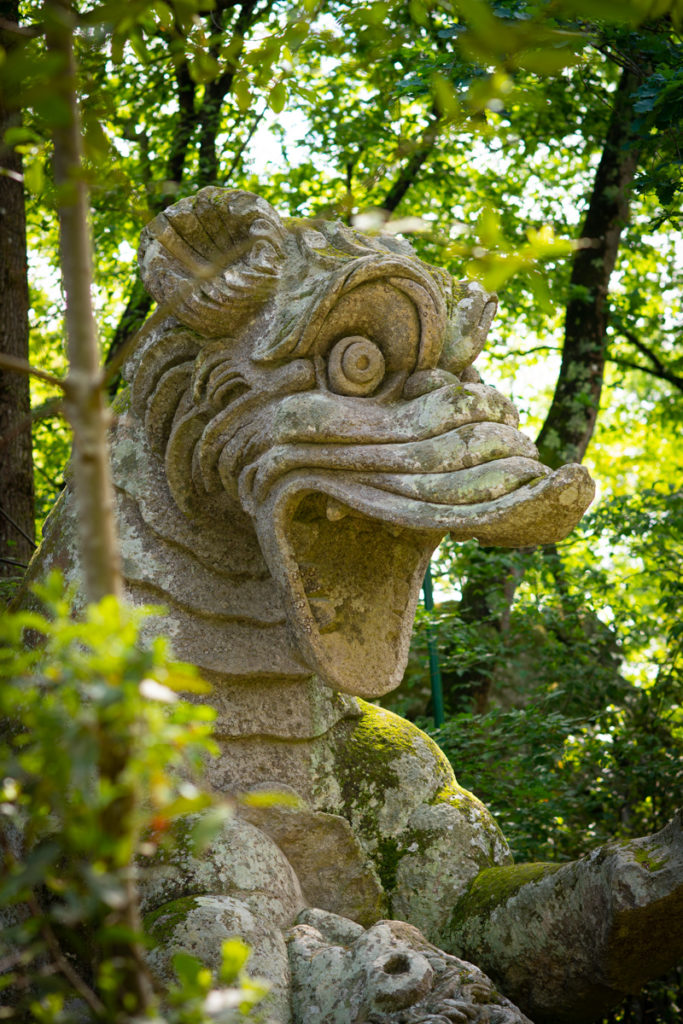
If Disney had existed in the 1500s they’d have stolen this design for an animated film. More on the garden: The Park of the Monsters, or “Parco dei Mostri,” in the Garden of Bomarzo was not meant to be pretty. Commissioned in 1552 by Prince Pier Francesco Orsini, it was an expression of grief designed to shock. The Prince, also known as Vicino, had just been through a brutal war, had his friend killed, been held for ransom for years, and come home only to have his beloved wife die. Racked with grief, the Prince wanted to create a shocking “Villa of Wonders” and hired architect Pirro Ligorio to help him do so. Ligorio was a widely respected architect and artist and had previously completed the Cathedral of Saint Peter in Rome after the death of Michelangelo, as well as the Villa d’Este in Tivoli. This was to be an unusual, but interesting job for him. The park is filed with bizarre and fascinating sculptures for which only the accompanying inscriptions provide any explanation. (Thanks, Atlas Obscura!) During the 19th century, and deep into the 20th, the garden became overgrown and neglected, but after the Spanish painter Salvador Dalí made a short movie about the park, and completed a painting actually based on the park in the 1950s, the Bettini family implemented a restoration program which lasted throughout the 1970s, and today the garden, which remains private property, is a major tourist attraction. (Thanks, Wikipedia!) 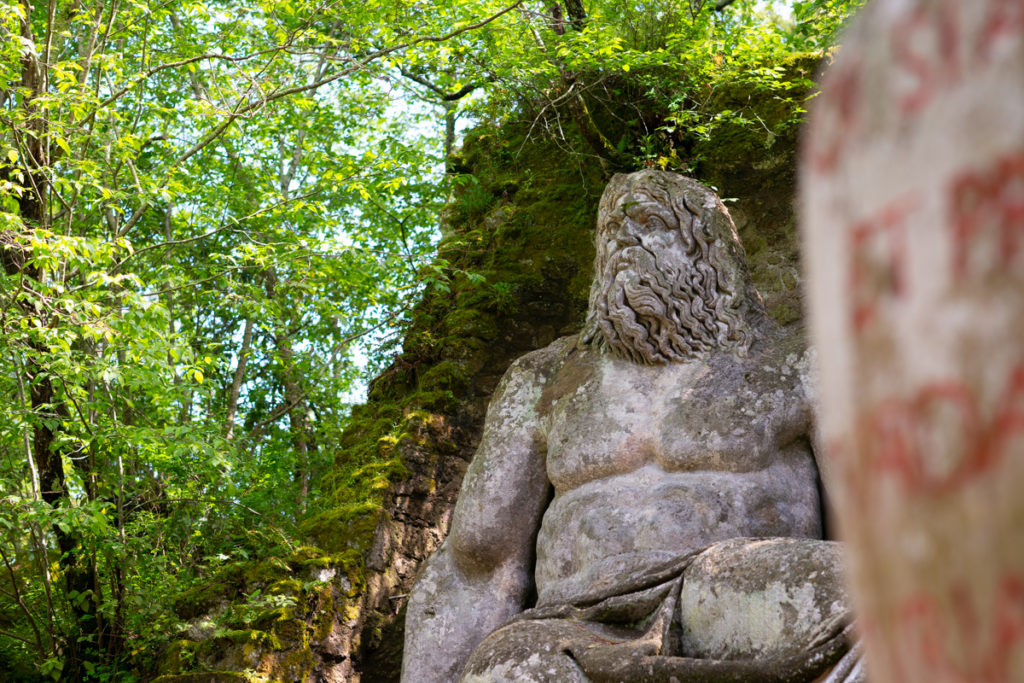
This place was out there in the best way. It’s a deliberate rejection of the formal, manicured noble gardens and estates of the time, and it’s survived long after many of those gardens disappeared. We suspected a lot of good wine was involved. More on the garden: The Park of the Monsters, or “Parco dei Mostri,” in the Garden of Bomarzo was not meant to be pretty. Commissioned in 1552 by Prince Pier Francesco Orsini, it was an expression of grief designed to shock. The Prince, also known as Vicino, had just been through a brutal war, had his friend killed, been held for ransom for years, and come home only to have his beloved wife die. Racked with grief, the Prince wanted to create a shocking “Villa of Wonders” and hired architect Pirro Ligorio to help him do so. Ligorio was a widely respected architect and artist and had previously completed the Cathedral of Saint Peter in Rome after the death of Michelangelo, as well as the Villa d’Este in Tivoli. This was to be an unusual, but interesting job for him. The park is filed with bizarre and fascinating sculptures for which only the accompanying inscriptions provide any explanation. (Thanks, Atlas Obscura!) During the 19th century, and deep into the 20th, the garden became overgrown and neglected, but after the Spanish painter Salvador Dalí made a short movie about the park, and completed a painting actually based on the park in the 1950s, the Bettini family implemented a restoration program which lasted throughout the 1970s, and today the garden, which remains private property, is a major tourist attraction. (Thanks, Wikipedia!) 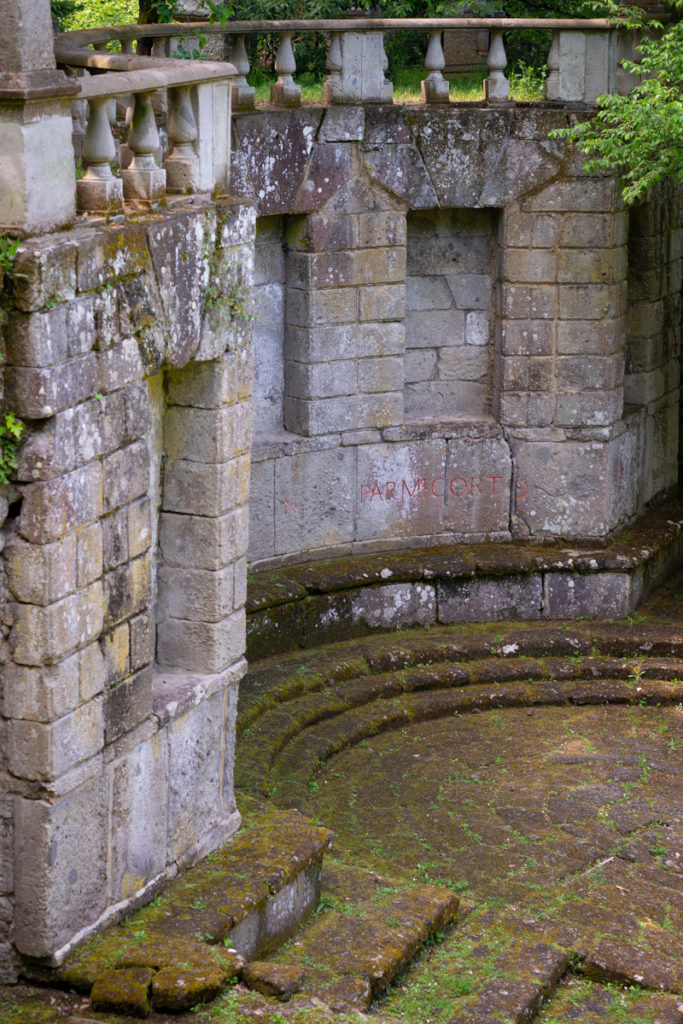
This place was out there in the best way. It’s a deliberate rejection of the formal, manicured noble gardens and estates of the time, and it’s survived long after many of those gardens disappeared. We suspected a lot of good wine was involved. More on the garden: The Park of the Monsters, or “Parco dei Mostri,” in the Garden of Bomarzo was not meant to be pretty. Commissioned in 1552 by Prince Pier Francesco Orsini, it was an expression of grief designed to shock. The Prince, also known as Vicino, had just been through a brutal war, had his friend killed, been held for ransom for years, and come home only to have his beloved wife die. Racked with grief, the Prince wanted to create a shocking “Villa of Wonders” and hired architect Pirro Ligorio to help him do so. Ligorio was a widely respected architect and artist and had previously completed the Cathedral of Saint Peter in Rome after the death of Michelangelo, as well as the Villa d’Este in Tivoli. This was to be an unusual, but interesting job for him. The park is filed with bizarre and fascinating sculptures for which only the accompanying inscriptions provide any explanation. (Thanks, Atlas Obscura!) During the 19th century, and deep into the 20th, the garden became overgrown and neglected, but after the Spanish painter Salvador Dalí made a short movie about the park, and completed a painting actually based on the park in the 1950s, the Bettini family implemented a restoration program which lasted throughout the 1970s, and today the garden, which remains private property, is a major tourist attraction. (Thanks, Wikipedia!) 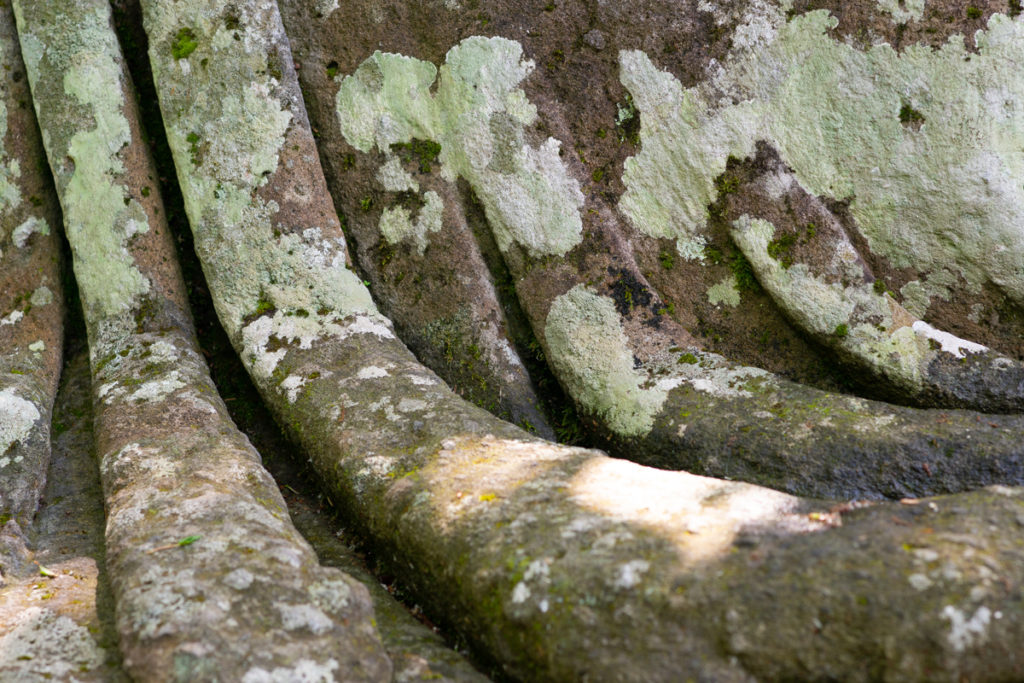
This place was out there in the best way. It’s a deliberate rejection of the formal, manicured noble gardens and estates of the time, and it’s survived long after many of those gardens disappeared. We suspected a lot of good wine was involved. More on the garden: The Park of the Monsters, or “Parco dei Mostri,” in the Garden of Bomarzo was not meant to be pretty. Commissioned in 1552 by Prince Pier Francesco Orsini, it was an expression of grief designed to shock. The Prince, also known as Vicino, had just been through a brutal war, had his friend killed, been held for ransom for years, and come home only to have his beloved wife die. Racked with grief, the Prince wanted to create a shocking “Villa of Wonders” and hired architect Pirro Ligorio to help him do so. Ligorio was a widely respected architect and artist and had previously completed the Cathedral of Saint Peter in Rome after the death of Michelangelo, as well as the Villa d’Este in Tivoli. This was to be an unusual, but interesting job for him. The park is filed with bizarre and fascinating sculptures for which only the accompanying inscriptions provide any explanation. (Thanks, Atlas Obscura!) During the 19th century, and deep into the 20th, the garden became overgrown and neglected, but after the Spanish painter Salvador Dalí made a short movie about the park, and completed a painting actually based on the park in the 1950s, the Bettini family implemented a restoration program which lasted throughout the 1970s, and today the garden, which remains private property, is a major tourist attraction. (Thanks, Wikipedia!) 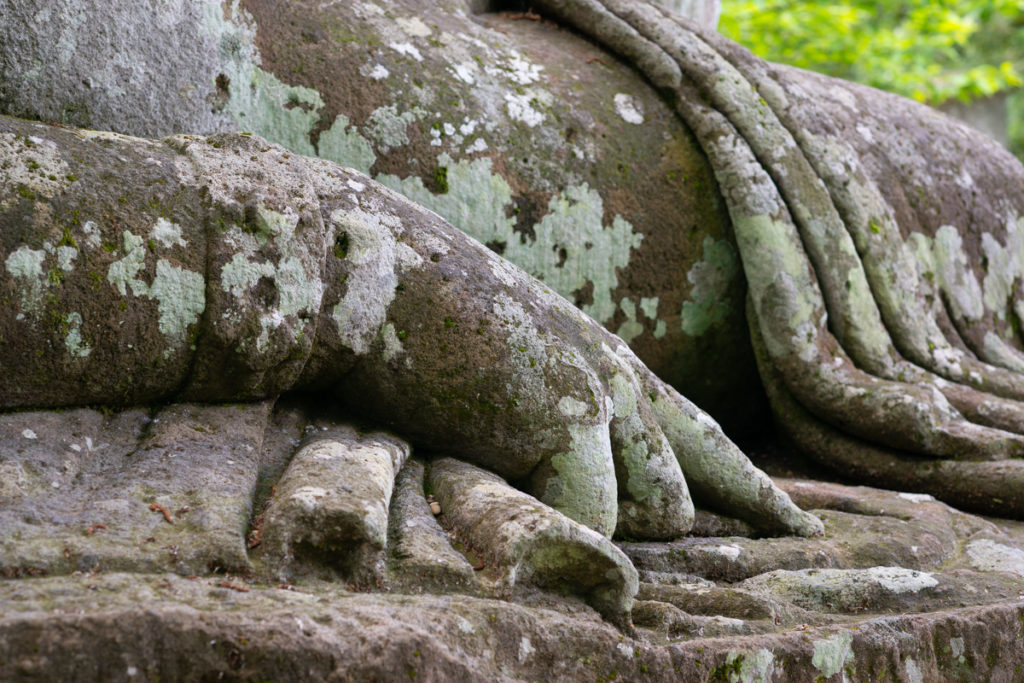
This place was out there in the best way. It’s a deliberate rejection of the formal, manicured noble gardens and estates of the time, and it’s survived long after many of those gardens disappeared. We suspected a lot of good wine was involved. More on the garden: The Park of the Monsters, or “Parco dei Mostri,” in the Garden of Bomarzo was not meant to be pretty. Commissioned in 1552 by Prince Pier Francesco Orsini, it was an expression of grief designed to shock. The Prince, also known as Vicino, had just been through a brutal war, had his friend killed, been held for ransom for years, and come home only to have his beloved wife die. Racked with grief, the Prince wanted to create a shocking “Villa of Wonders” and hired architect Pirro Ligorio to help him do so. Ligorio was a widely respected architect and artist and had previously completed the Cathedral of Saint Peter in Rome after the death of Michelangelo, as well as the Villa d’Este in Tivoli. This was to be an unusual, but interesting job for him. The park is filed with bizarre and fascinating sculptures for which only the accompanying inscriptions provide any explanation. (Thanks, Atlas Obscura!) During the 19th century, and deep into the 20th, the garden became overgrown and neglected, but after the Spanish painter Salvador Dalí made a short movie about the park, and completed a painting actually based on the park in the 1950s, the Bettini family implemented a restoration program which lasted throughout the 1970s, and today the garden, which remains private property, is a major tourist attraction. (Thanks, Wikipedia!) 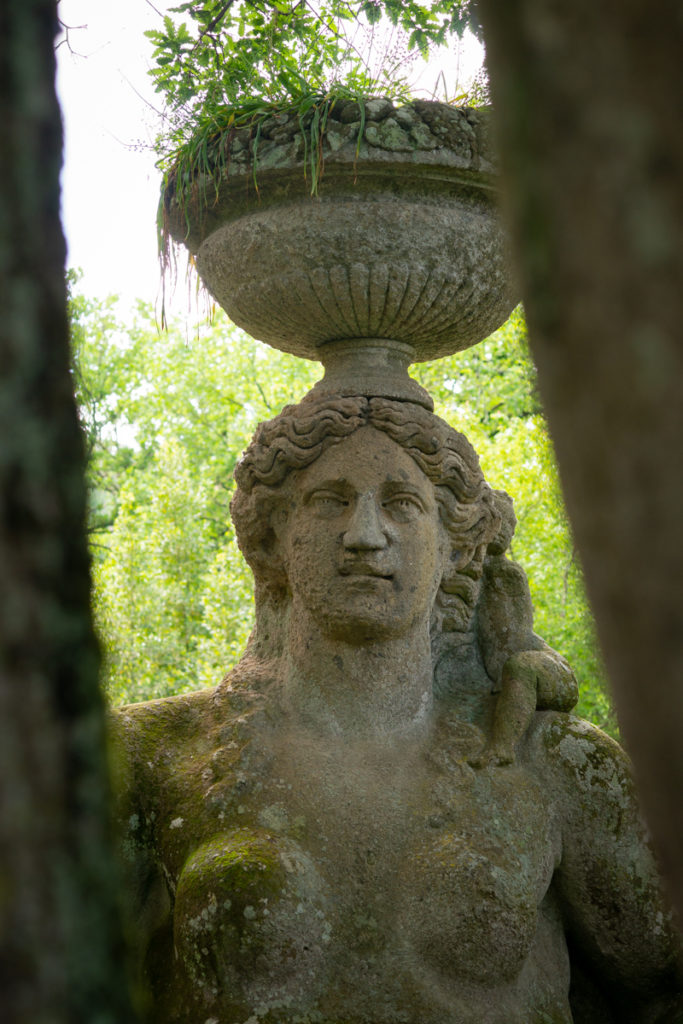
This place was out there in the best way. It’s a deliberate rejection of the formal, manicured noble gardens and estates of the time, and it’s survived long after many of those gardens disappeared. We suspected a lot of good wine was involved. More on the garden: The Park of the Monsters, or “Parco dei Mostri,” in the Garden of Bomarzo was not meant to be pretty. Commissioned in 1552 by Prince Pier Francesco Orsini, it was an expression of grief designed to shock. The Prince, also known as Vicino, had just been through a brutal war, had his friend killed, been held for ransom for years, and come home only to have his beloved wife die. Racked with grief, the Prince wanted to create a shocking “Villa of Wonders” and hired architect Pirro Ligorio to help him do so. Ligorio was a widely respected architect and artist and had previously completed the Cathedral of Saint Peter in Rome after the death of Michelangelo, as well as the Villa d’Este in Tivoli. This was to be an unusual, but interesting job for him. The park is filed with bizarre and fascinating sculptures for which only the accompanying inscriptions provide any explanation. (Thanks, Atlas Obscura!) During the 19th century, and deep into the 20th, the garden became overgrown and neglected, but after the Spanish painter Salvador Dalí made a short movie about the park, and completed a painting actually based on the park in the 1950s, the Bettini family implemented a restoration program which lasted throughout the 1970s, and today the garden, which remains private property, is a major tourist attraction. (Thanks, Wikipedia!) 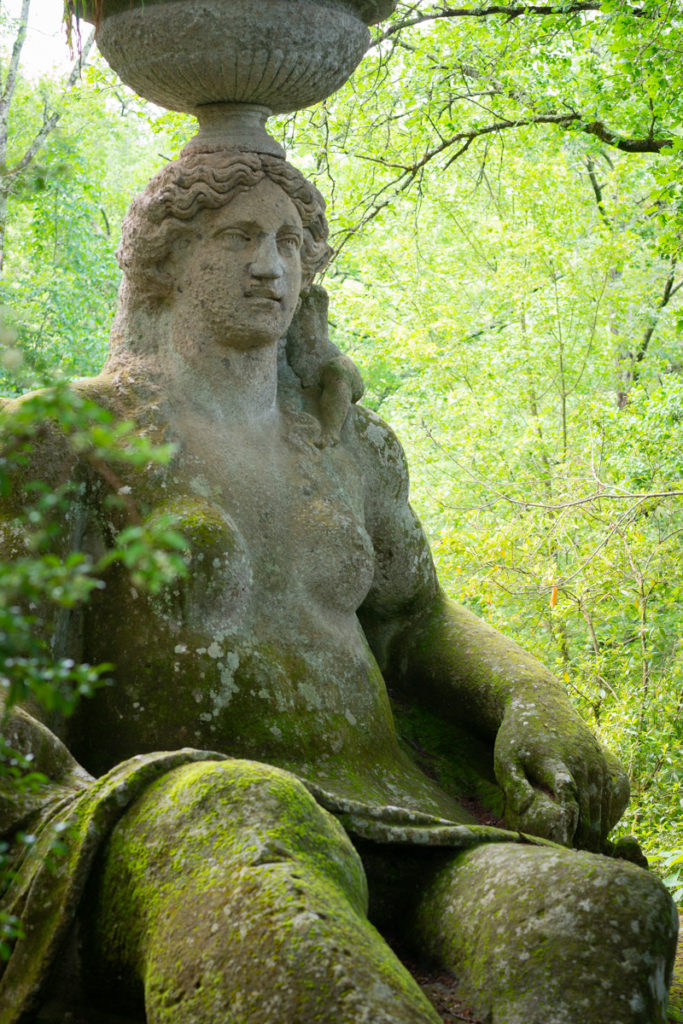
This place was out there in the best way. It’s a deliberate rejection of the formal, manicured noble gardens and estates of the time, and it’s survived long after many of those gardens disappeared. We suspected a lot of good wine was involved. More on the garden: The Park of the Monsters, or “Parco dei Mostri,” in the Garden of Bomarzo was not meant to be pretty. Commissioned in 1552 by Prince Pier Francesco Orsini, it was an expression of grief designed to shock. The Prince, also known as Vicino, had just been through a brutal war, had his friend killed, been held for ransom for years, and come home only to have his beloved wife die. Racked with grief, the Prince wanted to create a shocking “Villa of Wonders” and hired architect Pirro Ligorio to help him do so. Ligorio was a widely respected architect and artist and had previously completed the Cathedral of Saint Peter in Rome after the death of Michelangelo, as well as the Villa d’Este in Tivoli. This was to be an unusual, but interesting job for him. The park is filed with bizarre and fascinating sculptures for which only the accompanying inscriptions provide any explanation. (Thanks, Atlas Obscura!) During the 19th century, and deep into the 20th, the garden became overgrown and neglected, but after the Spanish painter Salvador Dalí made a short movie about the park, and completed a painting actually based on the park in the 1950s, the Bettini family implemented a restoration program which lasted throughout the 1970s, and today the garden, which remains private property, is a major tourist attraction. (Thanks, Wikipedia!) 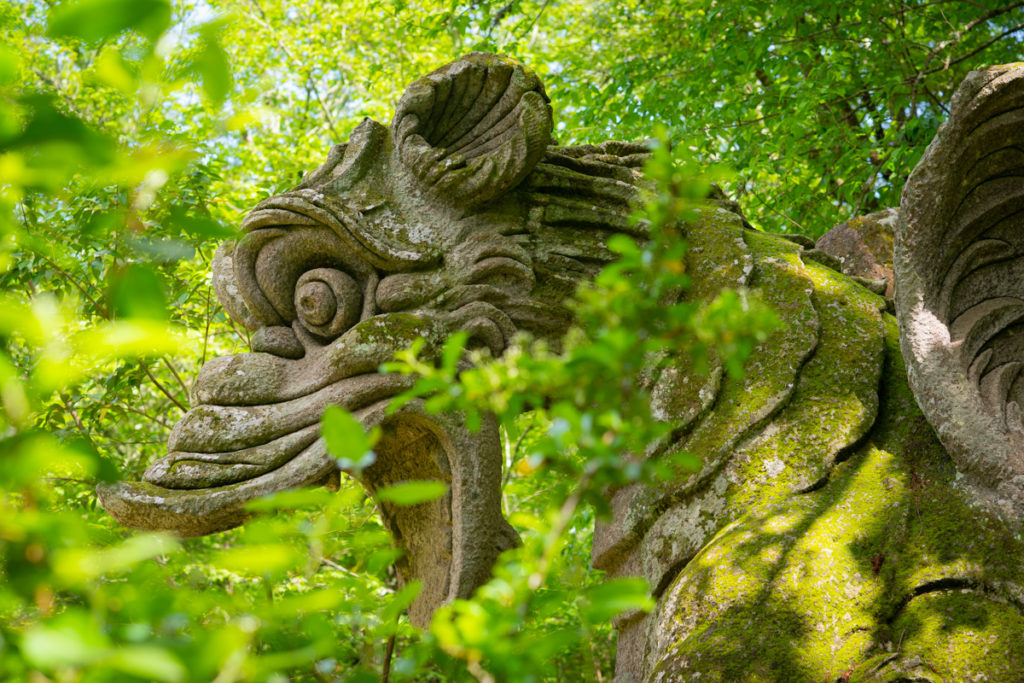
This place was out there in the best way. It’s a deliberate rejection of the formal, manicured noble gardens and estates of the time, and it’s survived long after many of those gardens disappeared. We suspected a lot of good wine was involved. More on the garden: The Park of the Monsters, or “Parco dei Mostri,” in the Garden of Bomarzo was not meant to be pretty. Commissioned in 1552 by Prince Pier Francesco Orsini, it was an expression of grief designed to shock. The Prince, also known as Vicino, had just been through a brutal war, had his friend killed, been held for ransom for years, and come home only to have his beloved wife die. Racked with grief, the Prince wanted to create a shocking “Villa of Wonders” and hired architect Pirro Ligorio to help him do so. Ligorio was a widely respected architect and artist and had previously completed the Cathedral of Saint Peter in Rome after the death of Michelangelo, as well as the Villa d’Este in Tivoli. This was to be an unusual, but interesting job for him. The park is filed with bizarre and fascinating sculptures for which only the accompanying inscriptions provide any explanation. (Thanks, Atlas Obscura!) During the 19th century, and deep into the 20th, the garden became overgrown and neglected, but after the Spanish painter Salvador Dalí made a short movie about the park, and completed a painting actually based on the park in the 1950s, the Bettini family implemented a restoration program which lasted throughout the 1970s, and today the garden, which remains private property, is a major tourist attraction. (Thanks, Wikipedia!) 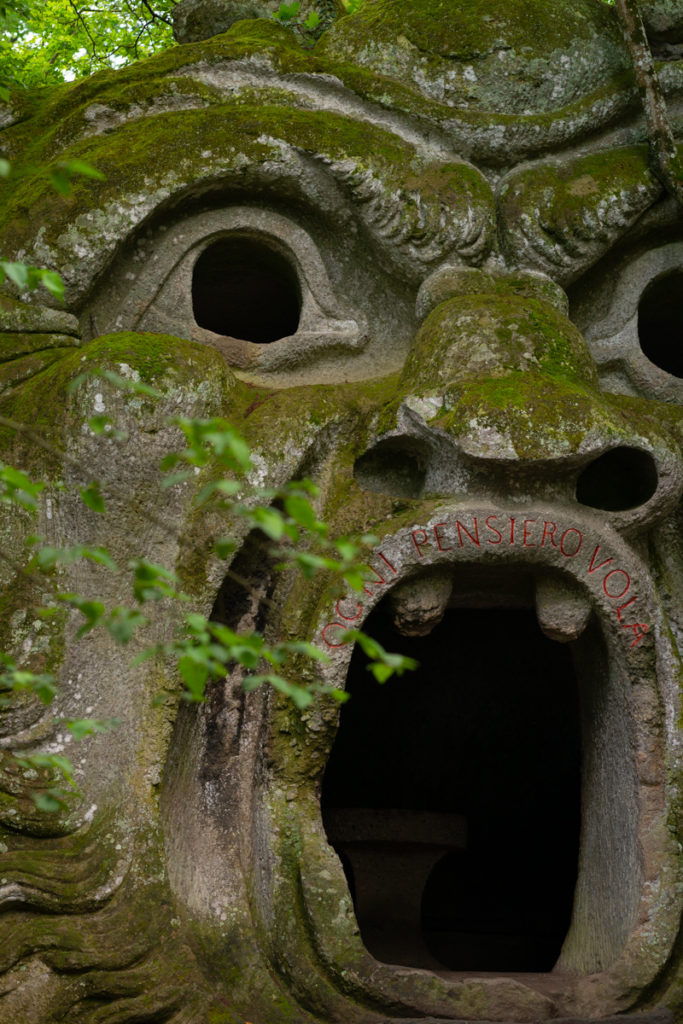
This Orcus with gaping mouth has been used in a number of movies. There’s a picnic table inside so that one can dine: eating while being eaten. More on the garden: The Park of the Monsters, or “Parco dei Mostri,” in the Garden of Bomarzo was not meant to be pretty. Commissioned in 1552 by Prince Pier Francesco Orsini, it was an expression of grief designed to shock. The Prince, also known as Vicino, had just been through a brutal war, had his friend killed, been held for ransom for years, and come home only to have his beloved wife die. Racked with grief, the Prince wanted to create a shocking “Villa of Wonders” and hired architect Pirro Ligorio to help him do so. Ligorio was a widely respected architect and artist and had previously completed the Cathedral of Saint Peter in Rome after the death of Michelangelo, as well as the Villa d’Este in Tivoli. This was to be an unusual, but interesting job for him. The park is filed with bizarre and fascinating sculptures for which only the accompanying inscriptions provide any explanation. (Thanks, Atlas Obscura!) During the 19th century, and deep into the 20th, the garden became overgrown and neglected, but after the Spanish painter Salvador Dalí made a short movie about the park, and completed a painting actually based on the park in the 1950s, the Bettini family implemented a restoration program which lasted throughout the 1970s, and today the garden, which remains private property, is a major tourist attraction. (Thanks, Wikipedia!) 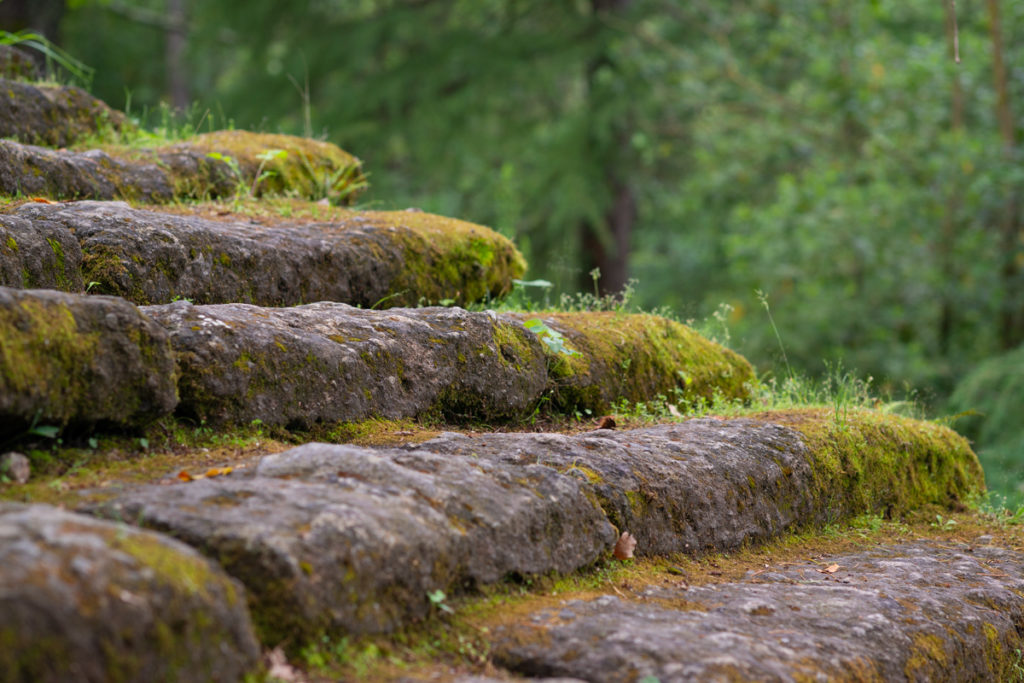
This place was out there in the best way. It’s a deliberate rejection of the formal, manicured noble gardens and estates of the time, and it’s survived long after many of those gardens disappeared. We suspected a lot of good wine was involved. More on the garden: The Park of the Monsters, or “Parco dei Mostri,” in the Garden of Bomarzo was not meant to be pretty. Commissioned in 1552 by Prince Pier Francesco Orsini, it was an expression of grief designed to shock. The Prince, also known as Vicino, had just been through a brutal war, had his friend killed, been held for ransom for years, and come home only to have his beloved wife die. Racked with grief, the Prince wanted to create a shocking “Villa of Wonders” and hired architect Pirro Ligorio to help him do so. Ligorio was a widely respected architect and artist and had previously completed the Cathedral of Saint Peter in Rome after the death of Michelangelo, as well as the Villa d’Este in Tivoli. This was to be an unusual, but interesting job for him. The park is filed with bizarre and fascinating sculptures for which only the accompanying inscriptions provide any explanation. (Thanks, Atlas Obscura!) During the 19th century, and deep into the 20th, the garden became overgrown and neglected, but after the Spanish painter Salvador Dalí made a short movie about the park, and completed a painting actually based on the park in the 1950s, the Bettini family implemented a restoration program which lasted throughout the 1970s, and today the garden, which remains private property, is a major tourist attraction. (Thanks, Wikipedia!) 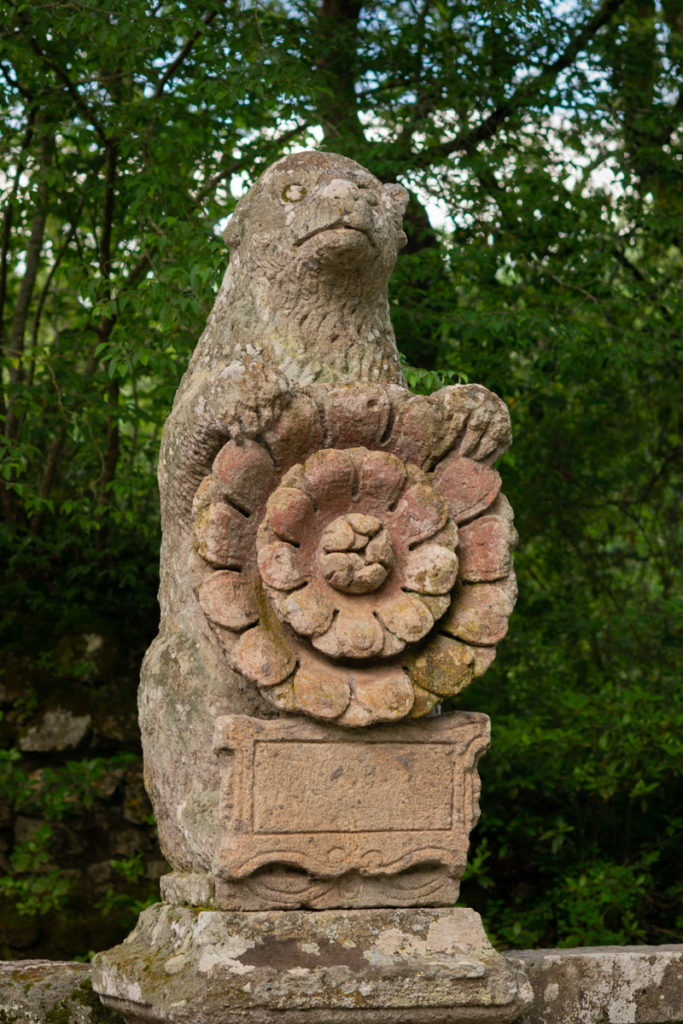
This place was out there in the best way. It’s a deliberate rejection of the formal, manicured noble gardens and estates of the time, and it’s survived long after many of those gardens disappeared. We suspected a lot of good wine was involved. More on the garden: The Park of the Monsters, or “Parco dei Mostri,” in the Garden of Bomarzo was not meant to be pretty. Commissioned in 1552 by Prince Pier Francesco Orsini, it was an expression of grief designed to shock. The Prince, also known as Vicino, had just been through a brutal war, had his friend killed, been held for ransom for years, and come home only to have his beloved wife die. Racked with grief, the Prince wanted to create a shocking “Villa of Wonders” and hired architect Pirro Ligorio to help him do so. Ligorio was a widely respected architect and artist and had previously completed the Cathedral of Saint Peter in Rome after the death of Michelangelo, as well as the Villa d’Este in Tivoli. This was to be an unusual, but interesting job for him. The park is filed with bizarre and fascinating sculptures for which only the accompanying inscriptions provide any explanation. (Thanks, Atlas Obscura!) During the 19th century, and deep into the 20th, the garden became overgrown and neglected, but after the Spanish painter Salvador Dalí made a short movie about the park, and completed a painting actually based on the park in the 1950s, the Bettini family implemented a restoration program which lasted throughout the 1970s, and today the garden, which remains private property, is a major tourist attraction. (Thanks, Wikipedia!) 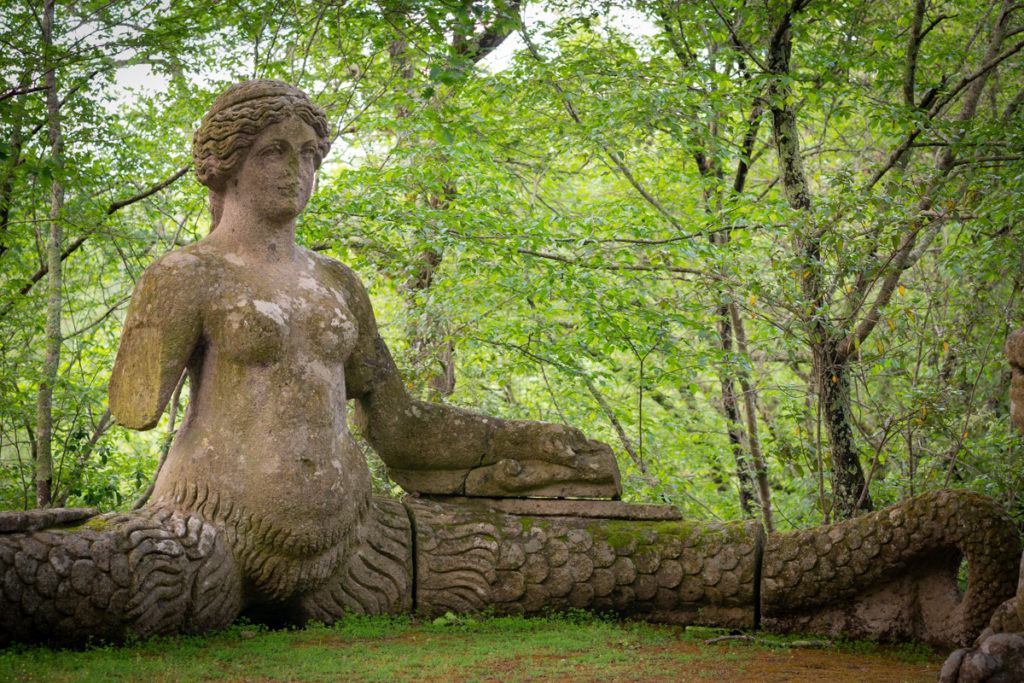
This place was out there in the best way. It’s a deliberate rejection of the formal, manicured noble gardens and estates of the time, and it’s survived long after many of those gardens disappeared. We suspected a lot of good wine was involved. More on the garden: The Park of the Monsters, or “Parco dei Mostri,” in the Garden of Bomarzo was not meant to be pretty. Commissioned in 1552 by Prince Pier Francesco Orsini, it was an expression of grief designed to shock. The Prince, also known as Vicino, had just been through a brutal war, had his friend killed, been held for ransom for years, and come home only to have his beloved wife die. Racked with grief, the Prince wanted to create a shocking “Villa of Wonders” and hired architect Pirro Ligorio to help him do so. Ligorio was a widely respected architect and artist and had previously completed the Cathedral of Saint Peter in Rome after the death of Michelangelo, as well as the Villa d’Este in Tivoli. This was to be an unusual, but interesting job for him. The park is filed with bizarre and fascinating sculptures for which only the accompanying inscriptions provide any explanation. (Thanks, Atlas Obscura!) During the 19th century, and deep into the 20th, the garden became overgrown and neglected, but after the Spanish painter Salvador Dalí made a short movie about the park, and completed a painting actually based on the park in the 1950s, the Bettini family implemented a restoration program which lasted throughout the 1970s, and today the garden, which remains private property, is a major tourist attraction. (Thanks, Wikipedia!) 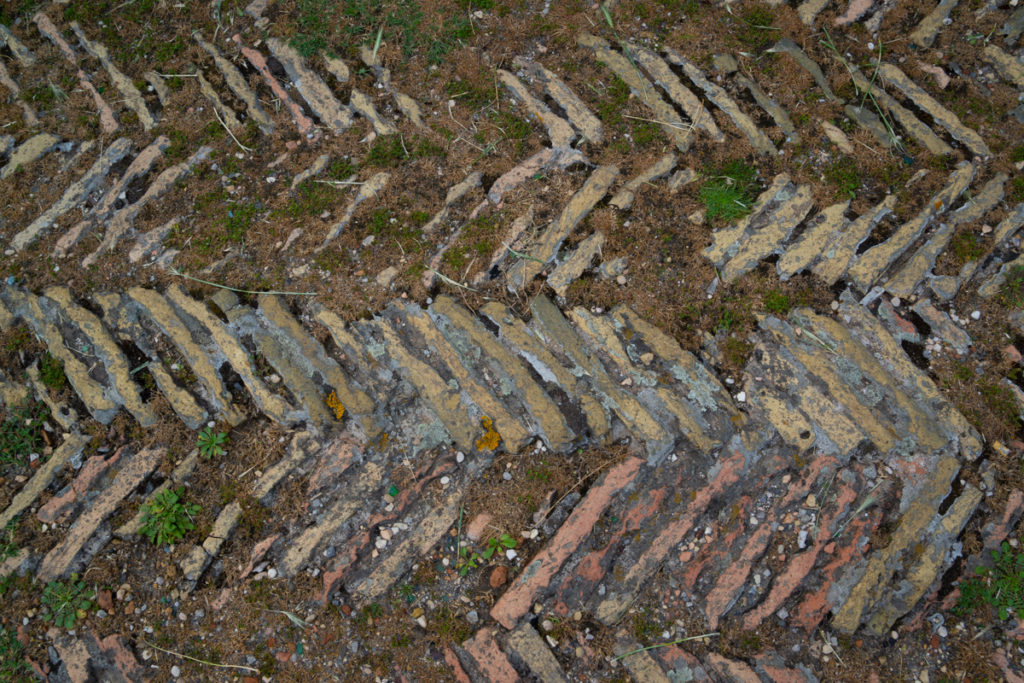
Stonework outside the Palazzo Farnese. More on the Palazzo Farnese: The Villa Farnese, also known as Villa Caprarola, is a mansion in the town of Caprarola in the province of Viterbo, Northern Lazio, Italy, approximately 50 kilometres north-west of Rome. This villa should not be confused with the Palazzo Farnese and the Villa Farnesina, both in Rome. A property of the Republic of Italy, Villa Farnese is run by the Polo Museale del Lazio. The Villa Farnese is situated directly above the town of Caprarola and dominates its surroundings. It is a massive Renaissance and Mannerist construction, opening to the Monte Cimini, a range of densely wooded volcanic hills. It is built on a five-sided plan in reddish gold stone; buttresses support the upper floors. As a centerpiece of the vast Farnese holdings, Caprarola has always been an expression of Farnese power, rather than a villa in the more usual agricultural or pleasure senses. (Thanks, Wikipedia!) 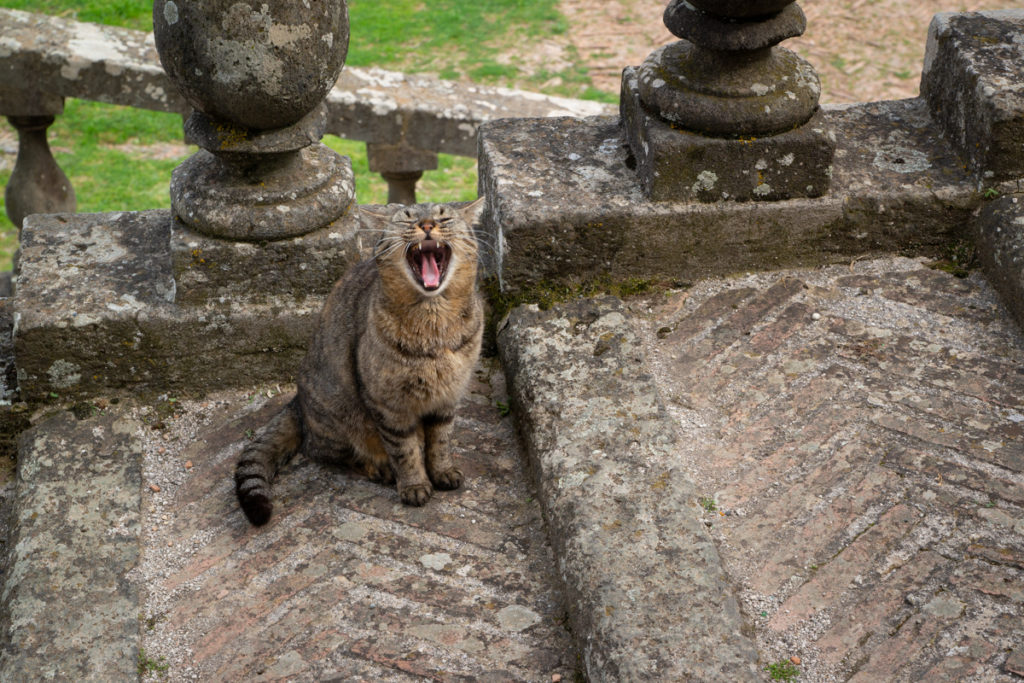
A feline caretaker at the Palazzo Farnese. More on the Palazzo Farnese: The Villa Farnese, also known as Villa Caprarola, is a mansion in the town of Caprarola in the province of Viterbo, Northern Lazio, Italy, approximately 50 kilometres north-west of Rome. This villa should not be confused with the Palazzo Farnese and the Villa Farnesina, both in Rome. A property of the Republic of Italy, Villa Farnese is run by the Polo Museale del Lazio. The Villa Farnese is situated directly above the town of Caprarola and dominates its surroundings. It is a massive Renaissance and Mannerist construction, opening to the Monte Cimini, a range of densely wooded volcanic hills. It is built on a five-sided plan in reddish gold stone; buttresses support the upper floors. As a centerpiece of the vast Farnese holdings, Caprarola has always been an expression of Farnese power, rather than a villa in the more usual agricultural or pleasure senses. (Thanks, Wikipedia!) 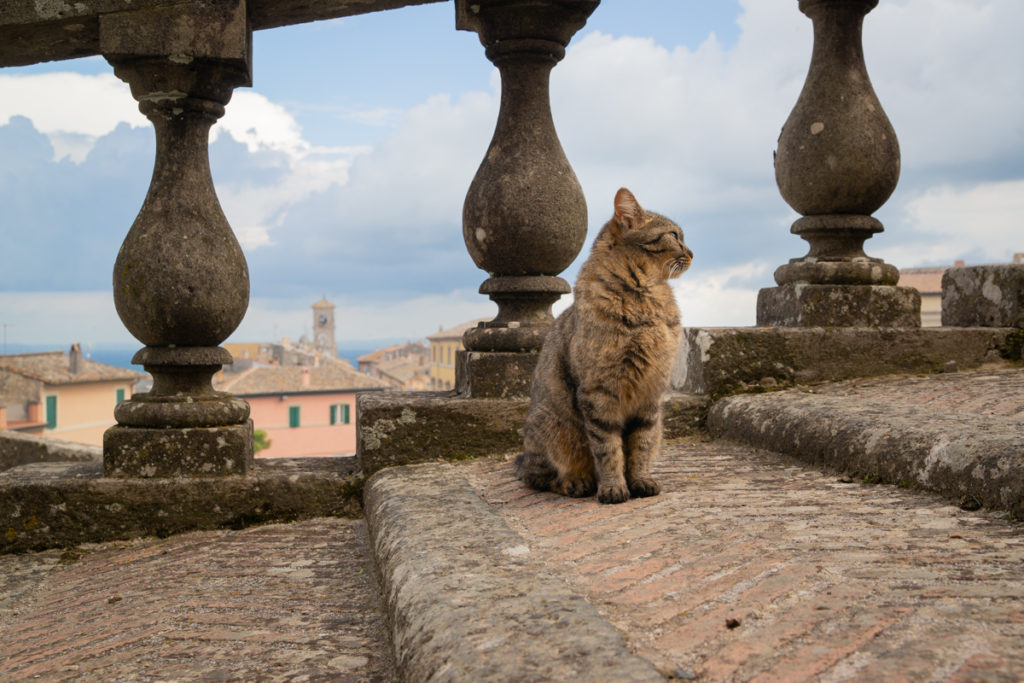
A feline caretaker at the Palazzo Farnese. More on the Palazzo Farnese: The Villa Farnese, also known as Villa Caprarola, is a mansion in the town of Caprarola in the province of Viterbo, Northern Lazio, Italy, approximately 50 kilometres north-west of Rome. This villa should not be confused with the Palazzo Farnese and the Villa Farnesina, both in Rome. A property of the Republic of Italy, Villa Farnese is run by the Polo Museale del Lazio. The Villa Farnese is situated directly above the town of Caprarola and dominates its surroundings. It is a massive Renaissance and Mannerist construction, opening to the Monte Cimini, a range of densely wooded volcanic hills. It is built on a five-sided plan in reddish gold stone; buttresses support the upper floors. As a centerpiece of the vast Farnese holdings, Caprarola has always been an expression of Farnese power, rather than a villa in the more usual agricultural or pleasure senses. (Thanks, Wikipedia!) 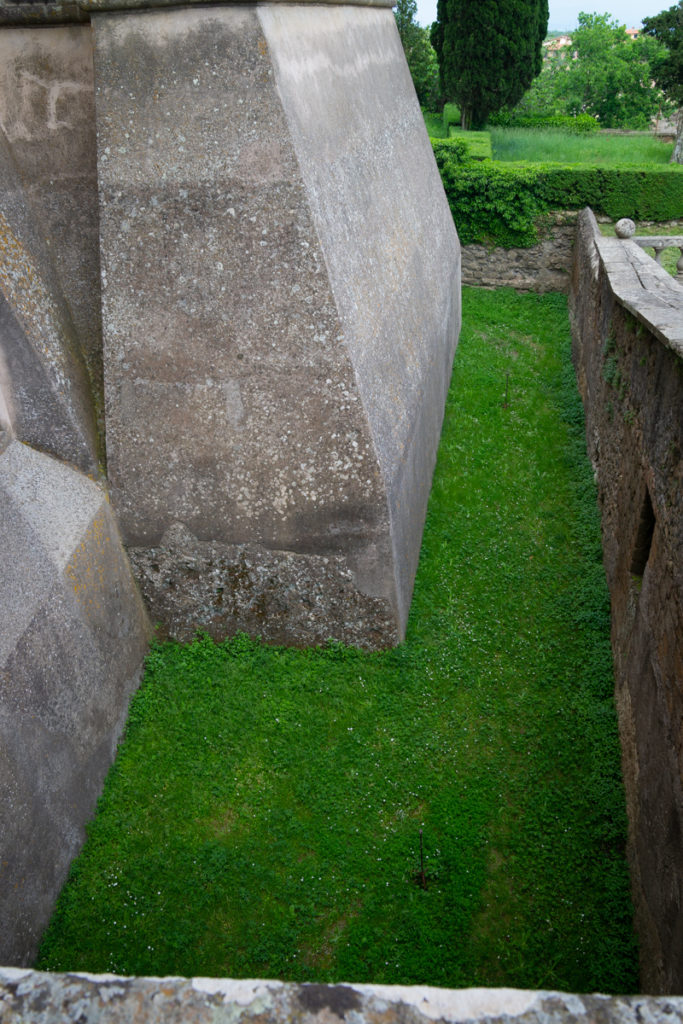
Scenes from the Palazzo Farnese. More on the Palazzo Farnese: The Villa Farnese, also known as Villa Caprarola, is a mansion in the town of Caprarola in the province of Viterbo, Northern Lazio, Italy, approximately 50 kilometres north-west of Rome. This villa should not be confused with the Palazzo Farnese and the Villa Farnesina, both in Rome. A property of the Republic of Italy, Villa Farnese is run by the Polo Museale del Lazio. The Villa Farnese is situated directly above the town of Caprarola and dominates its surroundings. It is a massive Renaissance and Mannerist construction, opening to the Monte Cimini, a range of densely wooded volcanic hills. It is built on a five-sided plan in reddish gold stone; buttresses support the upper floors. As a centerpiece of the vast Farnese holdings, Caprarola has always been an expression of Farnese power, rather than a villa in the more usual agricultural or pleasure senses. (Thanks, Wikipedia!) 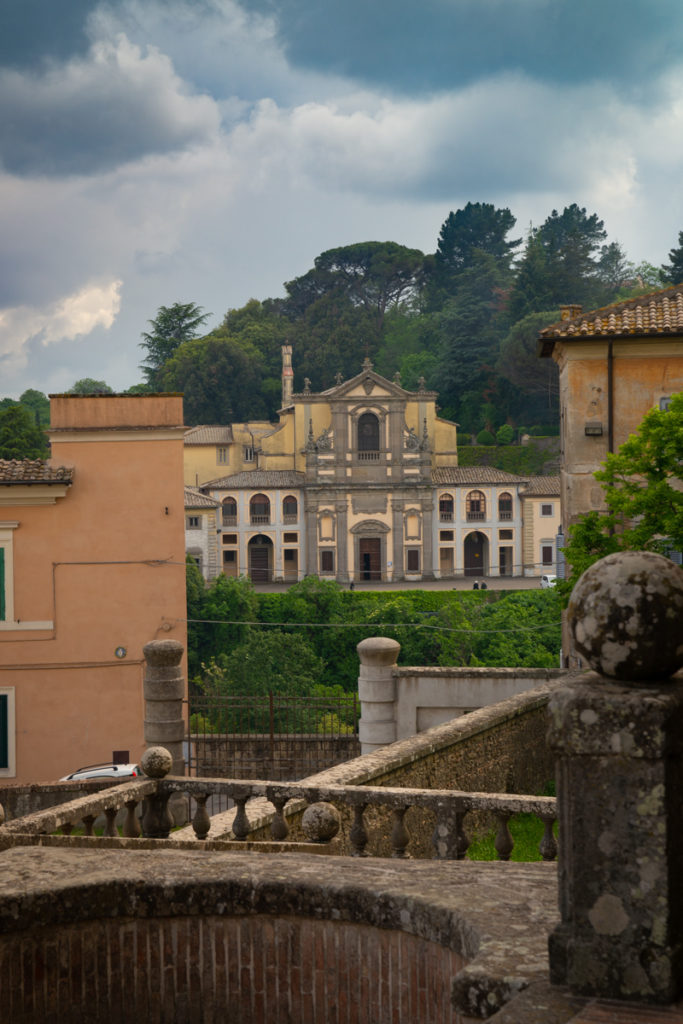
The view out over town from the Palazzo Farnese. More on the Palazzo Farnese: The Villa Farnese, also known as Villa Caprarola, is a mansion in the town of Caprarola in the province of Viterbo, Northern Lazio, Italy, approximately 50 kilometres north-west of Rome. This villa should not be confused with the Palazzo Farnese and the Villa Farnesina, both in Rome. A property of the Republic of Italy, Villa Farnese is run by the Polo Museale del Lazio. The Villa Farnese is situated directly above the town of Caprarola and dominates its surroundings. It is a massive Renaissance and Mannerist construction, opening to the Monte Cimini, a range of densely wooded volcanic hills. It is built on a five-sided plan in reddish gold stone; buttresses support the upper floors. As a centerpiece of the vast Farnese holdings, Caprarola has always been an expression of Farnese power, rather than a villa in the more usual agricultural or pleasure senses. (Thanks, Wikipedia!) 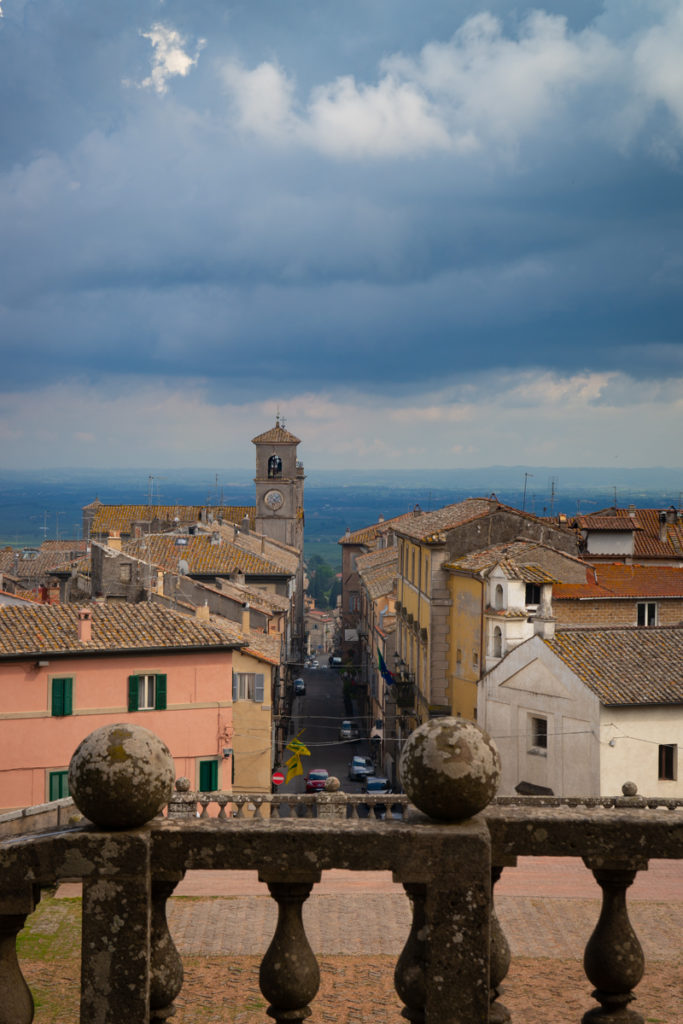
The view out over town from the Palazzo Farnese. More on the Palazzo Farnese: The Villa Farnese, also known as Villa Caprarola, is a mansion in the town of Caprarola in the province of Viterbo, Northern Lazio, Italy, approximately 50 kilometres north-west of Rome. This villa should not be confused with the Palazzo Farnese and the Villa Farnesina, both in Rome. A property of the Republic of Italy, Villa Farnese is run by the Polo Museale del Lazio. The Villa Farnese is situated directly above the town of Caprarola and dominates its surroundings. It is a massive Renaissance and Mannerist construction, opening to the Monte Cimini, a range of densely wooded volcanic hills. It is built on a five-sided plan in reddish gold stone; buttresses support the upper floors. As a centerpiece of the vast Farnese holdings, Caprarola has always been an expression of Farnese power, rather than a villa in the more usual agricultural or pleasure senses. (Thanks, Wikipedia!) 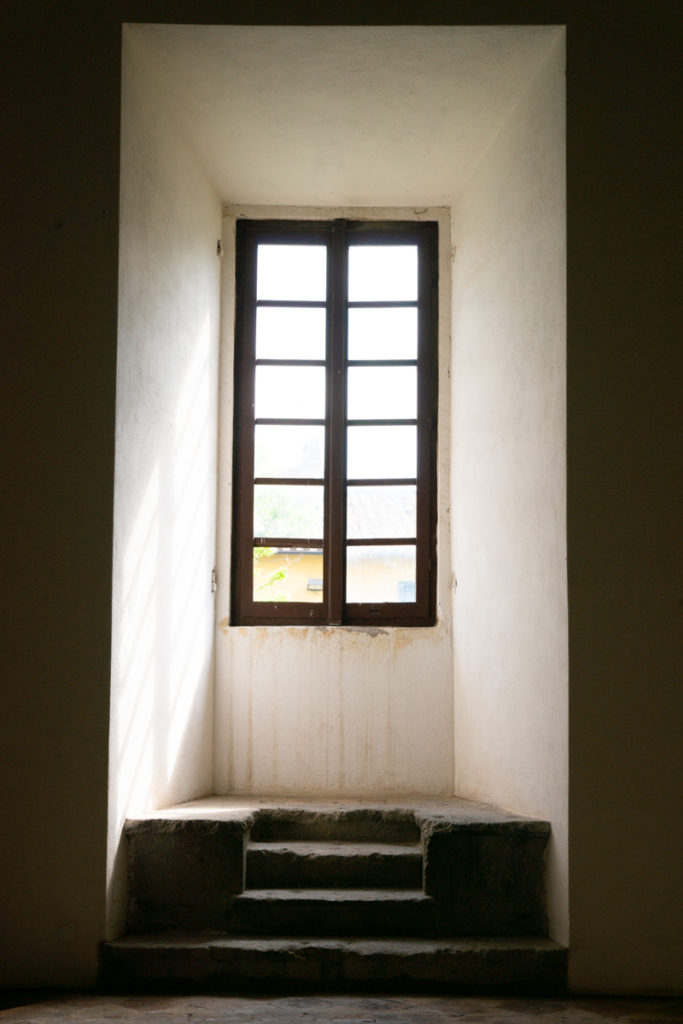
Scenes from the palazzo. More on the Palazzo Farnese: The Villa Farnese, also known as Villa Caprarola, is a mansion in the town of Caprarola in the province of Viterbo, Northern Lazio, Italy, approximately 50 kilometres north-west of Rome. This villa should not be confused with the Palazzo Farnese and the Villa Farnesina, both in Rome. A property of the Republic of Italy, Villa Farnese is run by the Polo Museale del Lazio. The Villa Farnese is situated directly above the town of Caprarola and dominates its surroundings. It is a massive Renaissance and Mannerist construction, opening to the Monte Cimini, a range of densely wooded volcanic hills. It is built on a five-sided plan in reddish gold stone; buttresses support the upper floors. As a centerpiece of the vast Farnese holdings, Caprarola has always been an expression of Farnese power, rather than a villa in the more usual agricultural or pleasure senses. (Thanks, Wikipedia!) 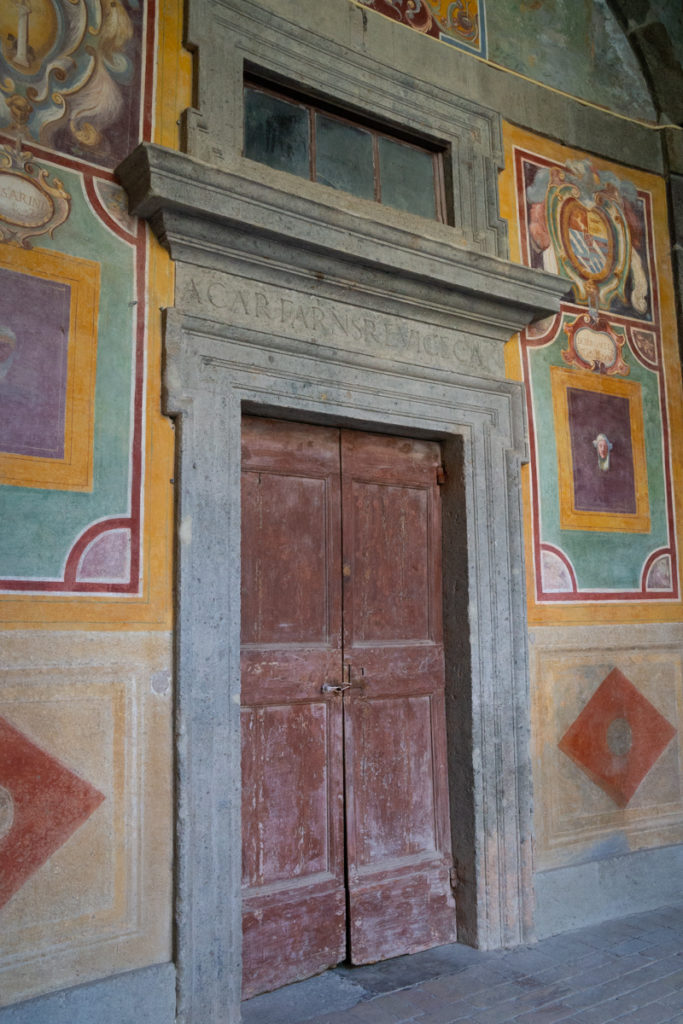
Scenes from the palazzo. More on the Palazzo Farnese: The Villa Farnese, also known as Villa Caprarola, is a mansion in the town of Caprarola in the province of Viterbo, Northern Lazio, Italy, approximately 50 kilometres north-west of Rome. This villa should not be confused with the Palazzo Farnese and the Villa Farnesina, both in Rome. A property of the Republic of Italy, Villa Farnese is run by the Polo Museale del Lazio. The Villa Farnese is situated directly above the town of Caprarola and dominates its surroundings. It is a massive Renaissance and Mannerist construction, opening to the Monte Cimini, a range of densely wooded volcanic hills. It is built on a five-sided plan in reddish gold stone; buttresses support the upper floors. As a centerpiece of the vast Farnese holdings, Caprarola has always been an expression of Farnese power, rather than a villa in the more usual agricultural or pleasure senses. (Thanks, Wikipedia!) 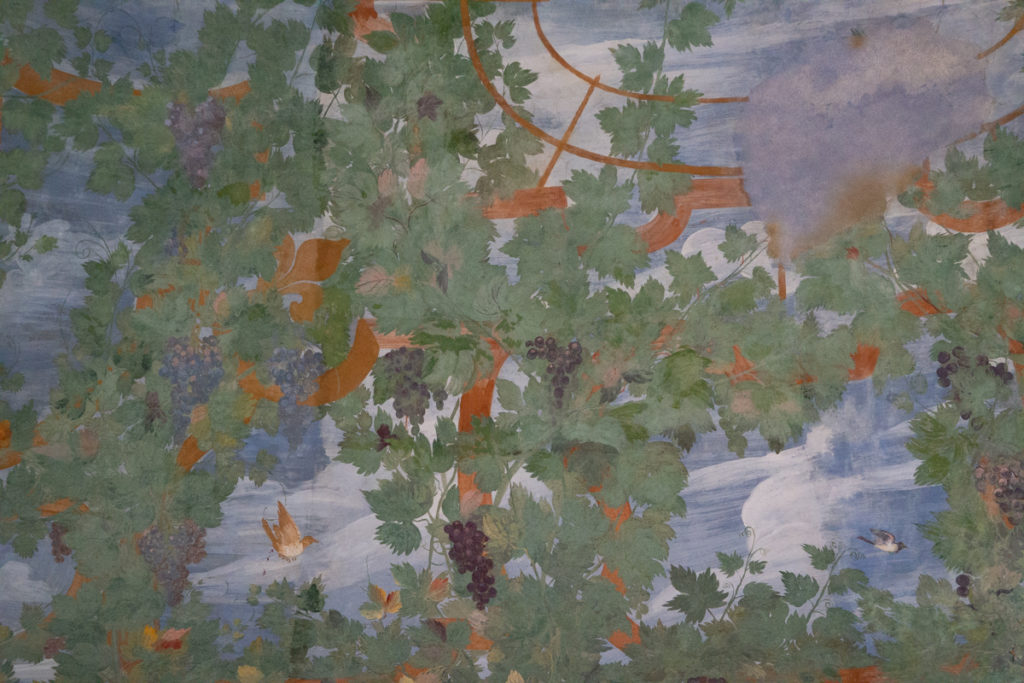
Scenes from the palazzo. More on the Palazzo Farnese: The Villa Farnese, also known as Villa Caprarola, is a mansion in the town of Caprarola in the province of Viterbo, Northern Lazio, Italy, approximately 50 kilometres north-west of Rome. This villa should not be confused with the Palazzo Farnese and the Villa Farnesina, both in Rome. A property of the Republic of Italy, Villa Farnese is run by the Polo Museale del Lazio. The Villa Farnese is situated directly above the town of Caprarola and dominates its surroundings. It is a massive Renaissance and Mannerist construction, opening to the Monte Cimini, a range of densely wooded volcanic hills. It is built on a five-sided plan in reddish gold stone; buttresses support the upper floors. As a centerpiece of the vast Farnese holdings, Caprarola has always been an expression of Farnese power, rather than a villa in the more usual agricultural or pleasure senses. (Thanks, Wikipedia!) 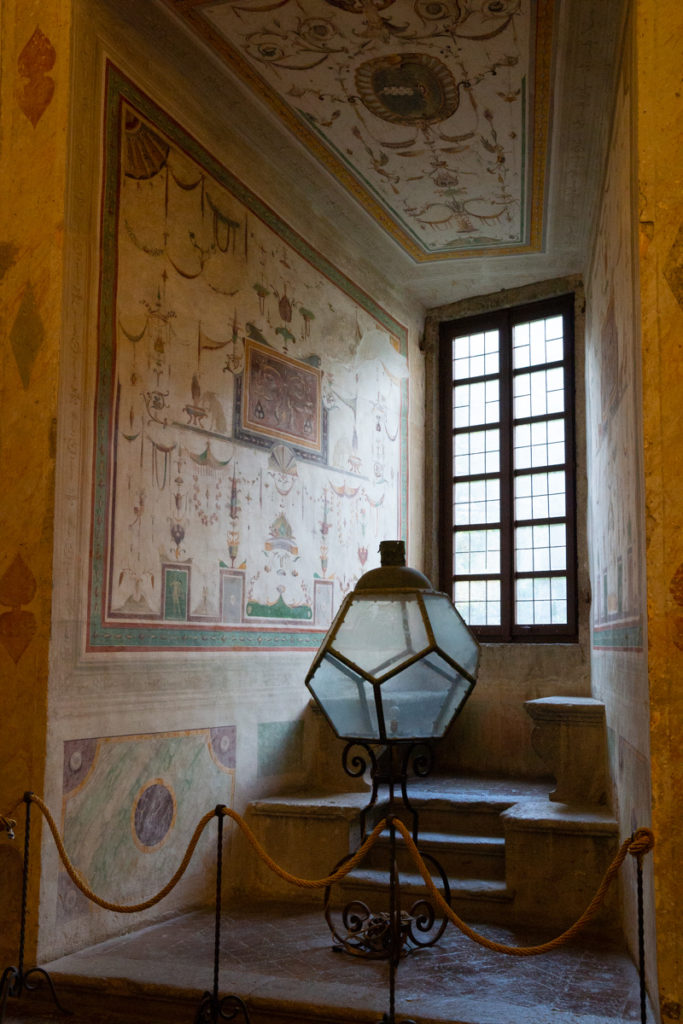
Scenes from the palazzo. I initially thought that really awesome glass thing was a sculpture, but on closer examination it’s a light that was taken down and turned upside down for storage. 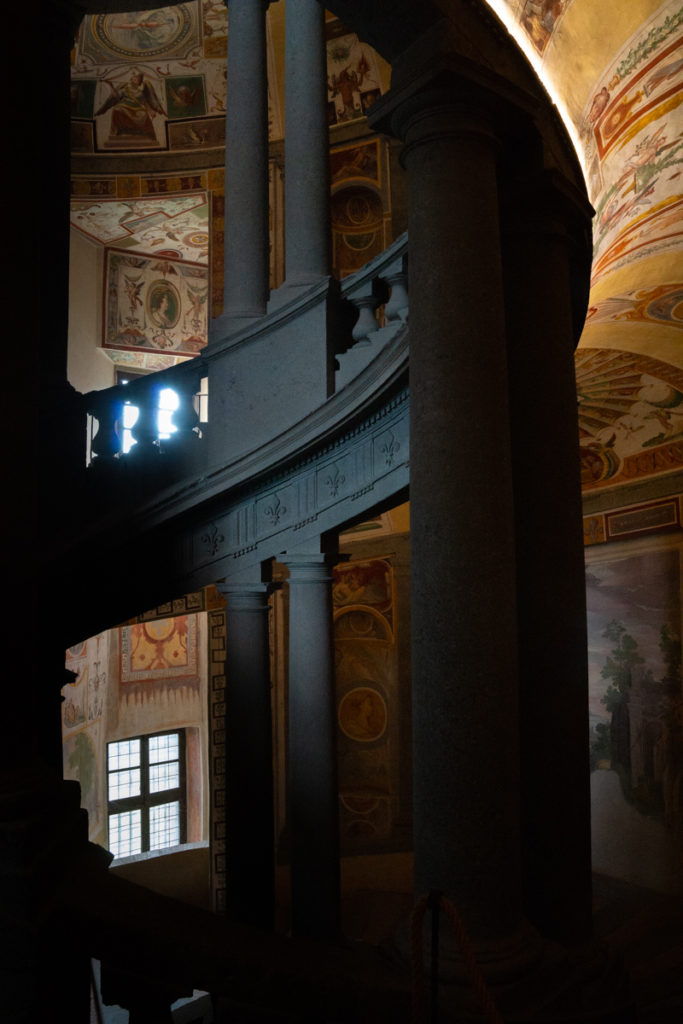
A gem of 16th-century architecture, the Scala Regia, or Royal Staircase, was already being hailed as a masterpiece of Vignola’s by contemporaries. The most original aspect of the structure is its helicoidal form, which is used in an original way: the spiral stairs, which had always been adopted for practical reasons and to provide access for the servants, became a grand staircase. (Thanks, informational placard!) 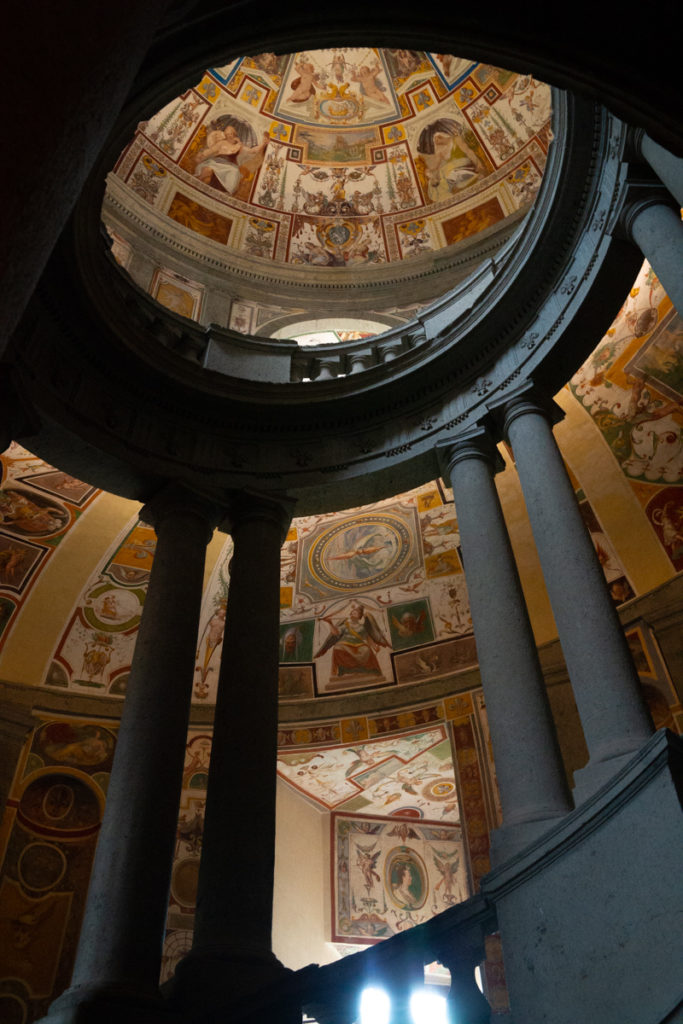
A gem of 16th-century architecture, the Scala Regia, or Royal Staircase, was already being hailed as a masterpiece of Vignola’s by contemporaries. The most original aspect of the structure is its helicoidal form, which is used in an original way: the spiral stairs, which had always been adopted for practical reasons and to provide access for the servants, became a grand staircase. (Thanks, informational placard!) 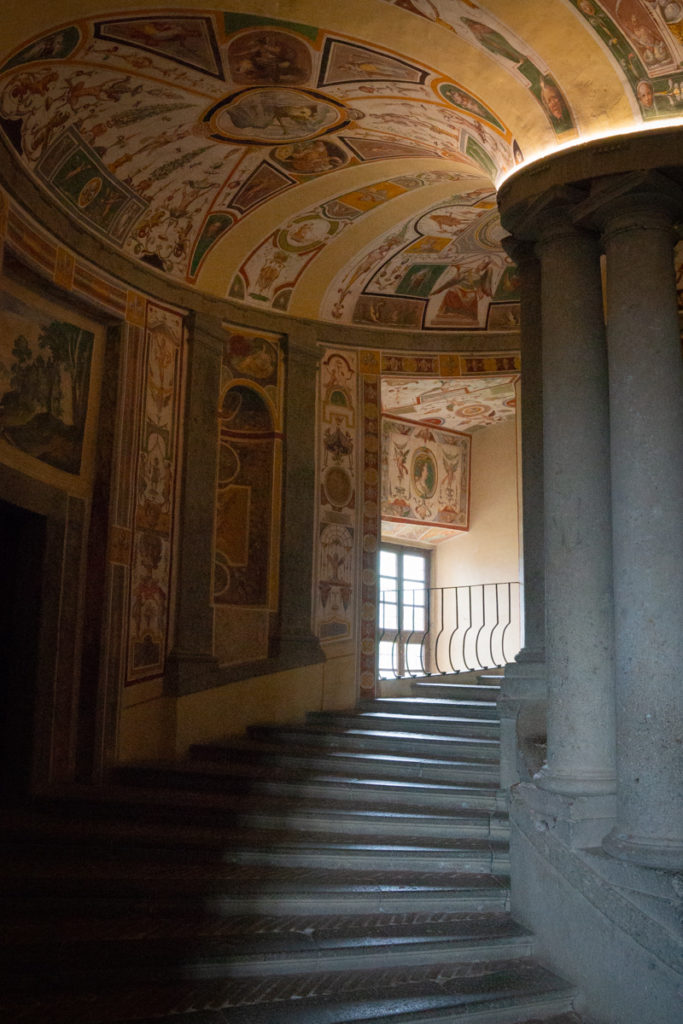
A gem of 16th-century architecture, the Scala Regia, or Royal Staircase, was already being hailed as a masterpiece of Vignola’s by contemporaries. The most original aspect of the structure is its helicoidal form, which is used in an original way: the spiral stairs, which had always been adopted for practical reasons and to provide access for the servants, became a grand staircase. (Thanks, informational placard!) 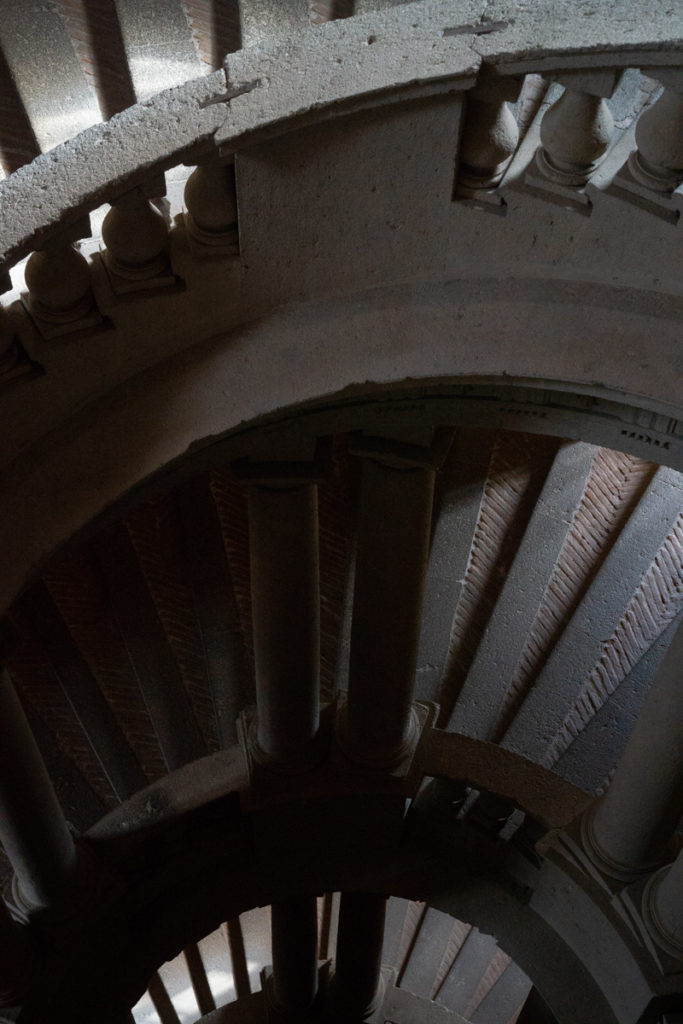
A gem of 16th-century architecture, the Scala Regia, or Royal Staircase, was already being hailed as a masterpiece of Vignola’s by contemporaries. The most original aspect of the structure is its helicoidal form, which is used in an original way: the spiral stairs, which had always been adopted for practical reasons and to provide access for the servants, became a grand staircase. (Thanks, informational placard!) 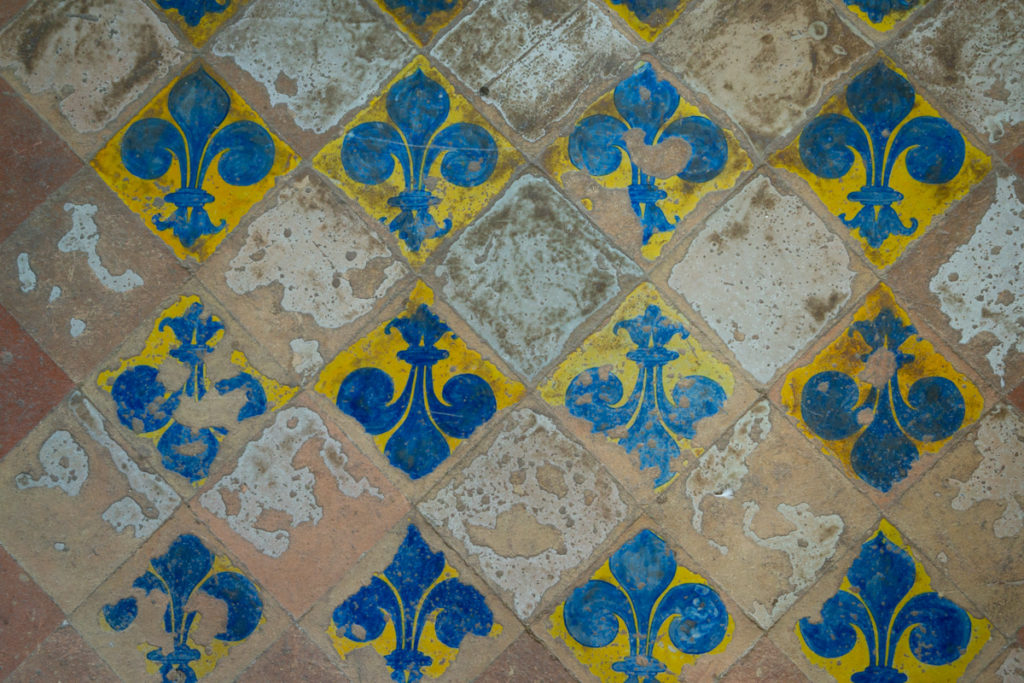
Scenes from the palazzo. More on the Palazzo Farnese: The Villa Farnese, also known as Villa Caprarola, is a mansion in the town of Caprarola in the province of Viterbo, Northern Lazio, Italy, approximately 50 kilometres north-west of Rome. This villa should not be confused with the Palazzo Farnese and the Villa Farnesina, both in Rome. A property of the Republic of Italy, Villa Farnese is run by the Polo Museale del Lazio. The Villa Farnese is situated directly above the town of Caprarola and dominates its surroundings. It is a massive Renaissance and Mannerist construction, opening to the Monte Cimini, a range of densely wooded volcanic hills. It is built on a five-sided plan in reddish gold stone; buttresses support the upper floors. As a centerpiece of the vast Farnese holdings, Caprarola has always been an expression of Farnese power, rather than a villa in the more usual agricultural or pleasure senses. (Thanks, Wikipedia!) 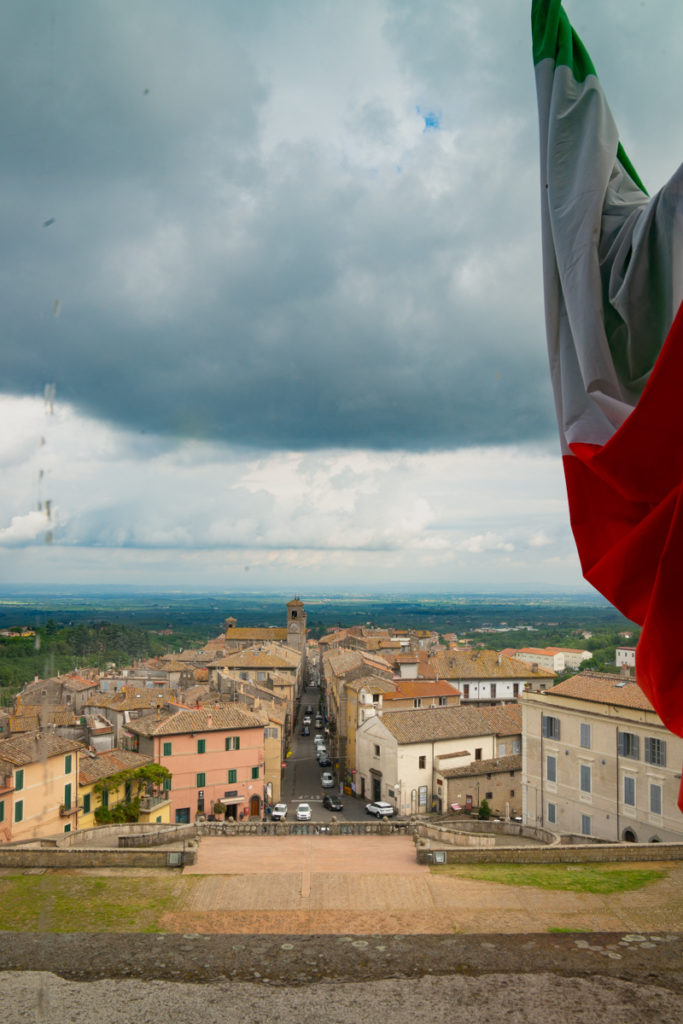
Looking out over Caprarola from the Palazzo Farnese. 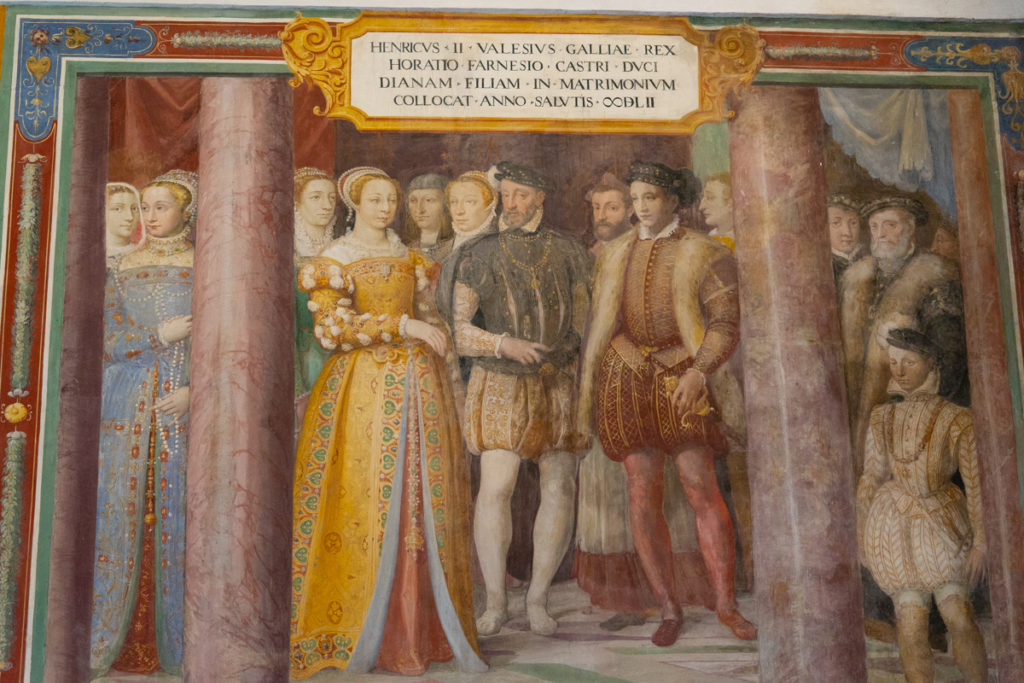
Frescoes in the Palazzo Farnese. LOOK AT THAT DRESS. 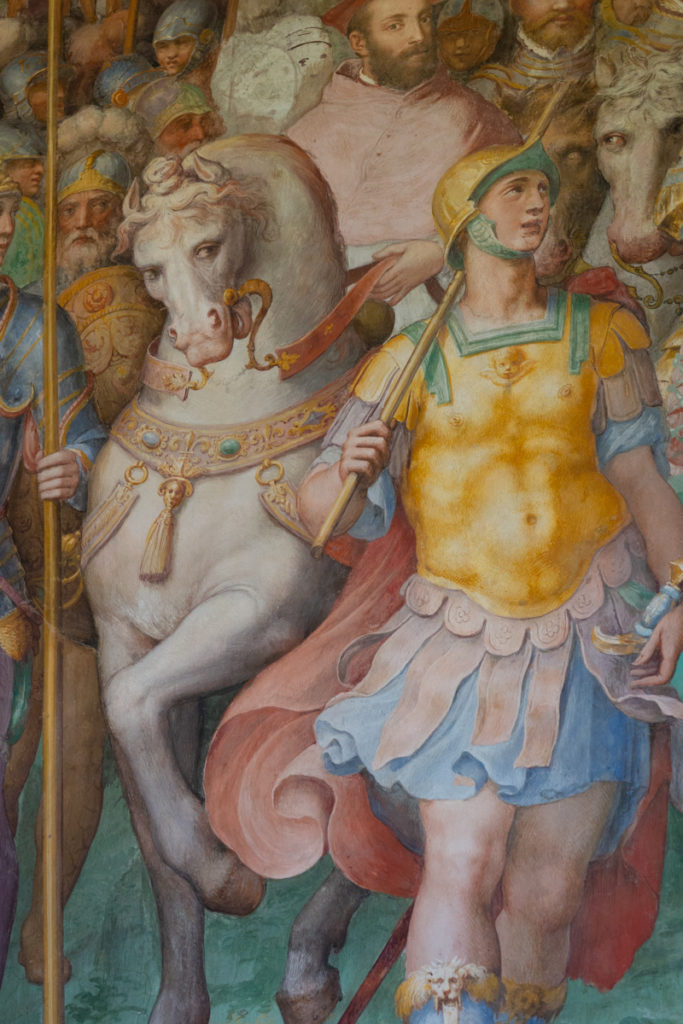
Frescoes in the Palazzo Farnese. This place featured a startling number of amorous painted horses. 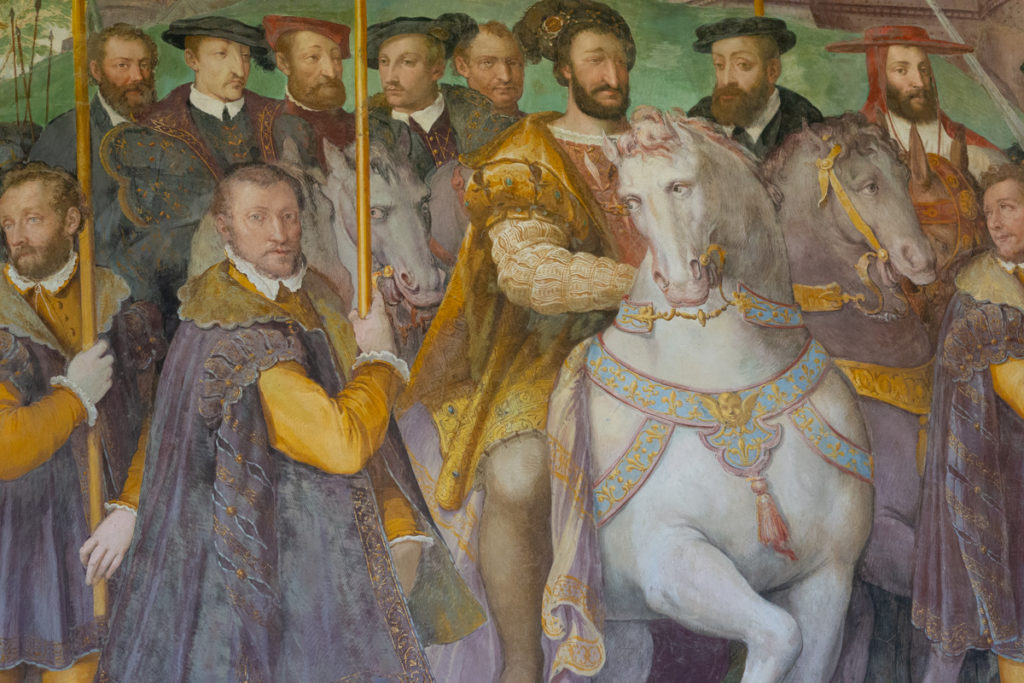
Frescoes in the Palazzo Farnese. Amorous horse number two. 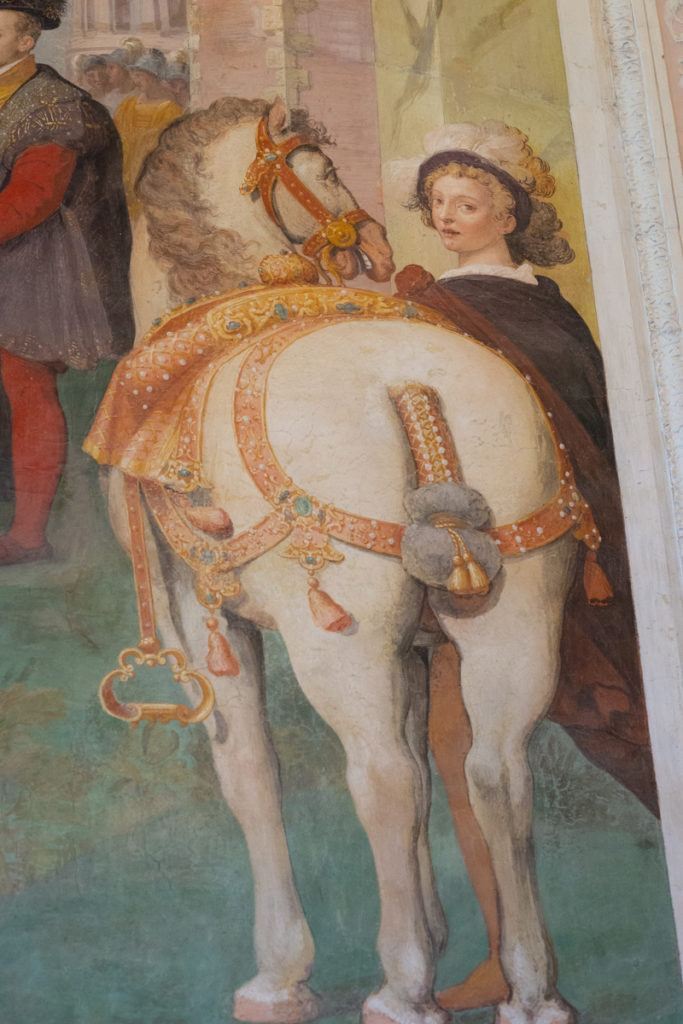
Frescoes in the Palazzo Farnese. Amorous horse number three. 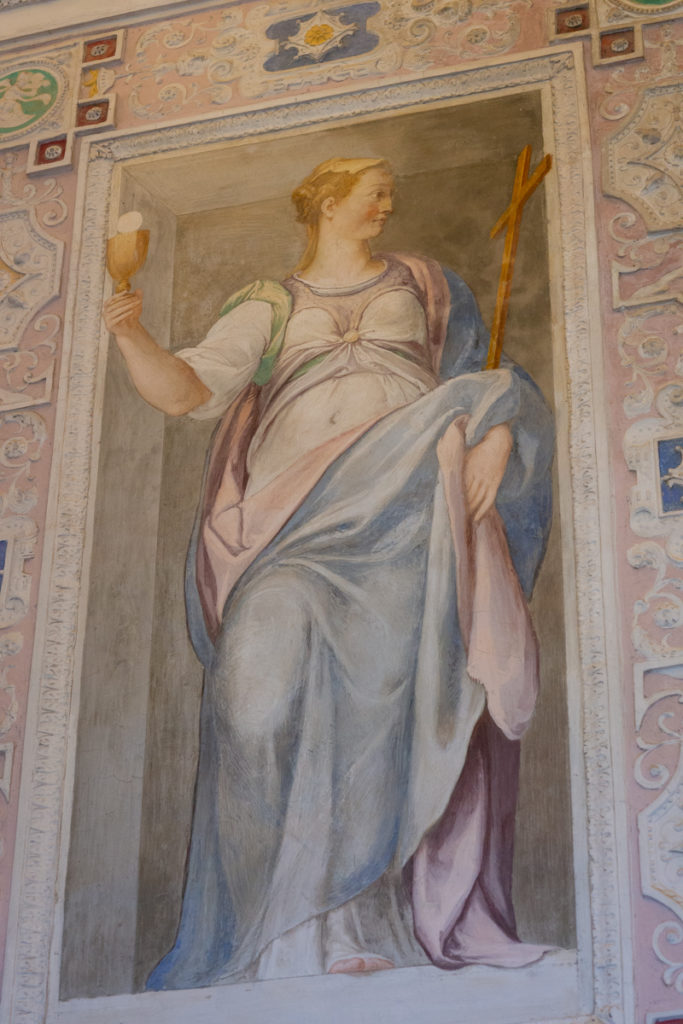
Frescoes in the Palazzo Farnese. 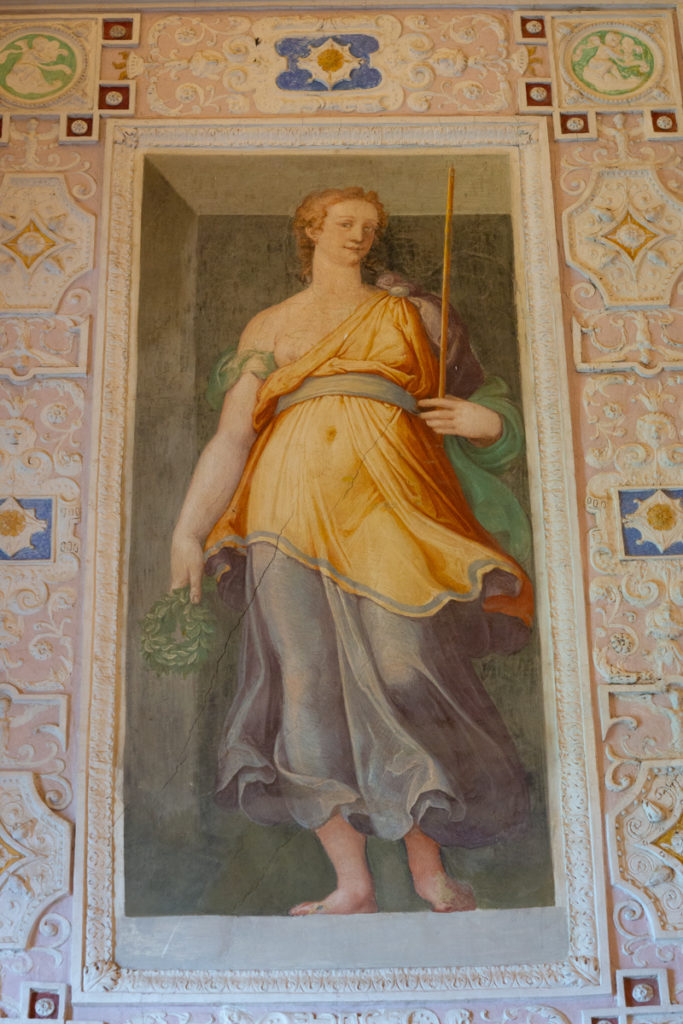
Frescoes in the Palazzo Farnese. 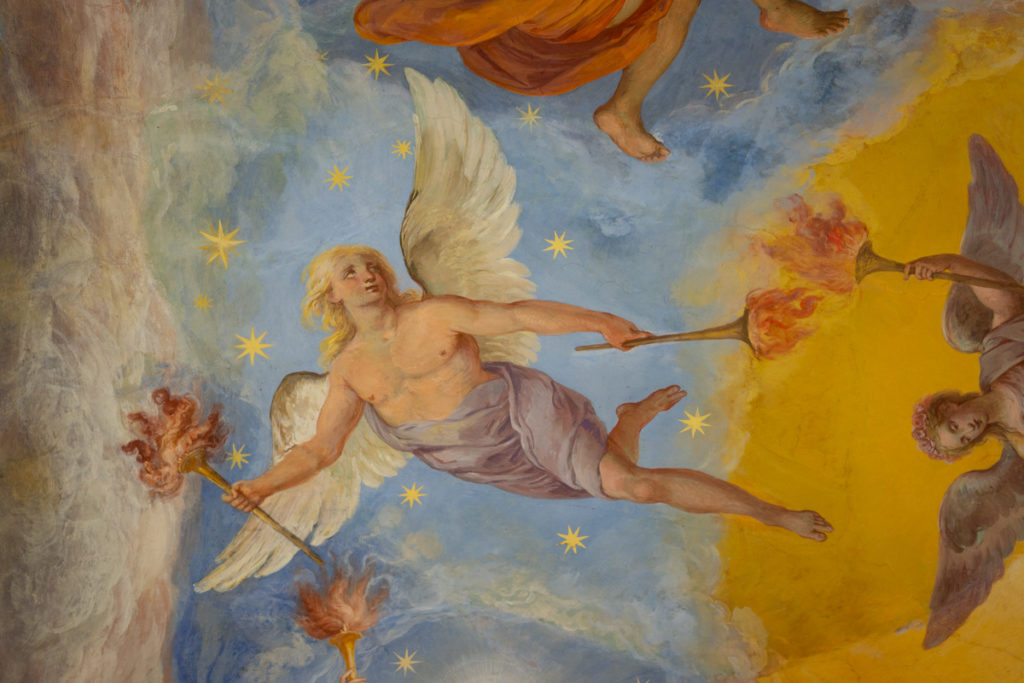
Frescoes in the Palazzo Farnese. 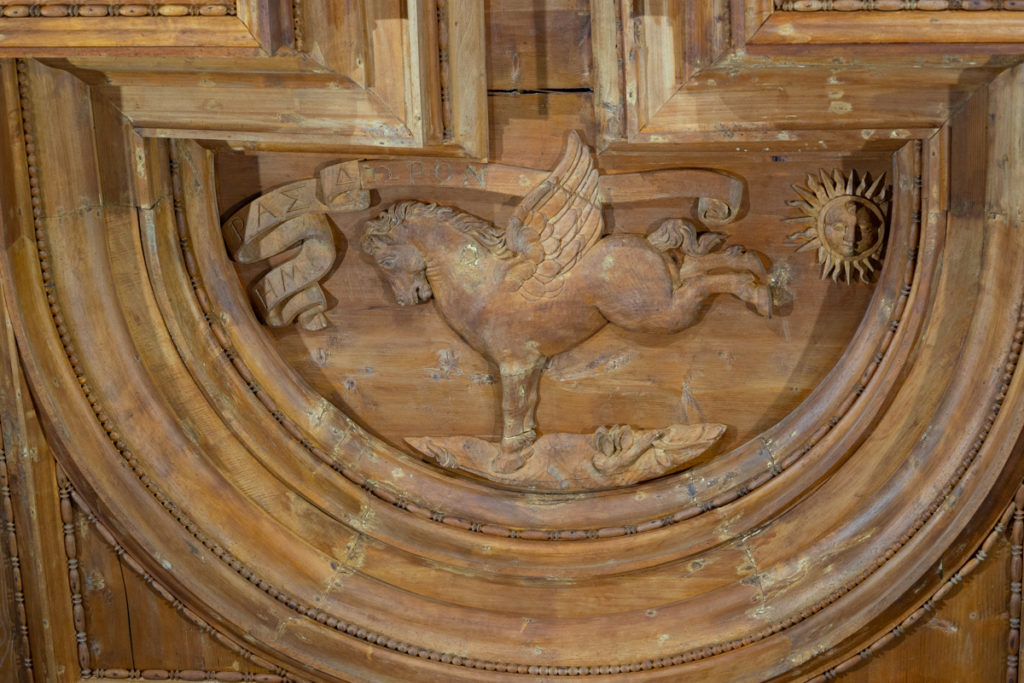
Beautiful wood carvings on the ceilings of the Palazzo Farnese. 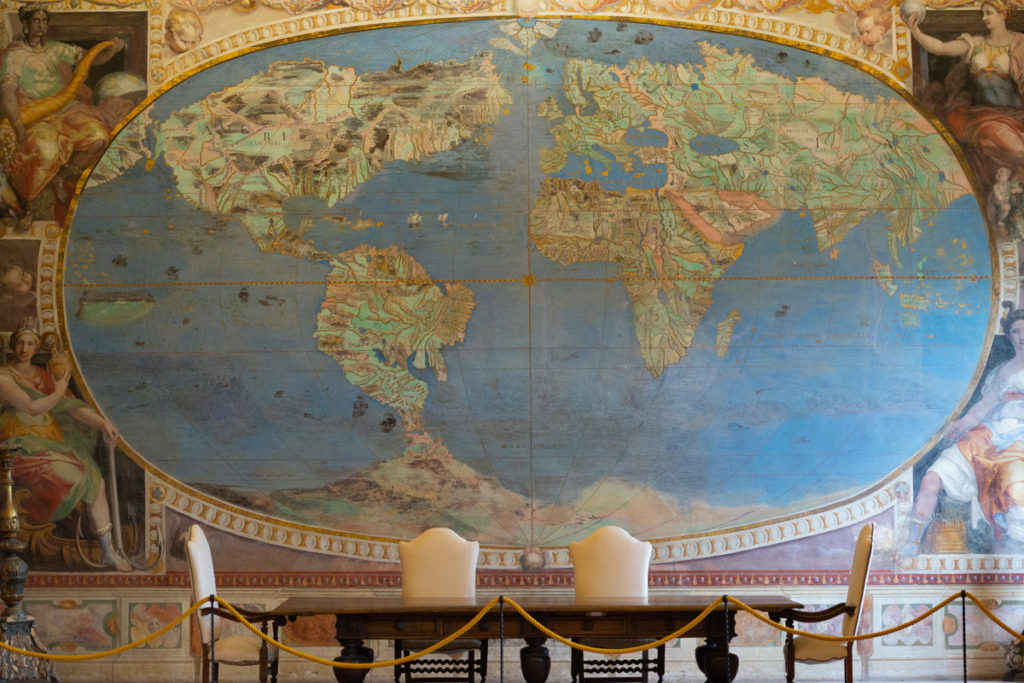
Look at this world map! This is the Room of the World Map, painted by Vanosino in 1573-74. The long walls display the maps of the continents. The doors and windows are surmounted by portraits of the most illustrious explorers. (Thanks, informational placard!) 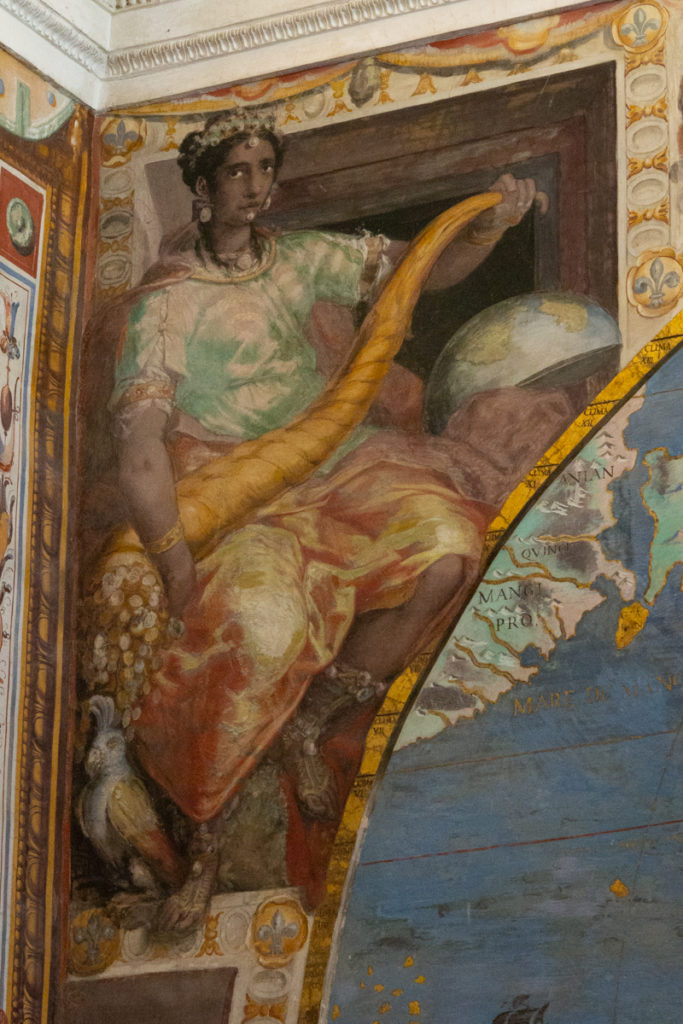
The one person of color depicted in all the artwork we saw (which I suppose makes sense for the era), in the Room of the World Map. 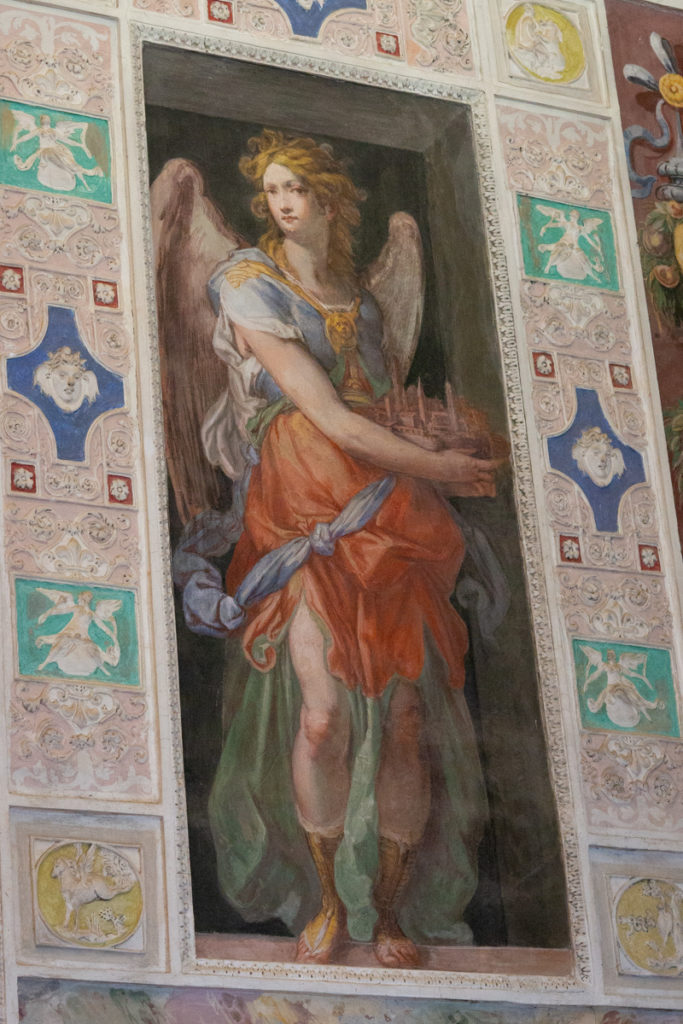
Frescoes in the Palazzo Farnese. 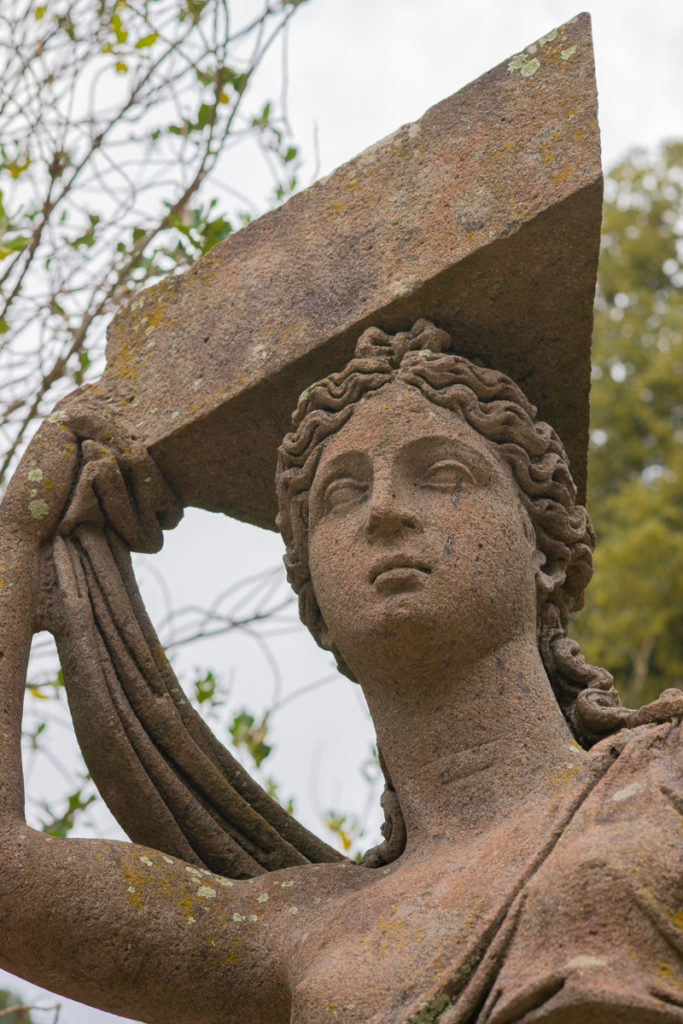
In the gardens of the Palazzo Farnese. 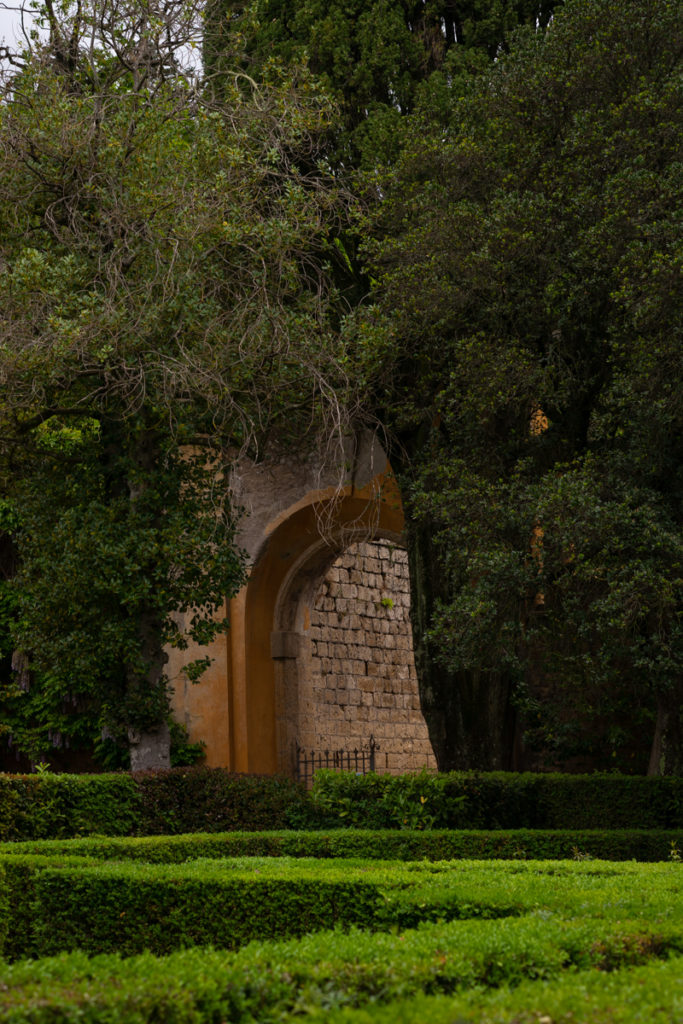
In the gardens of the Palazzo Farnese. 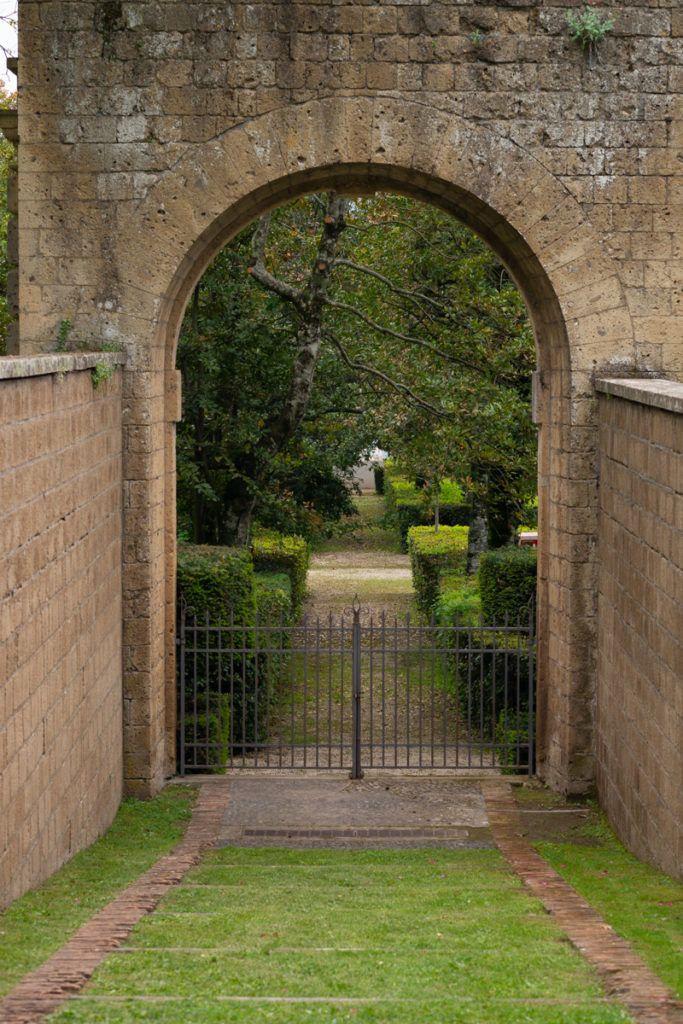
In the gardens of the Palazzo Farnese. 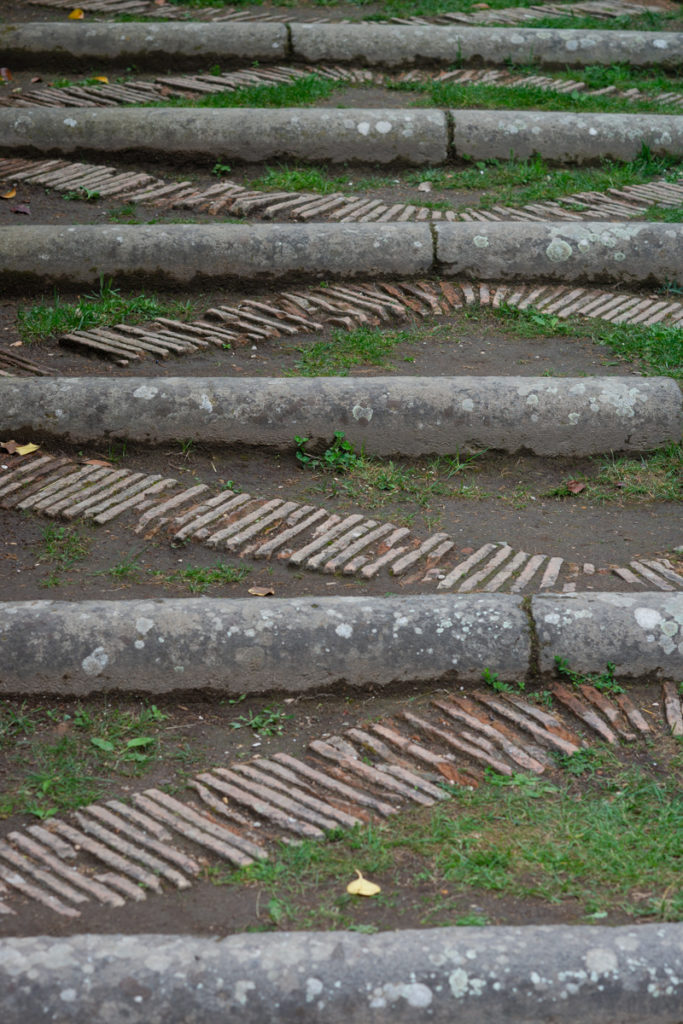
In the gardens of the Palazzo Farnese. 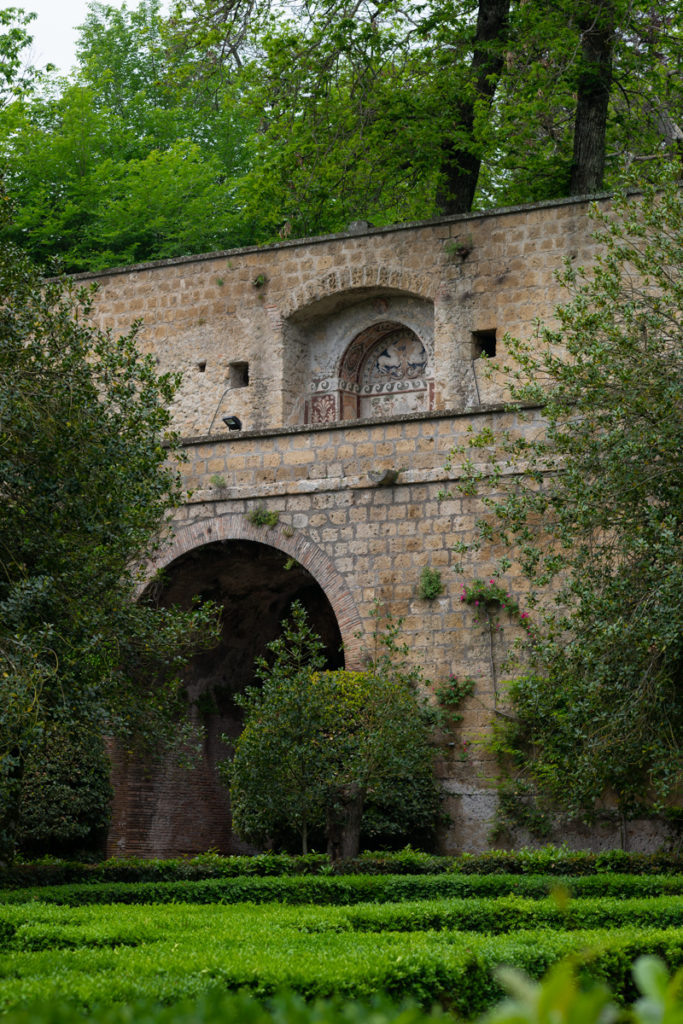
In the gardens of the Palazzo Farnese. 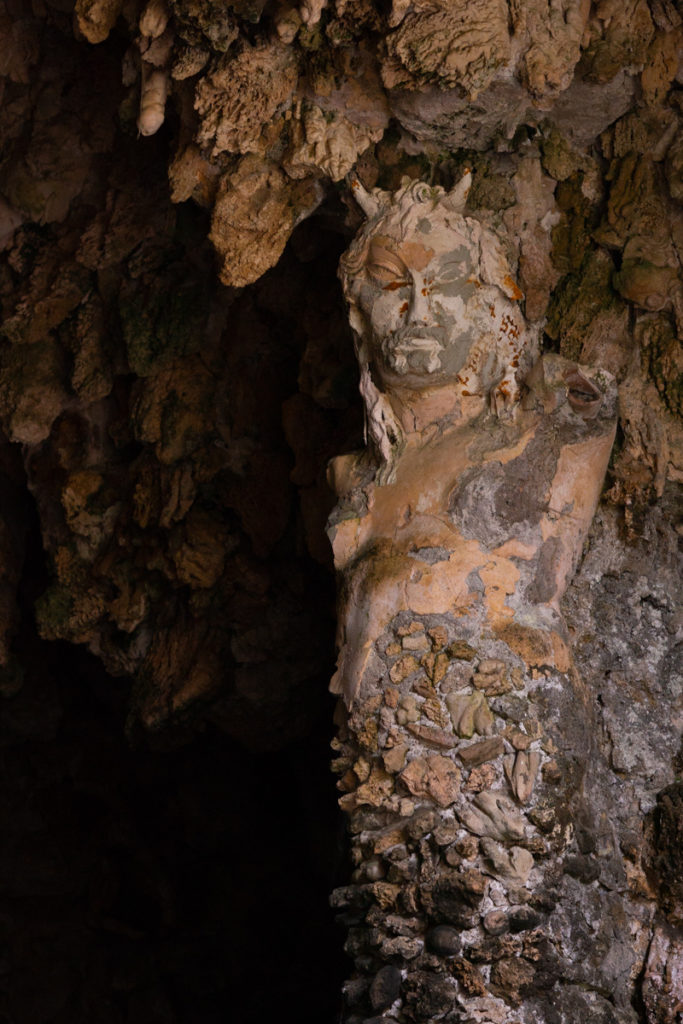
In the Grotto dei Satiri of the Palazzo Farnese. 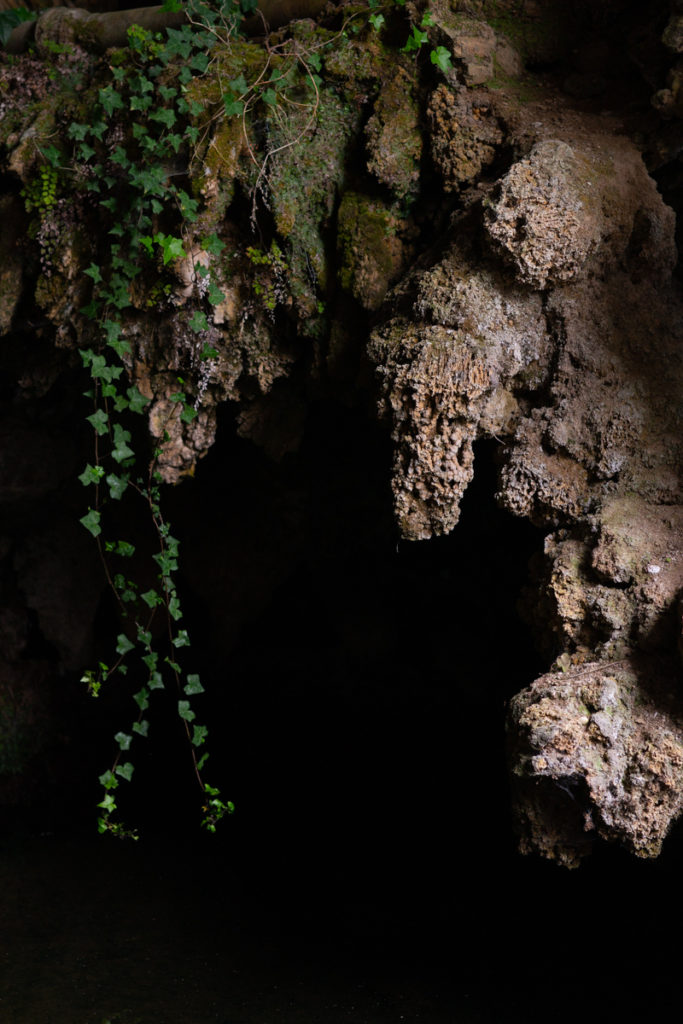
In the Grotto dei Satiri of the Palazzo Farnese. 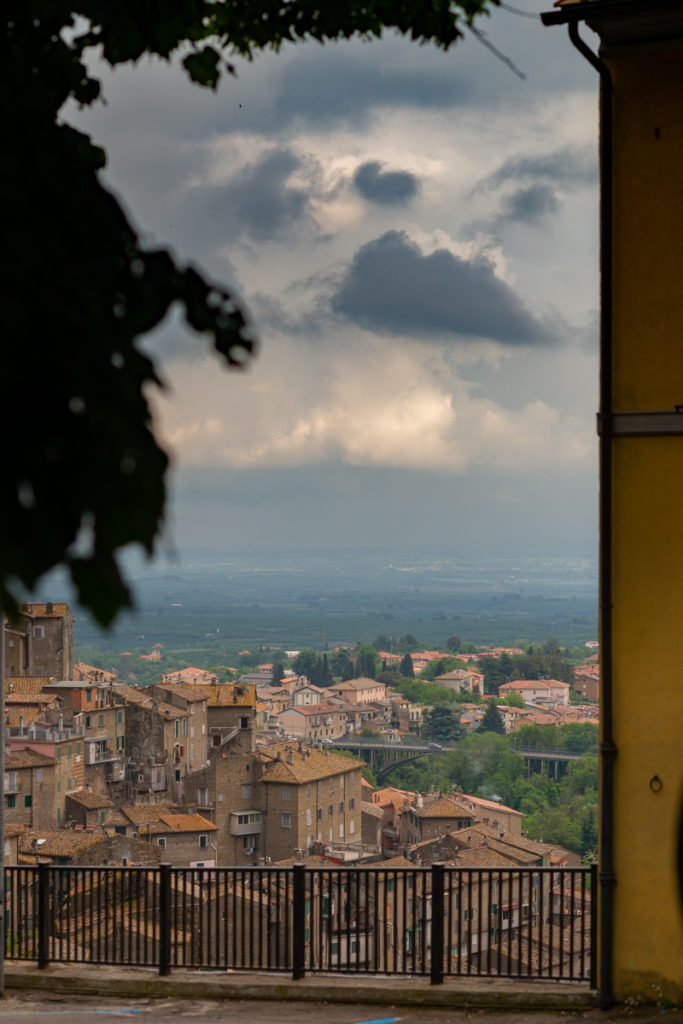
Scenes from Caprarola. 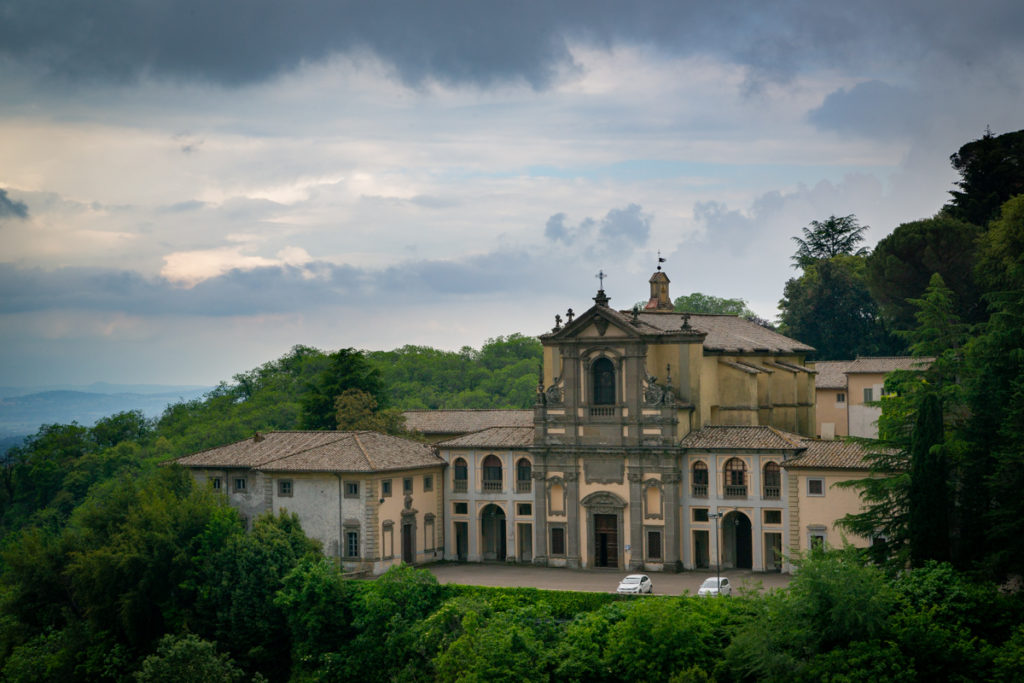
Scenes from Caprarola. 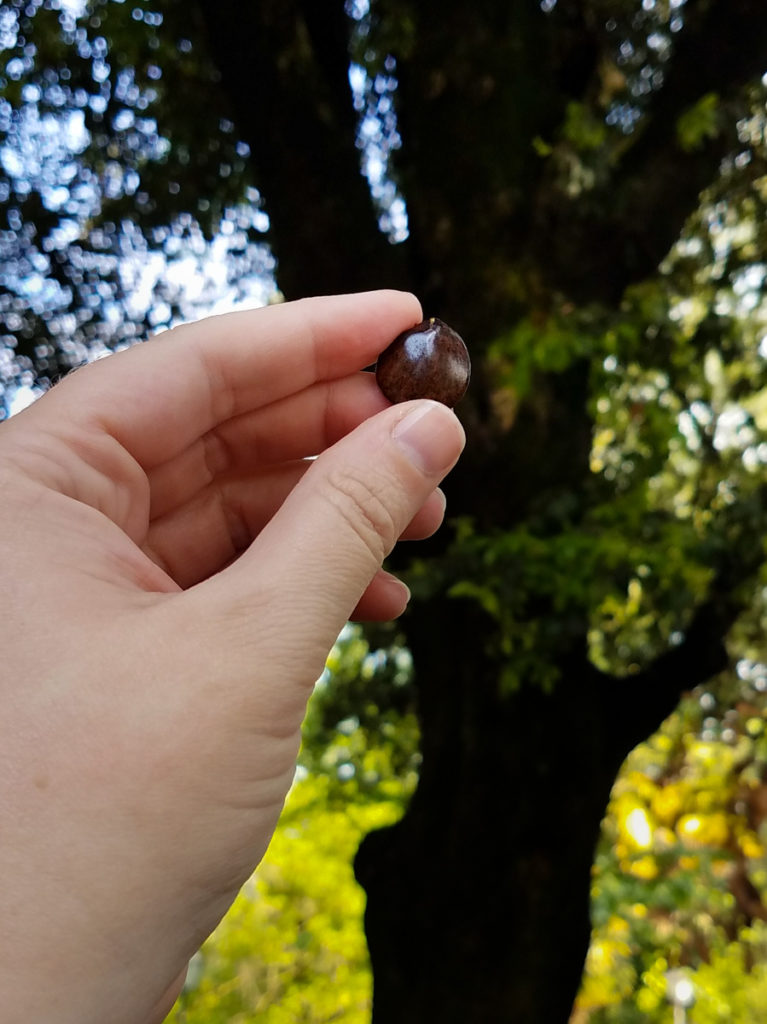
Our hotel in Orvieto. 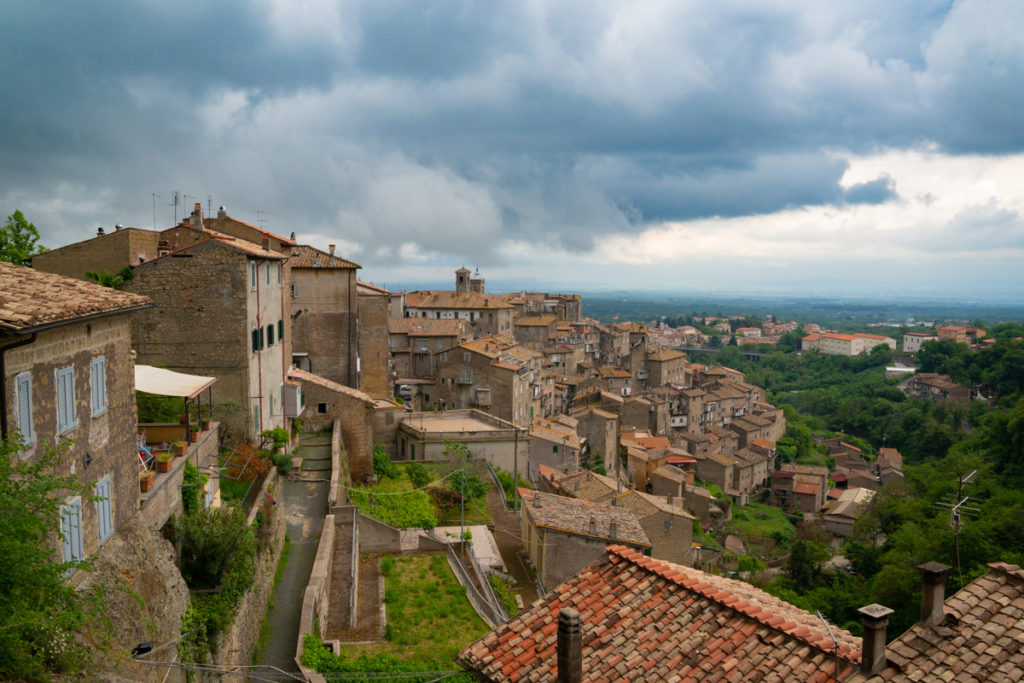
Scenes from Caprarola. 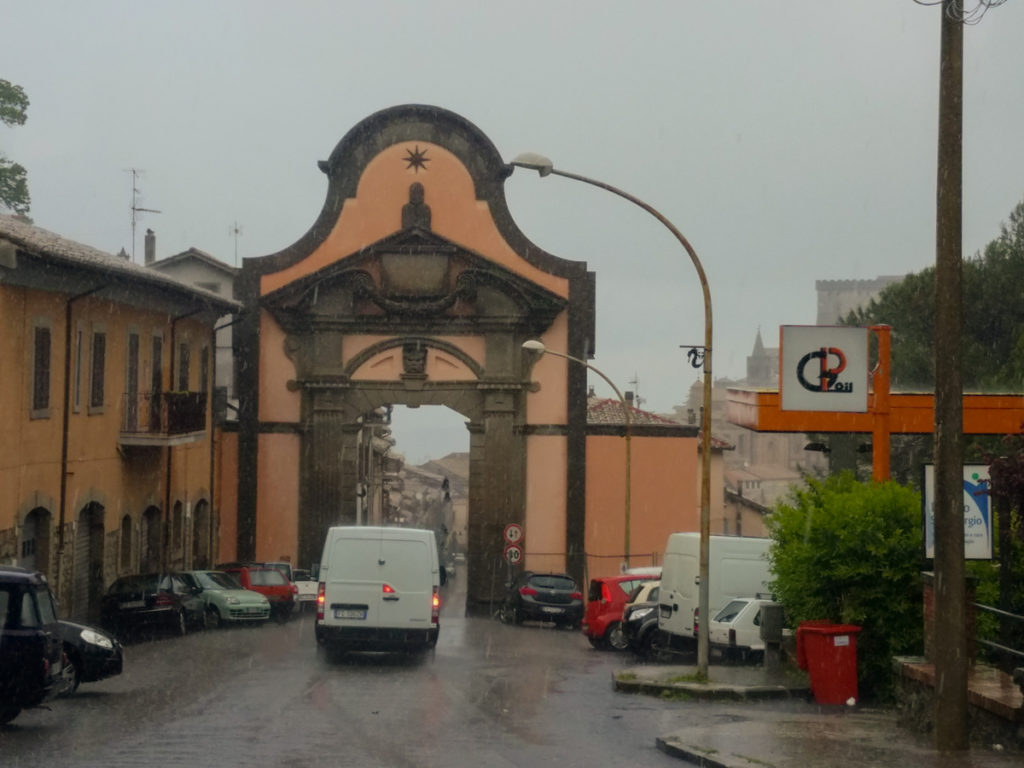
Scenes from Soriano nel Cimino. 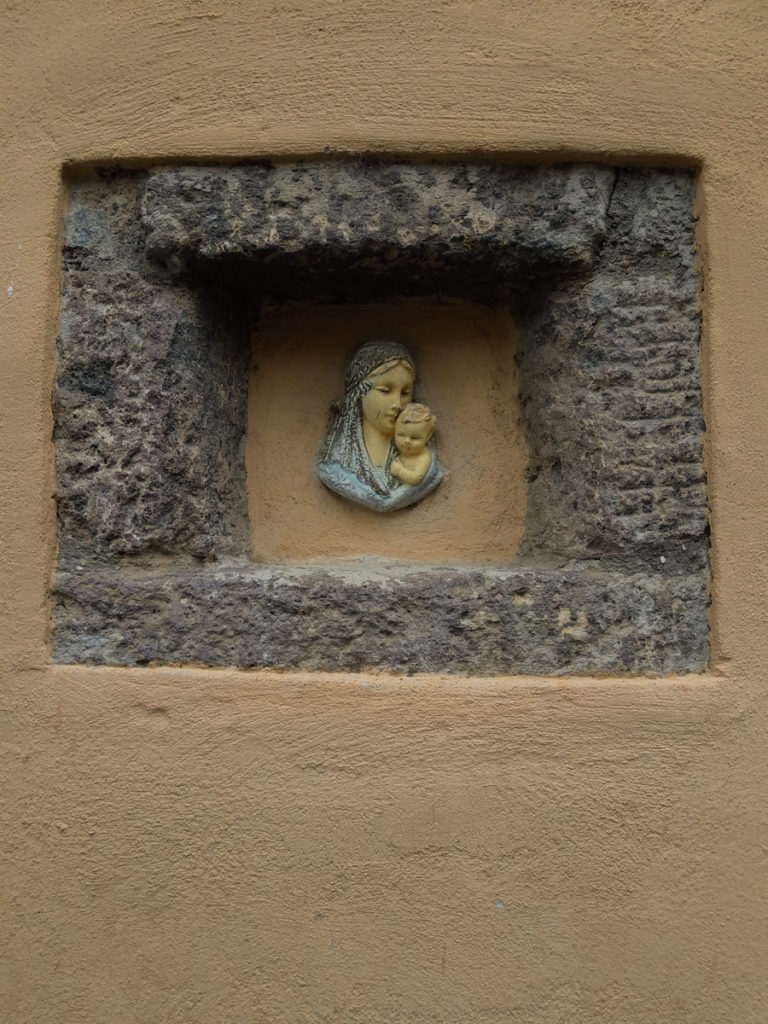
Scenes from Bolsena. We stopped here briefly on our way to the terme. 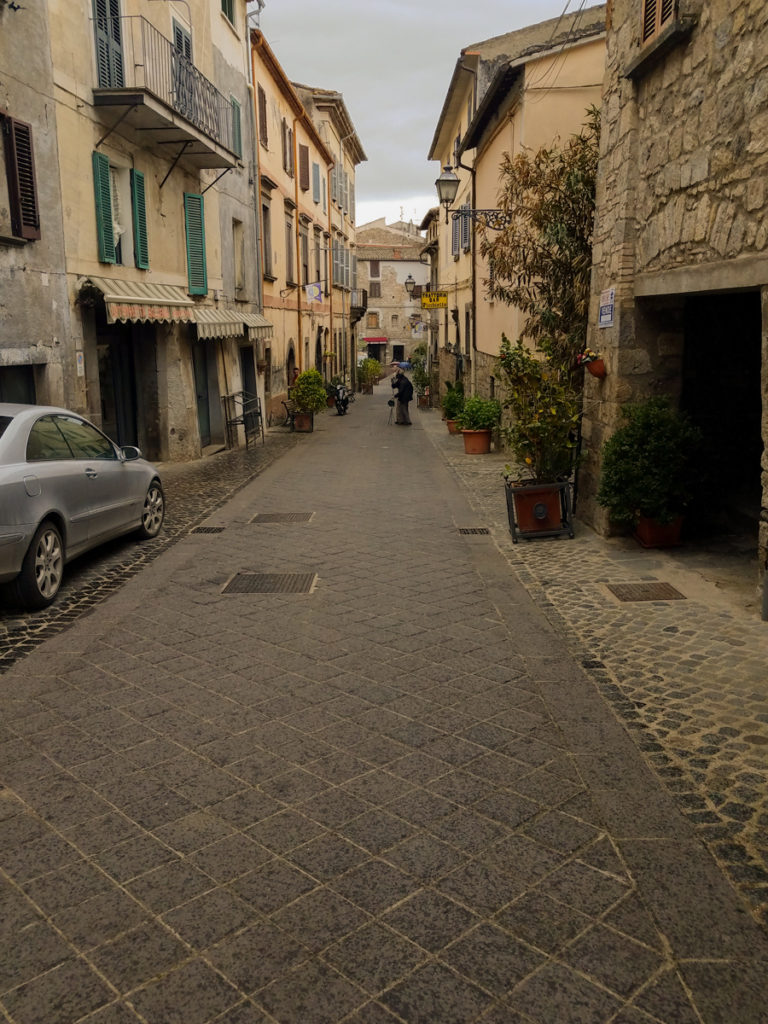
Scenes from Bolsena. We stopped here briefly on our way to the terme. 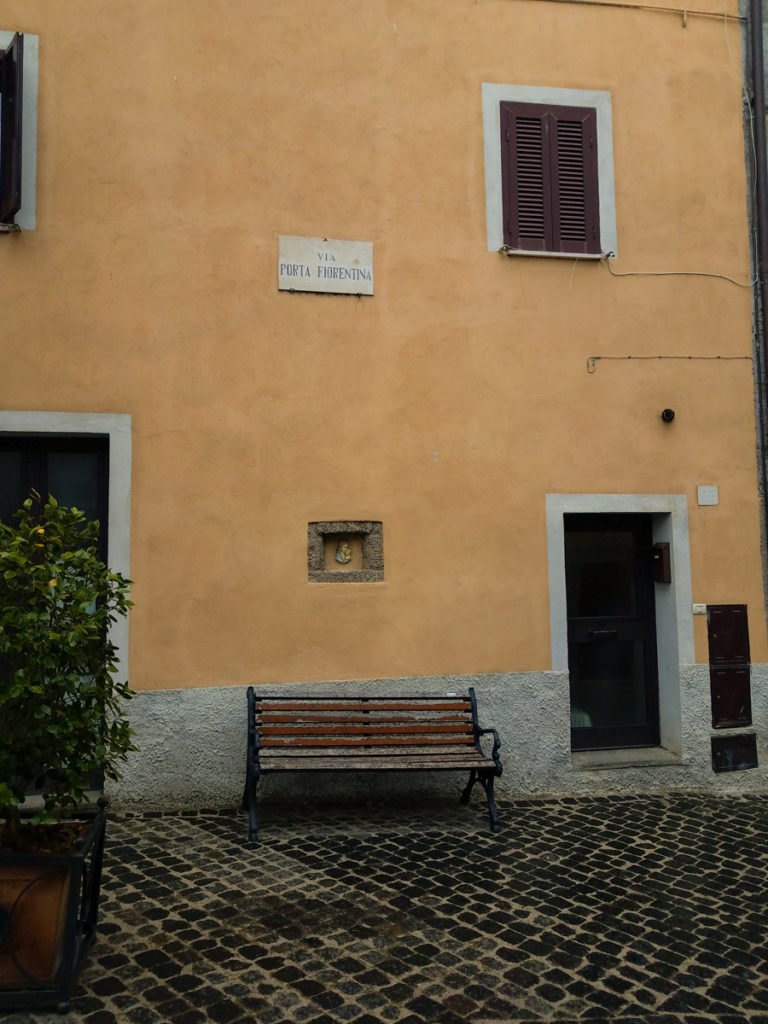
Scenes from Bolsena. We stopped here briefly on our way to the terme. 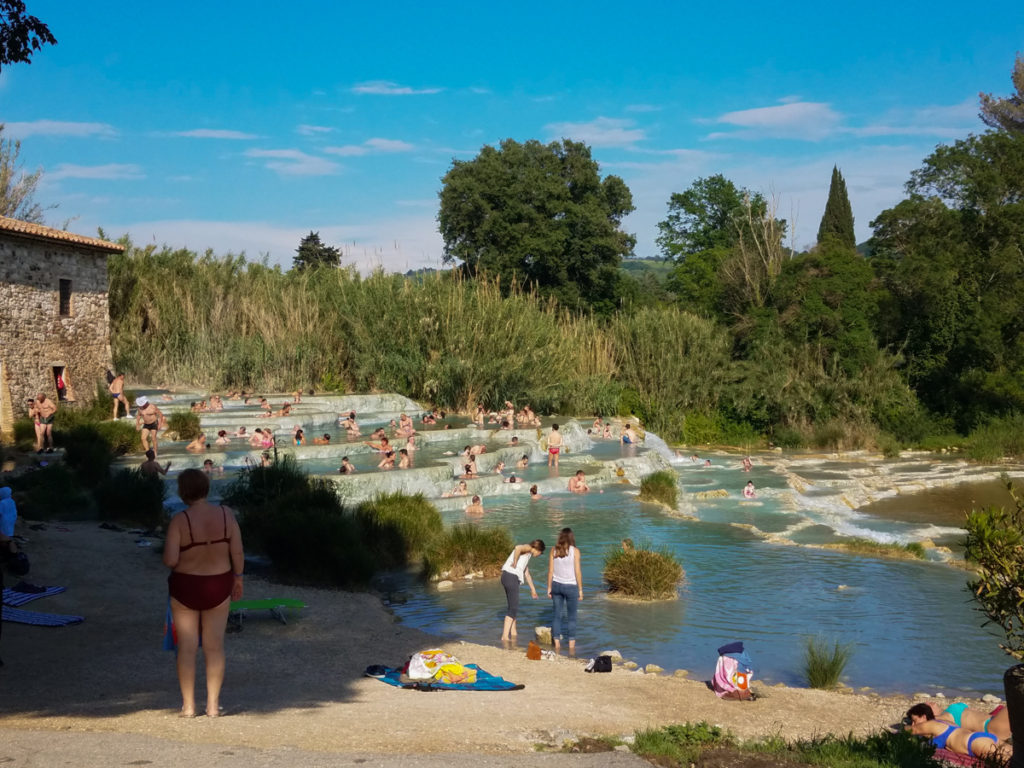
These terme are incredible. The other hot spring we visited was private and didn’t allow photography, and I assumed that was the rule at this public spring as well, so I missed getting good photos. (It was not the rule here. Alas.) The whole thing was just awe-inspiring: On the other side of that stone building (purpose unknown to me), a 15-foot thermal waterfall comes tumbling down the hillside and cascading into the pools, getting cooler as it goes. The waterfall itself is forceful and hard to sit under (though some dudely dudes were managing), so most people choose a shallow terrace pool at their preferred level of heat and just chill. We were there on a weekday, but there seemed to be a lot of locals hanging out, lots of families. The little terrace pools themselves are mostly ankle to shin deep. The bottom is covered in little round pebbles that develop from the minerals in the water. We sat in the pools for probably an hour and just rested our bodies and minds. Go here to get a sense of the full scope of the spring (Google Maps link): http://bit.ly/2ECXzRu 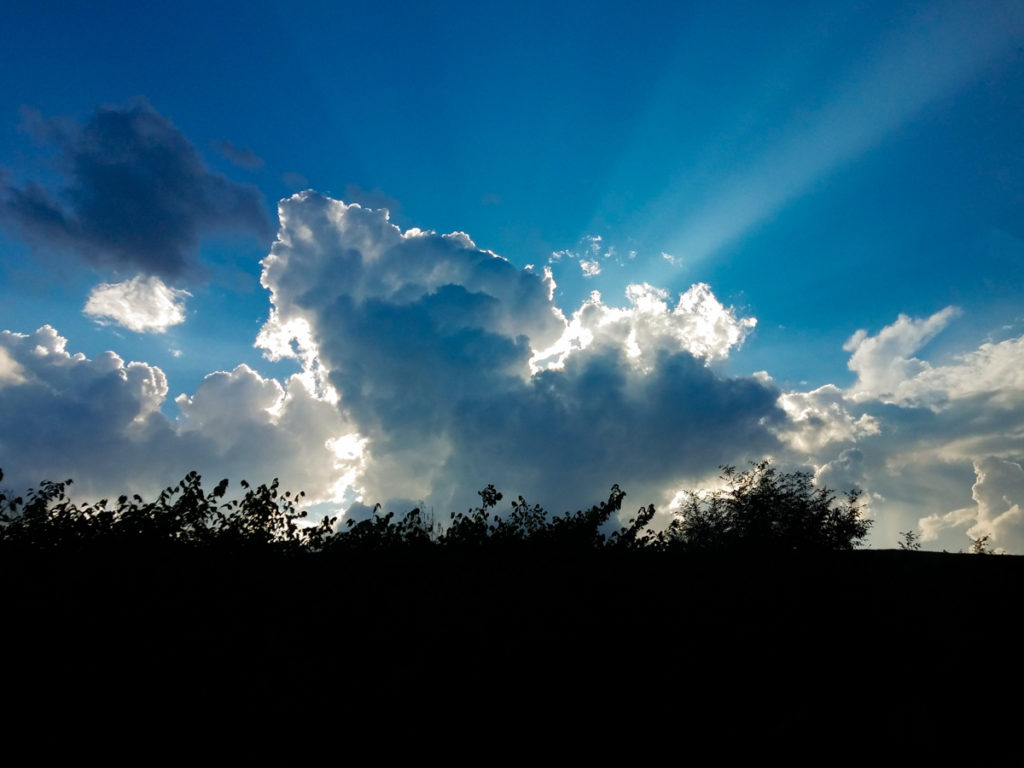
Scenes from Grosseto.
Hi there! I'm Lindley. I create artwork that celebrates the unique beauty of bodies that fall outside conventional "beauty" standards at Body Liberation Photography. I'm also the creator of Body Liberation Stock and the Body Love Shop, a curated central resource for body-friendly artwork and products. Find all my work here at bodyliberationphotos.com.
- Lindley Ashlinehttps://bodyliberationphotos.com/author/lindleyashline_d87zozhi/
- Lindley Ashlinehttps://bodyliberationphotos.com/author/lindleyashline_d87zozhi/
- Lindley Ashlinehttps://bodyliberationphotos.com/author/lindleyashline_d87zozhi/
- Lindley Ashlinehttps://bodyliberationphotos.com/author/lindleyashline_d87zozhi/

